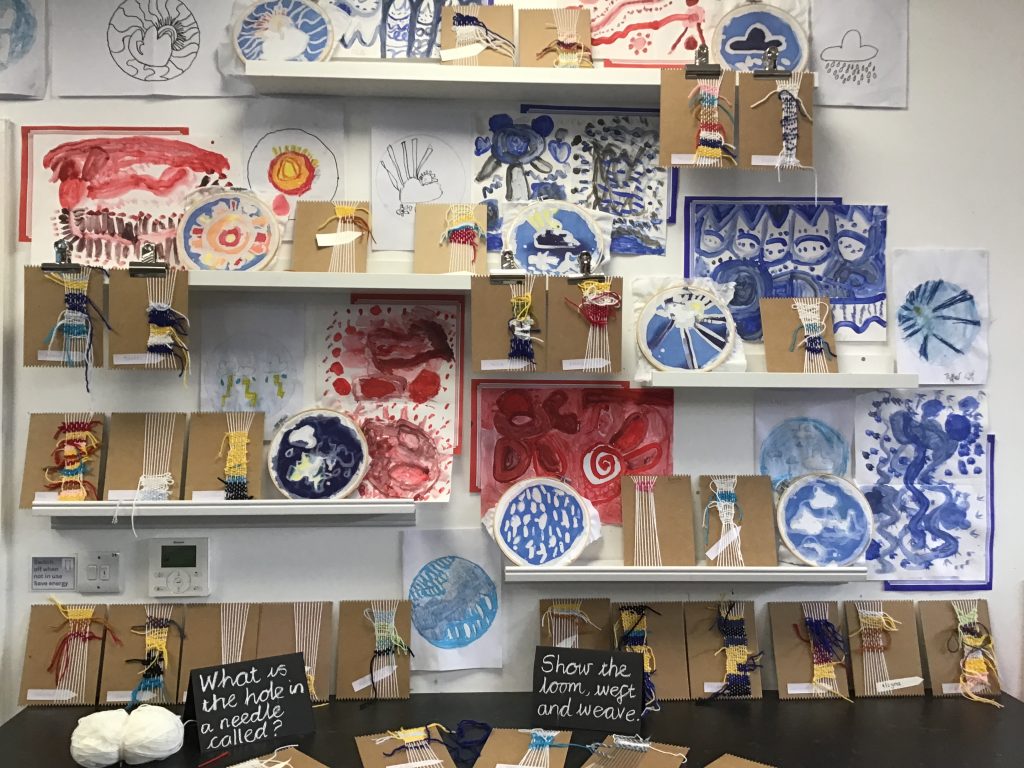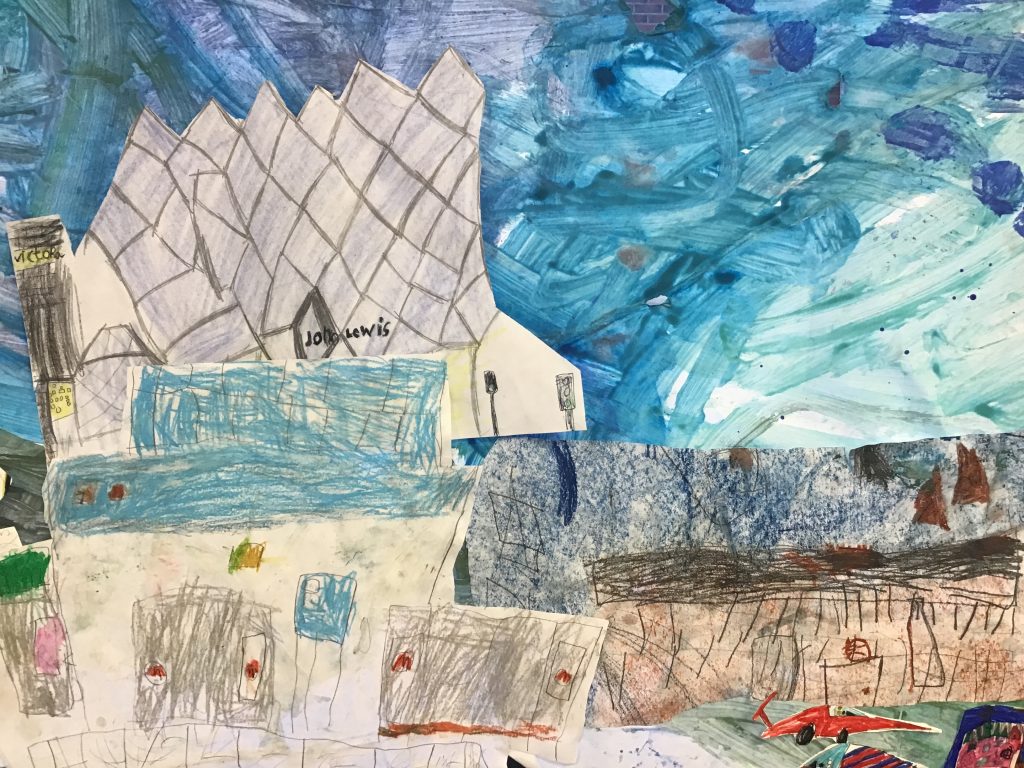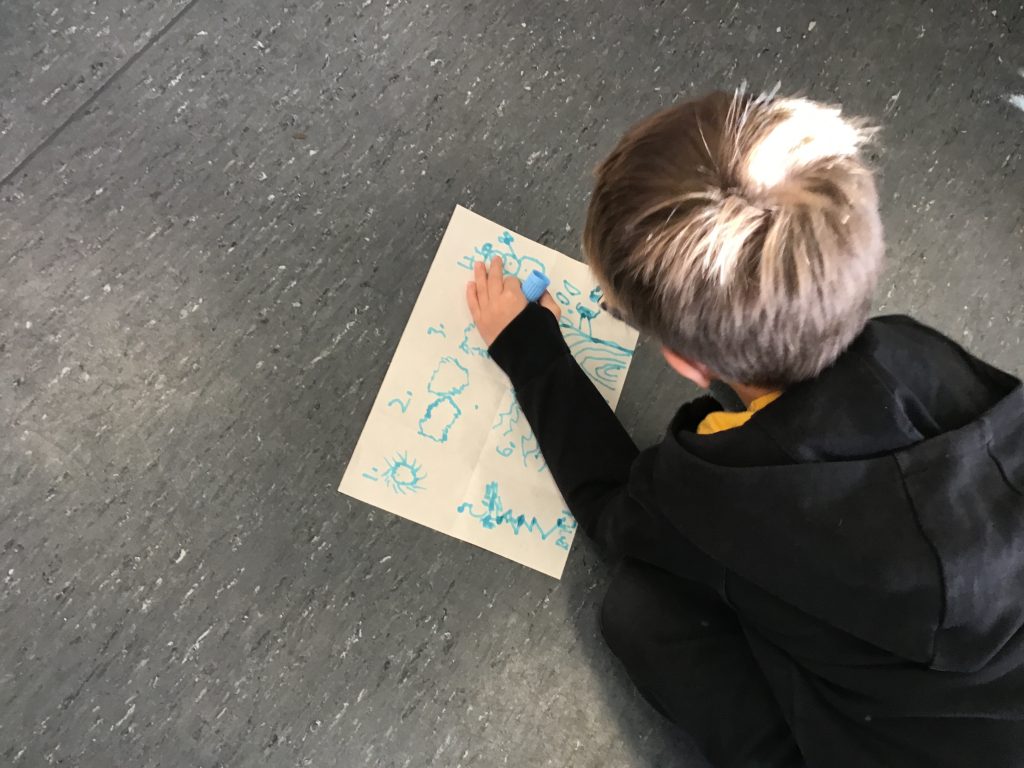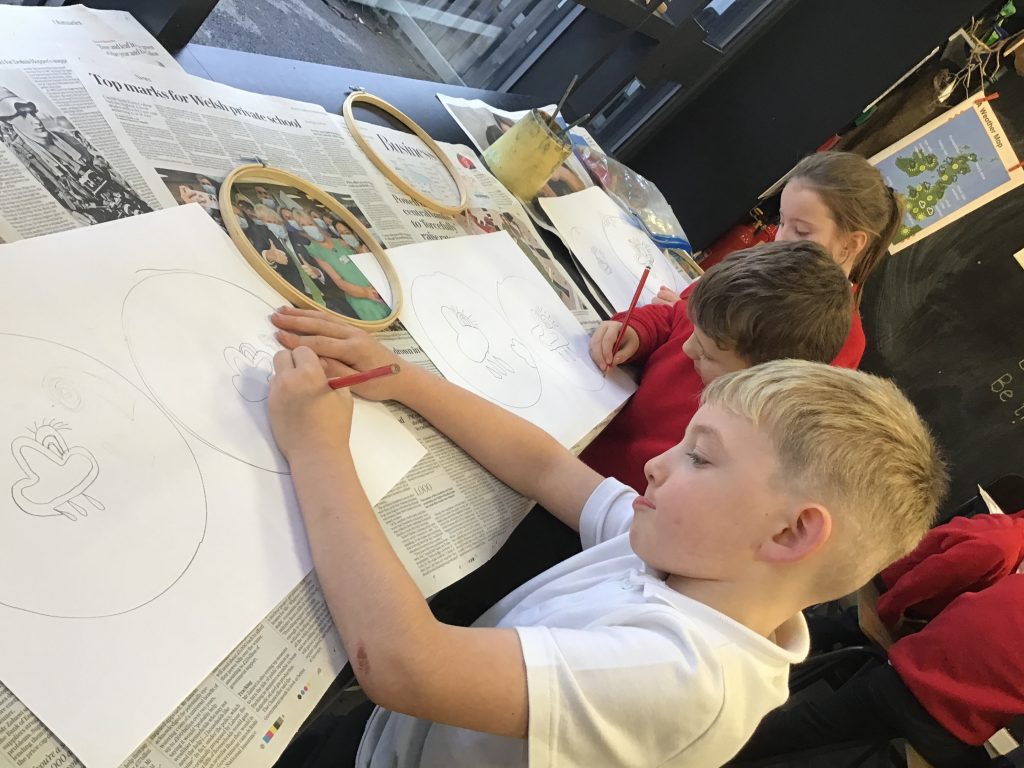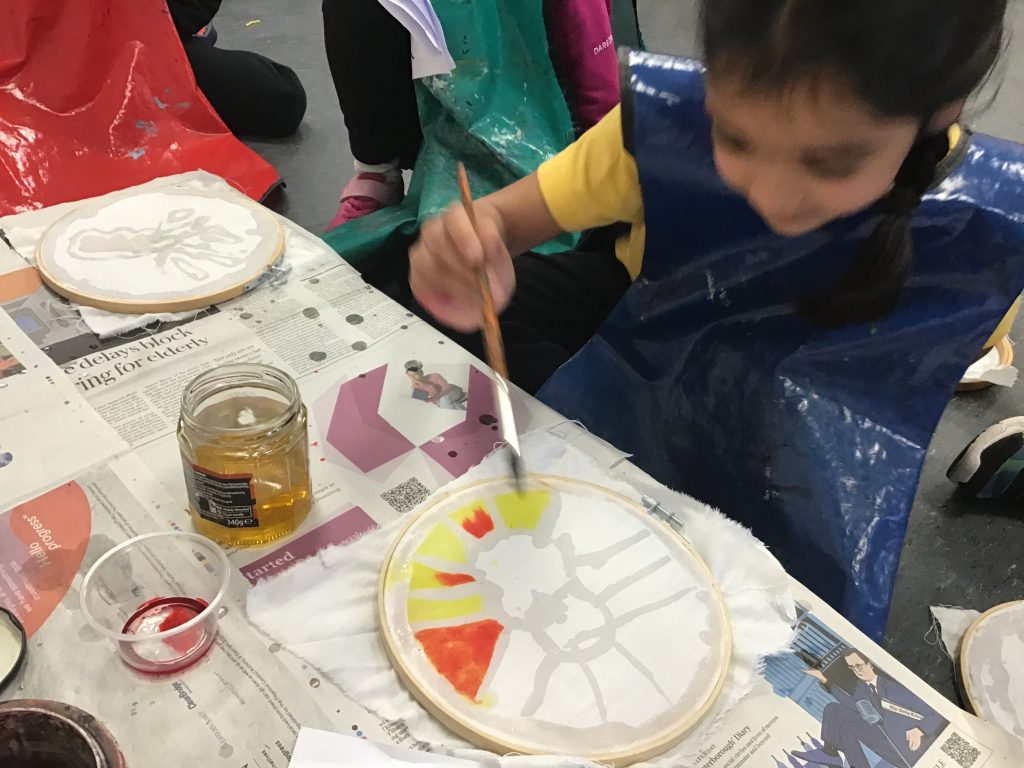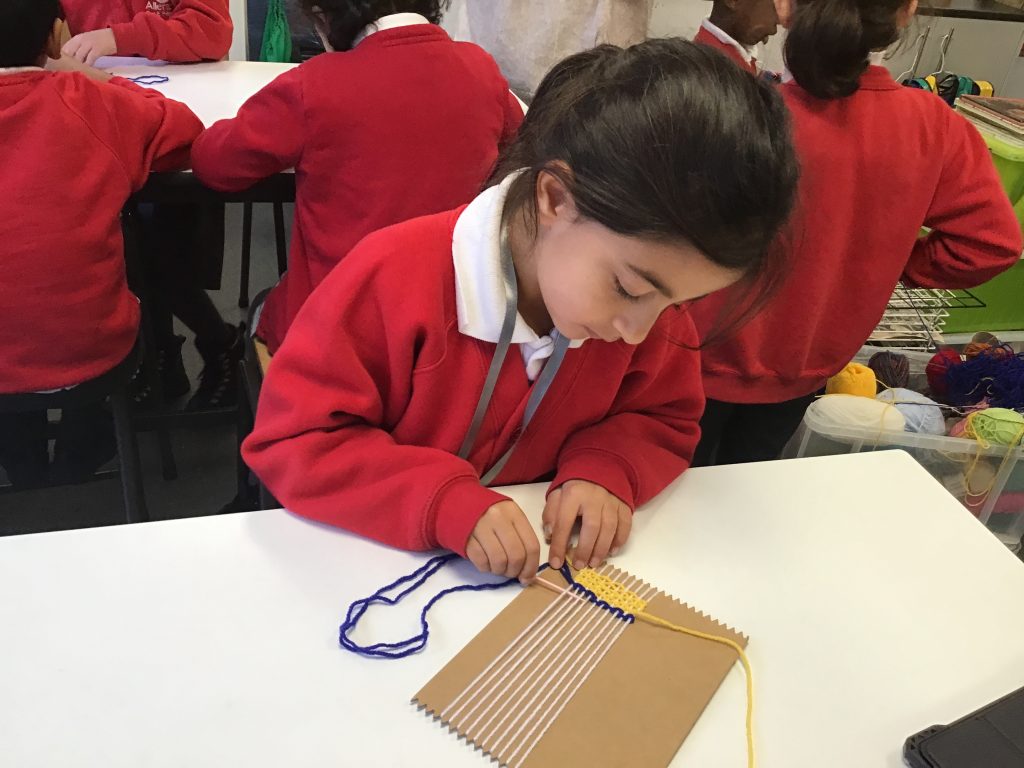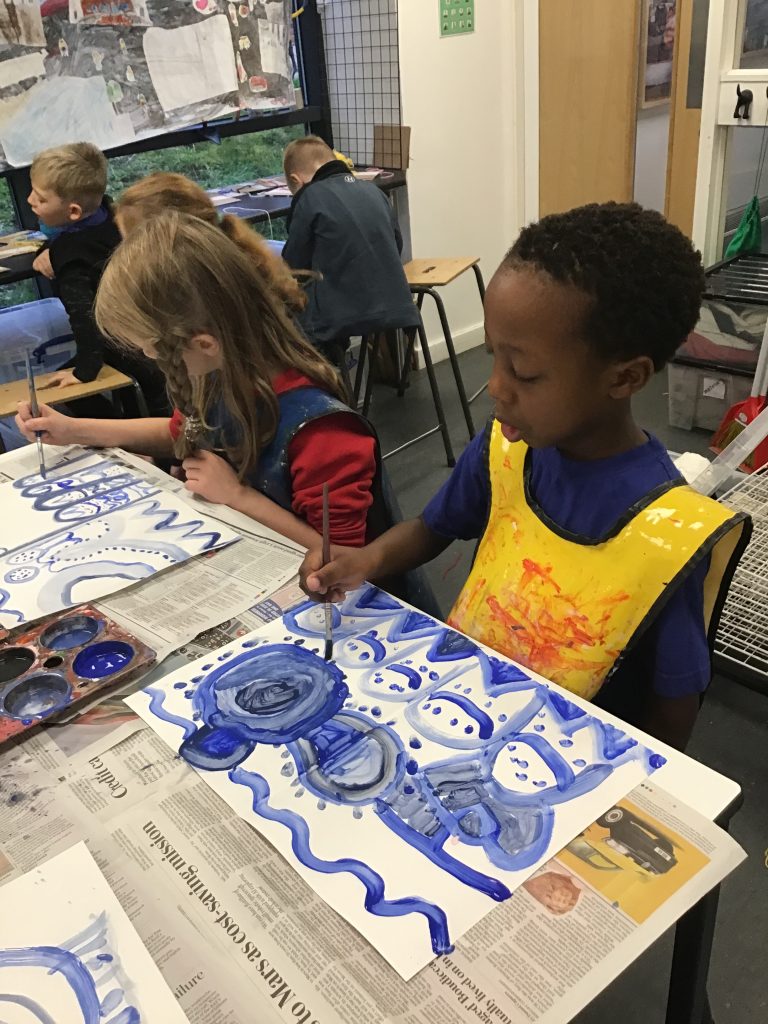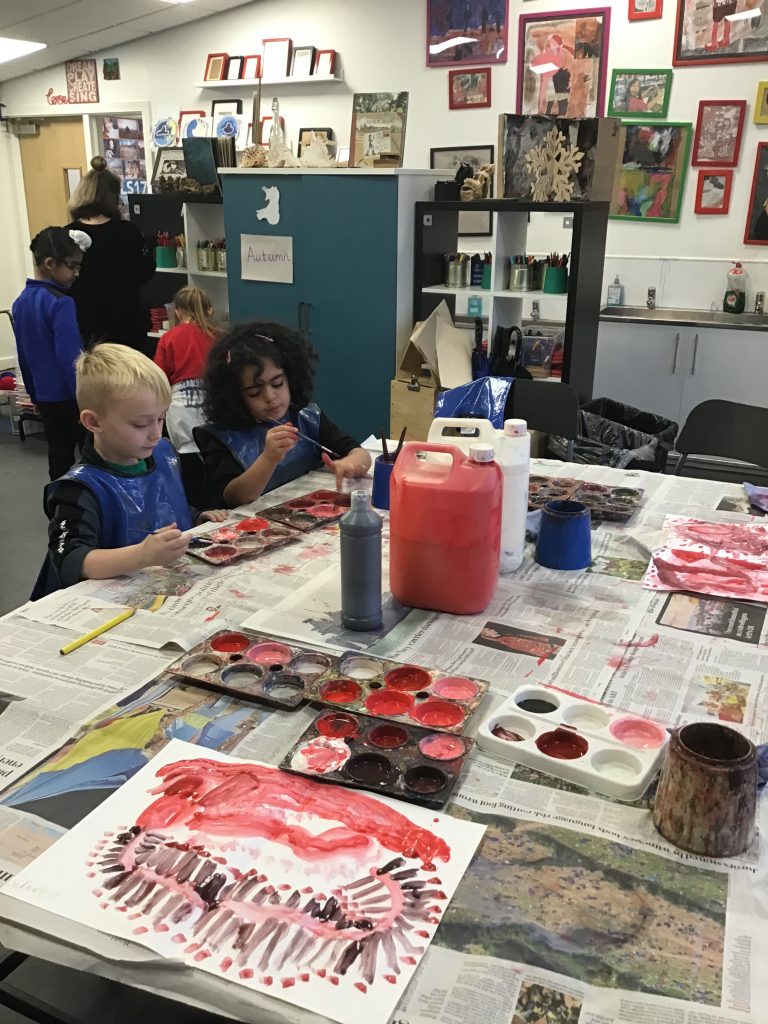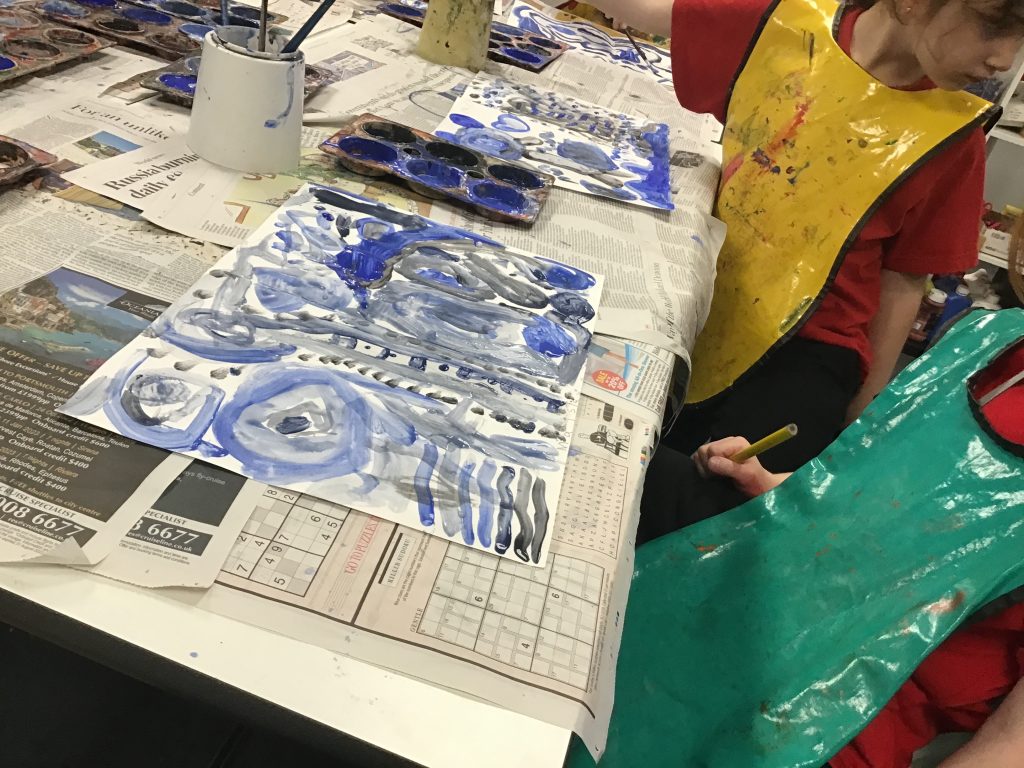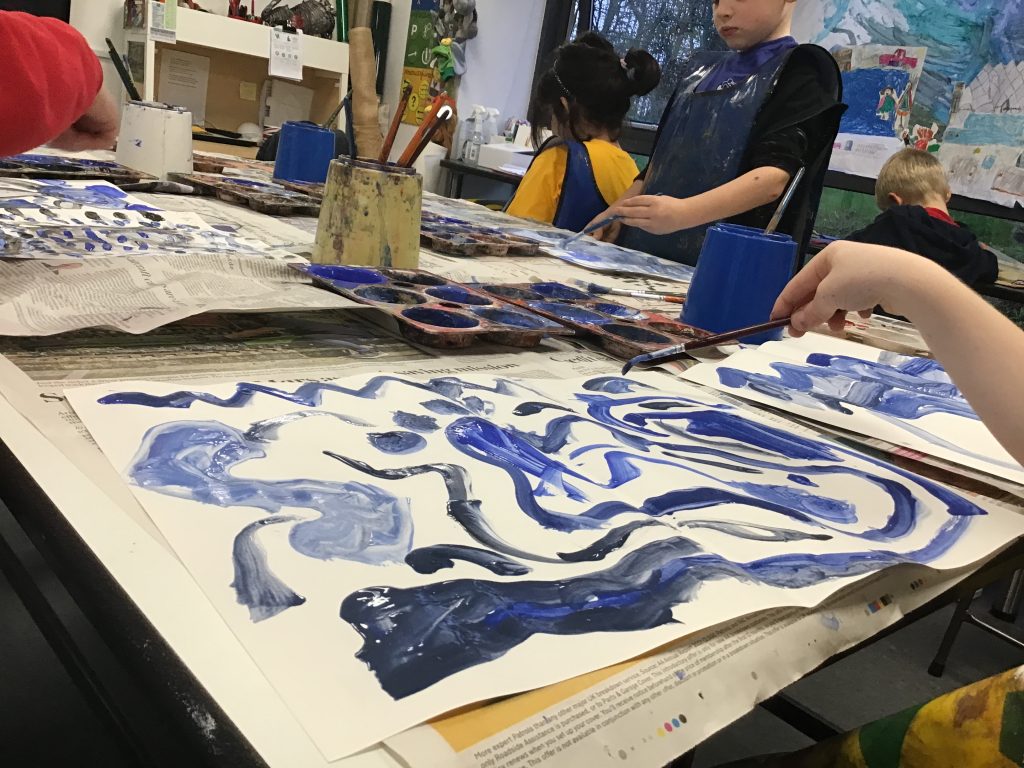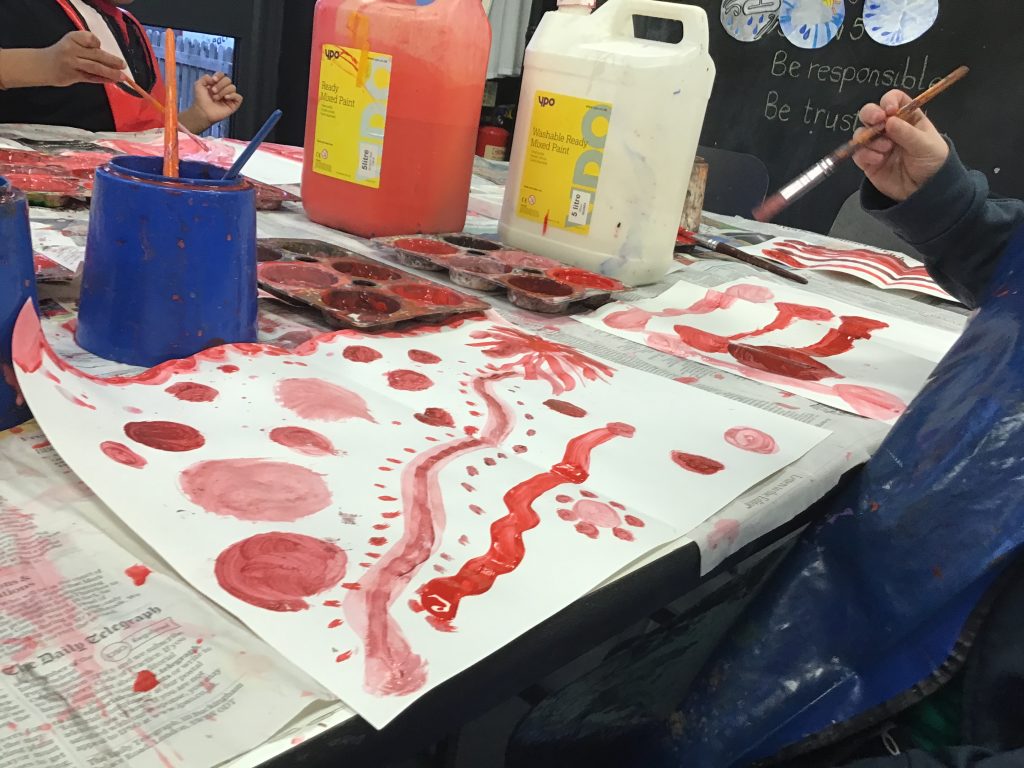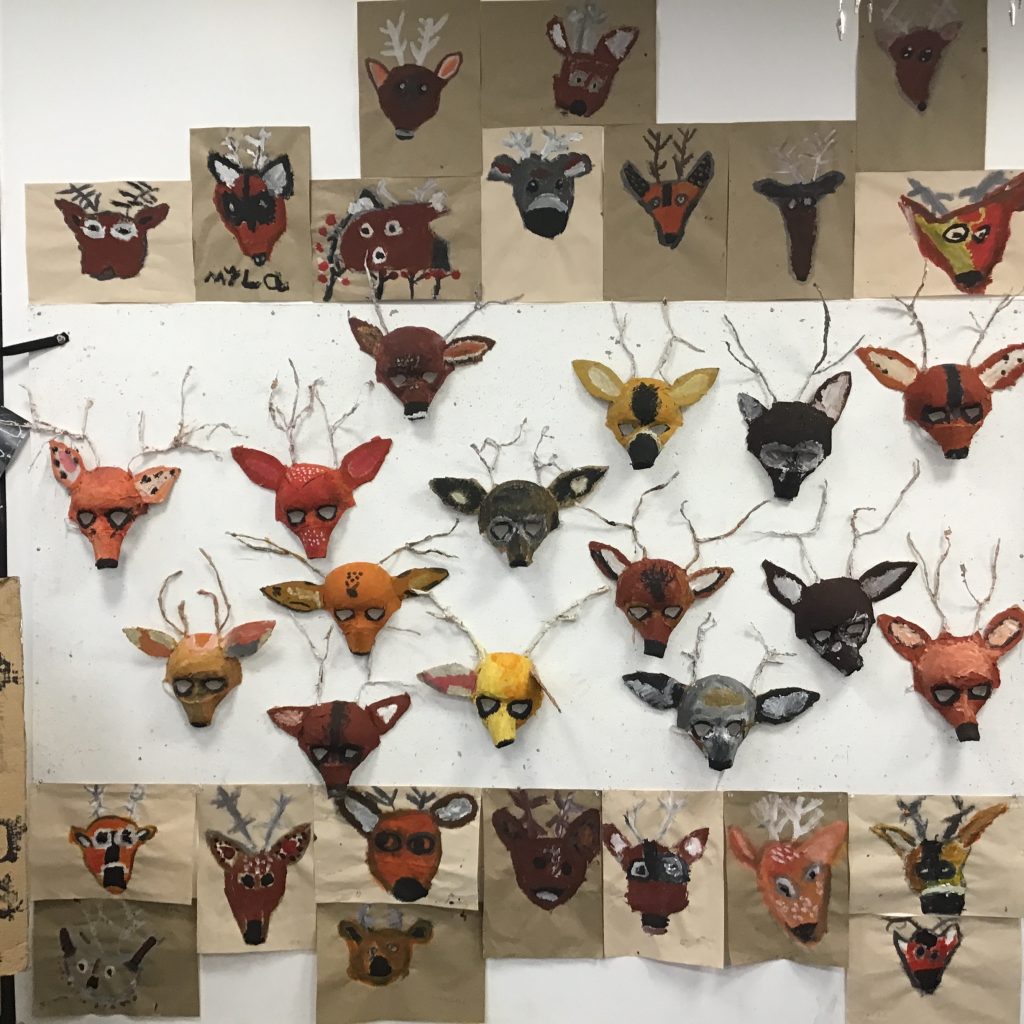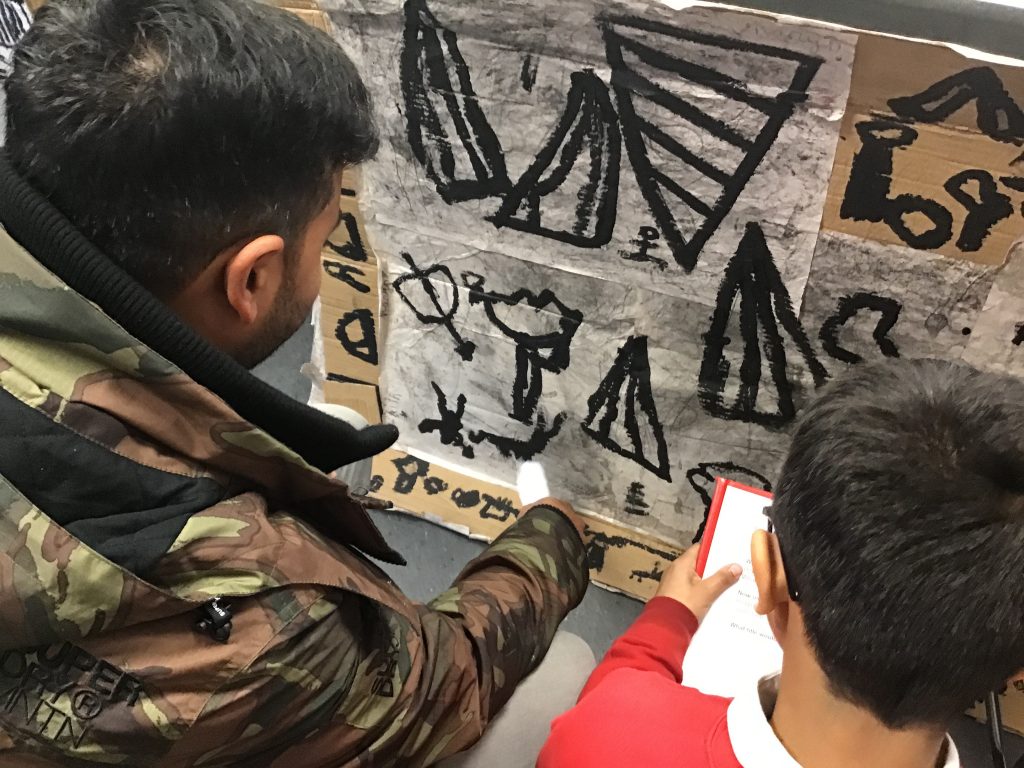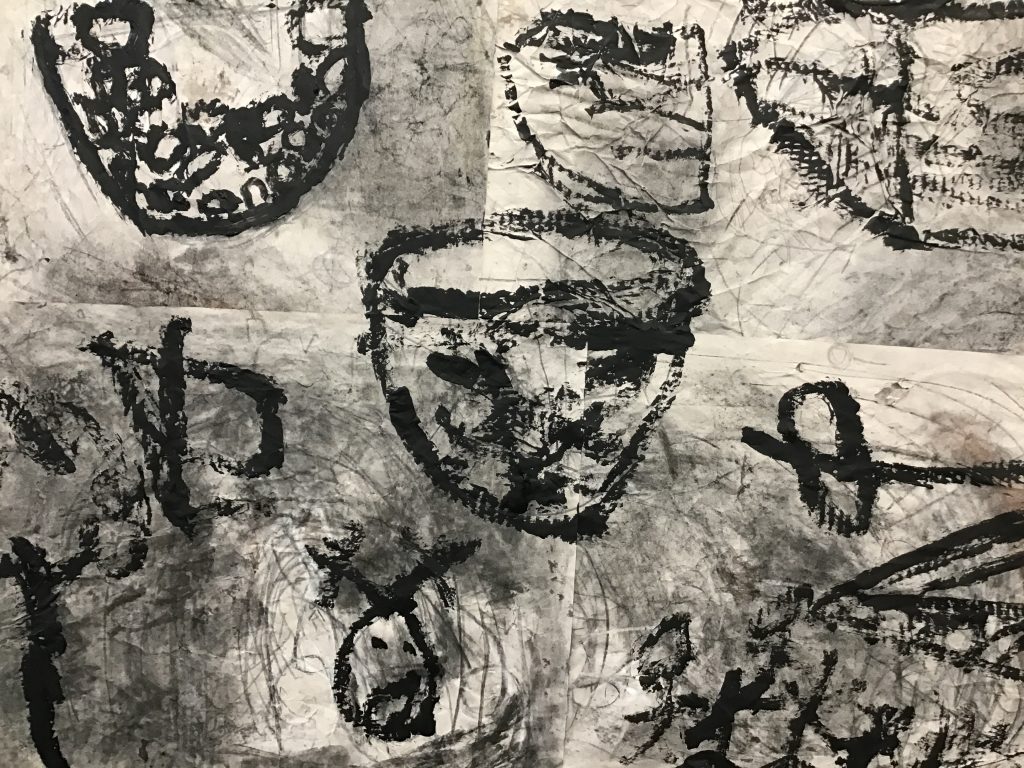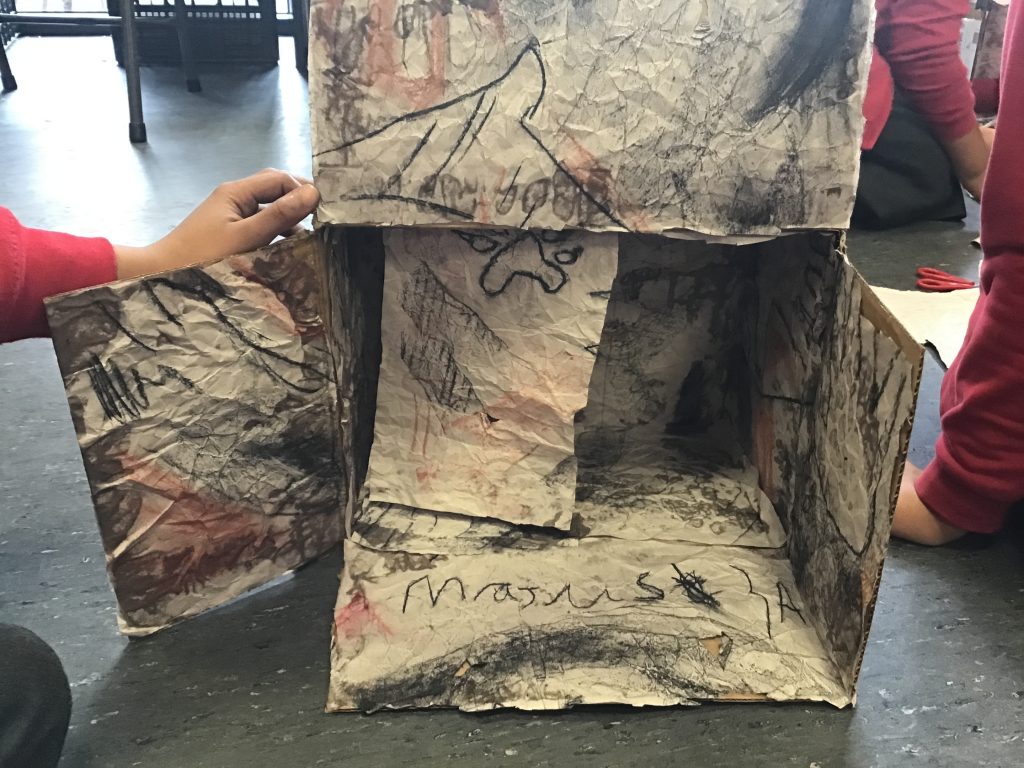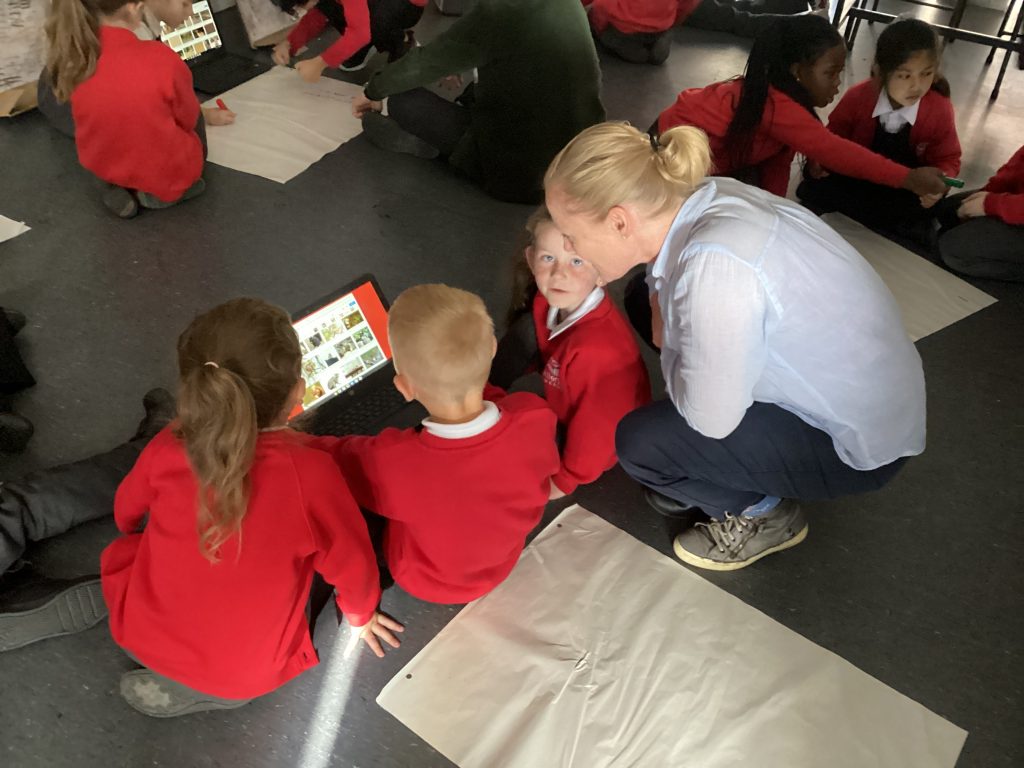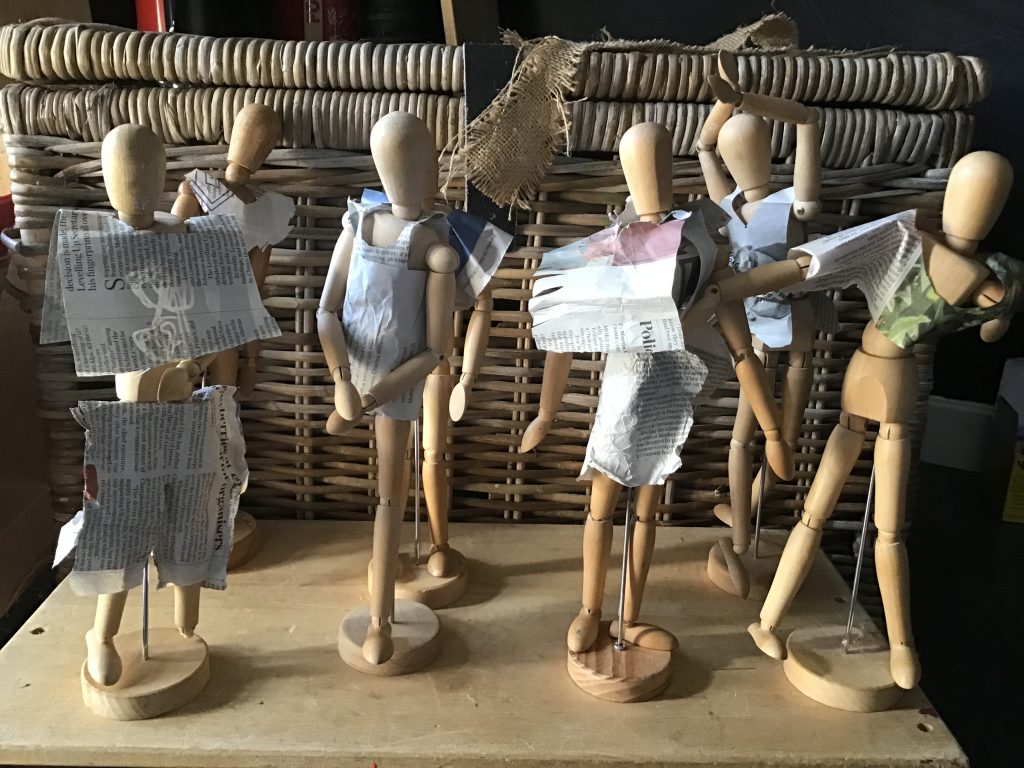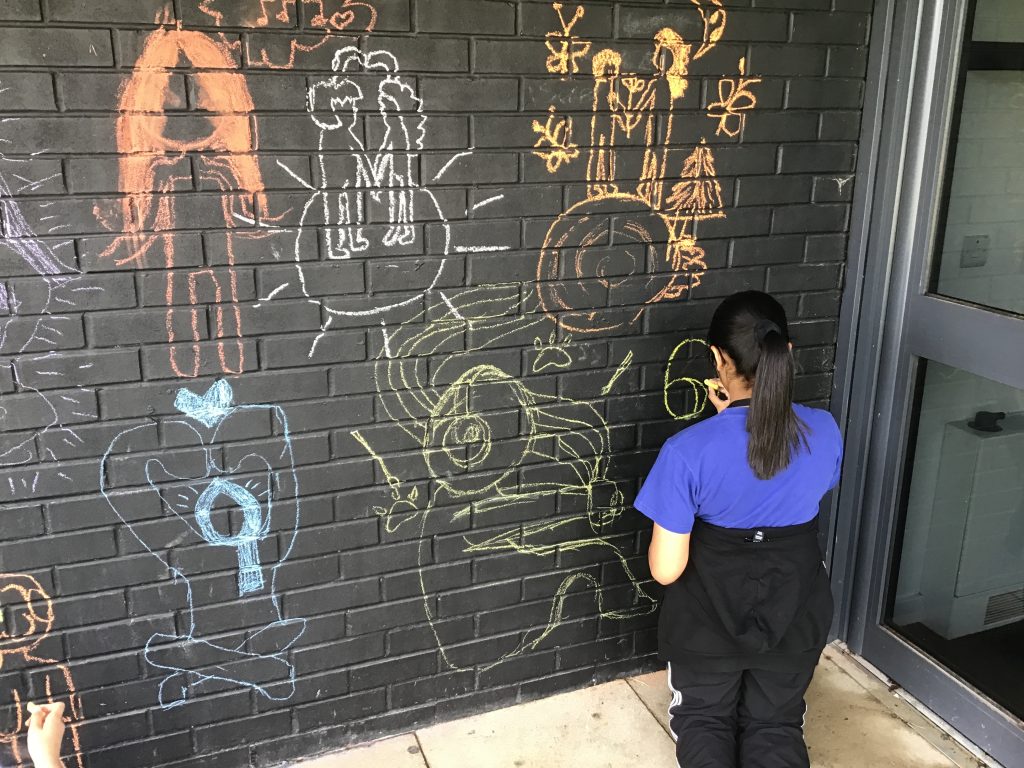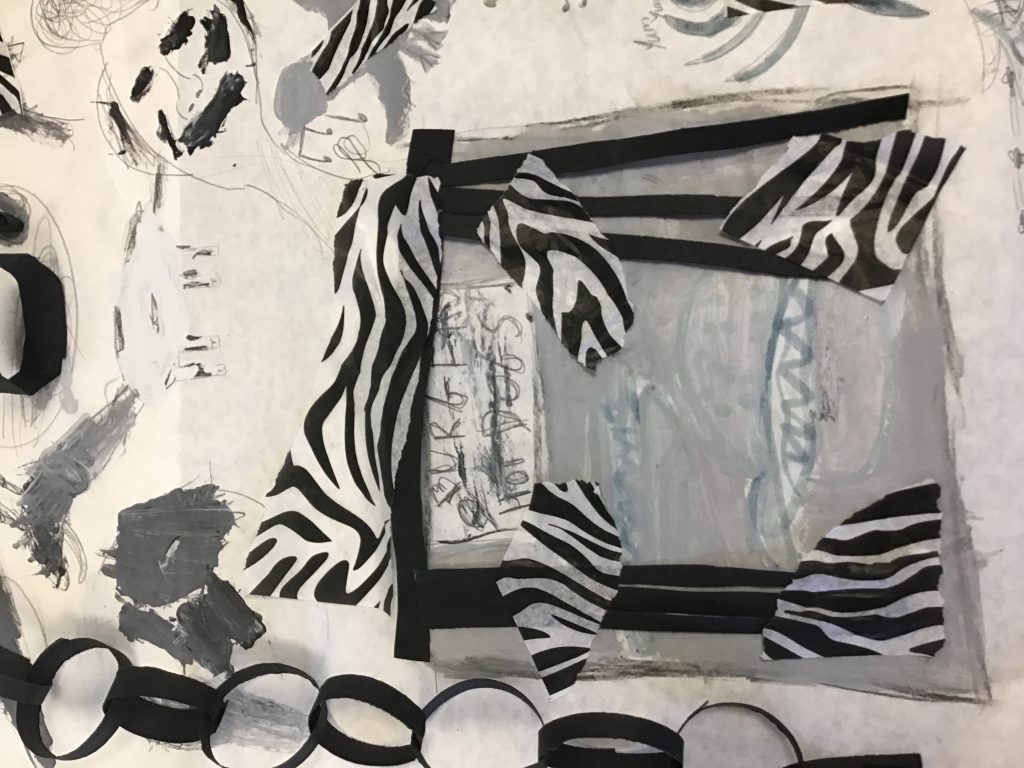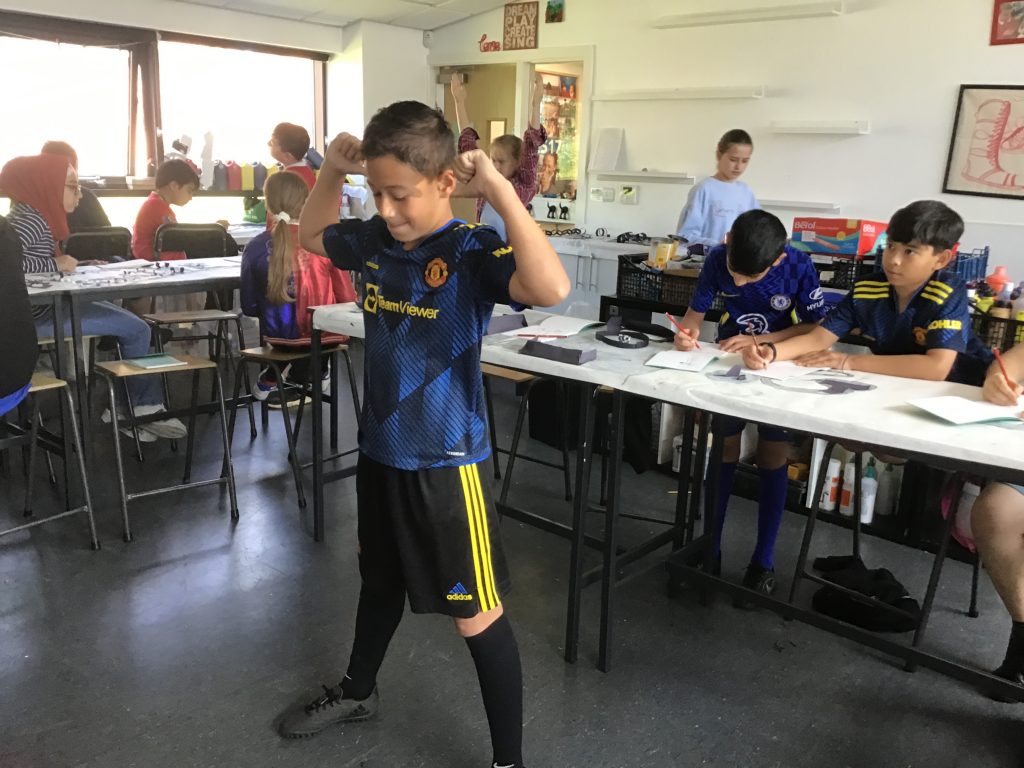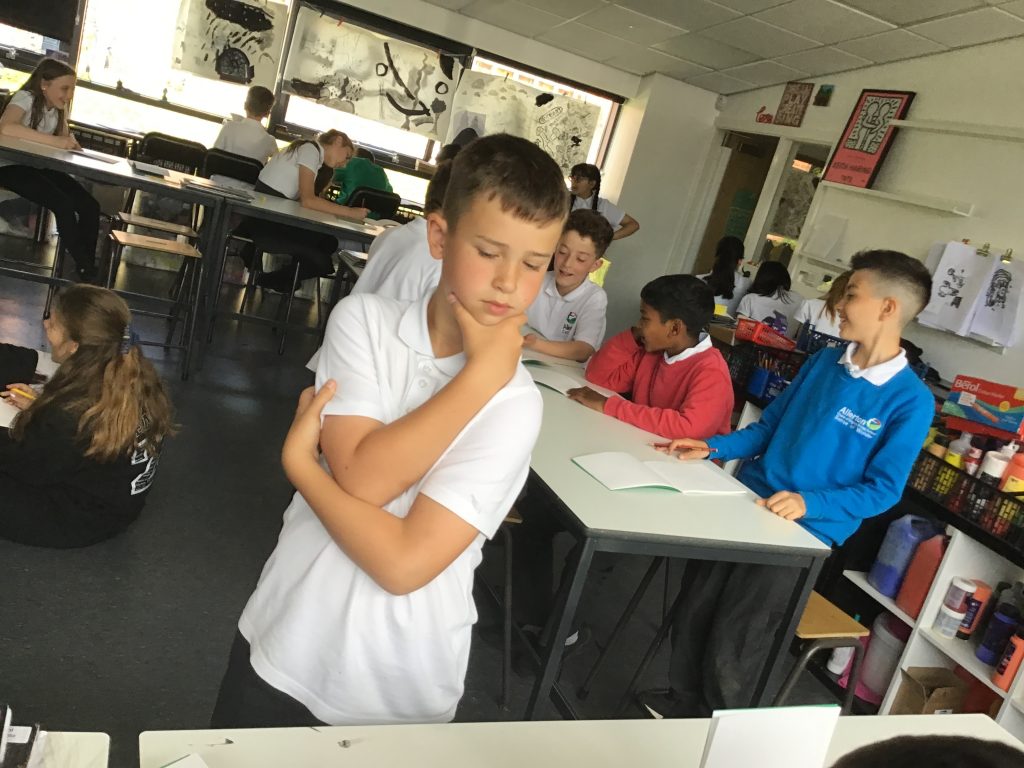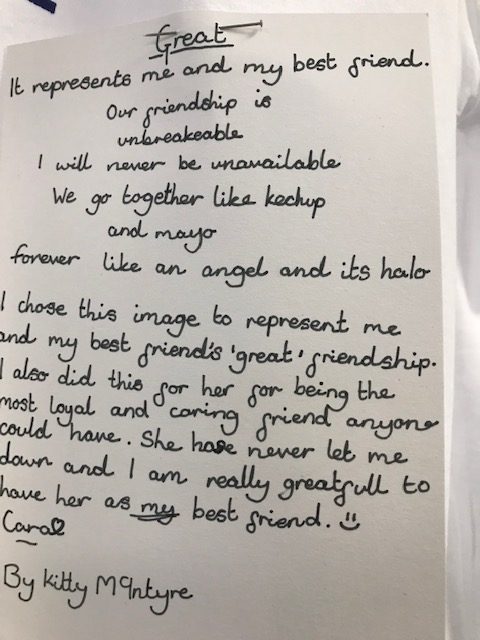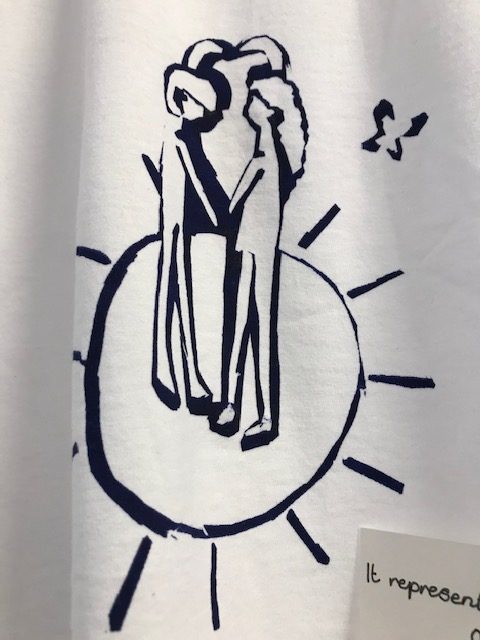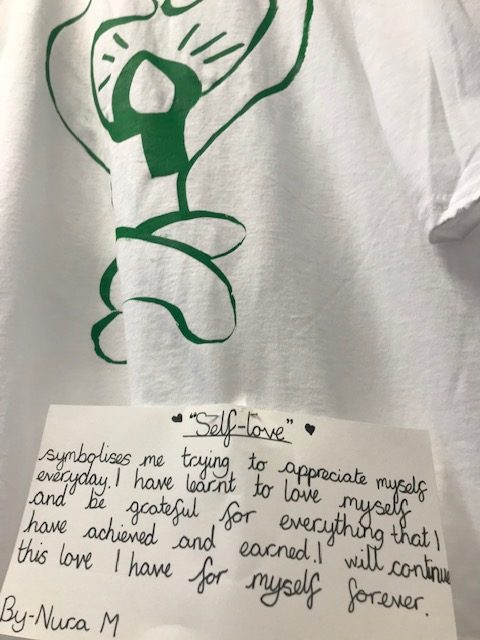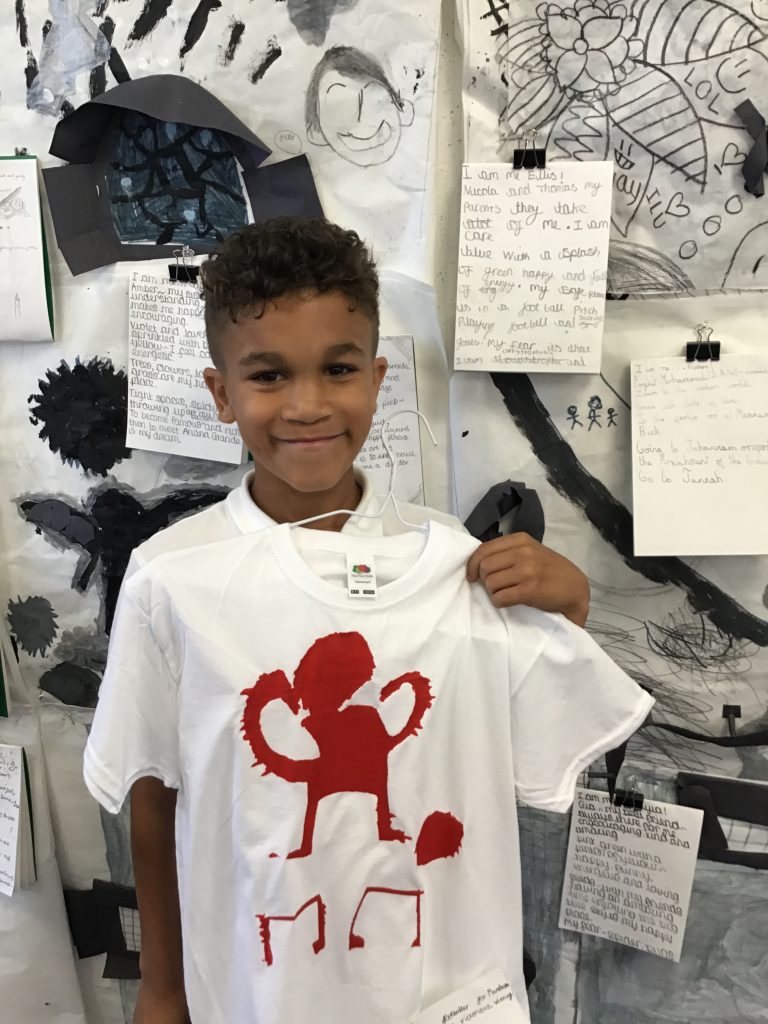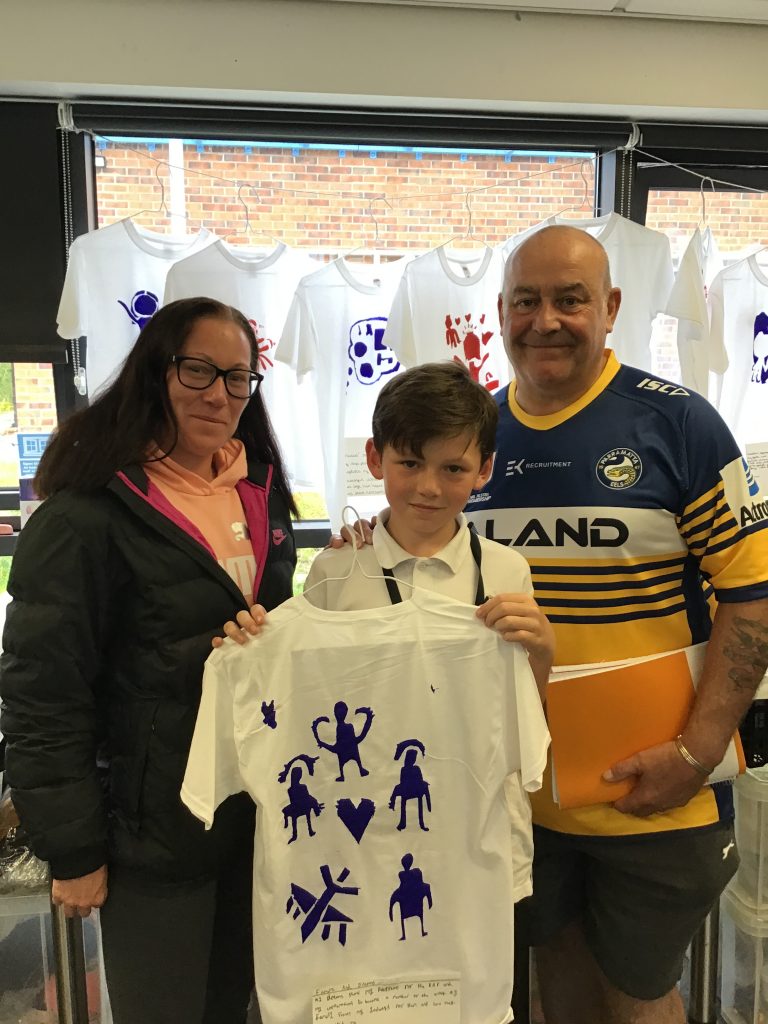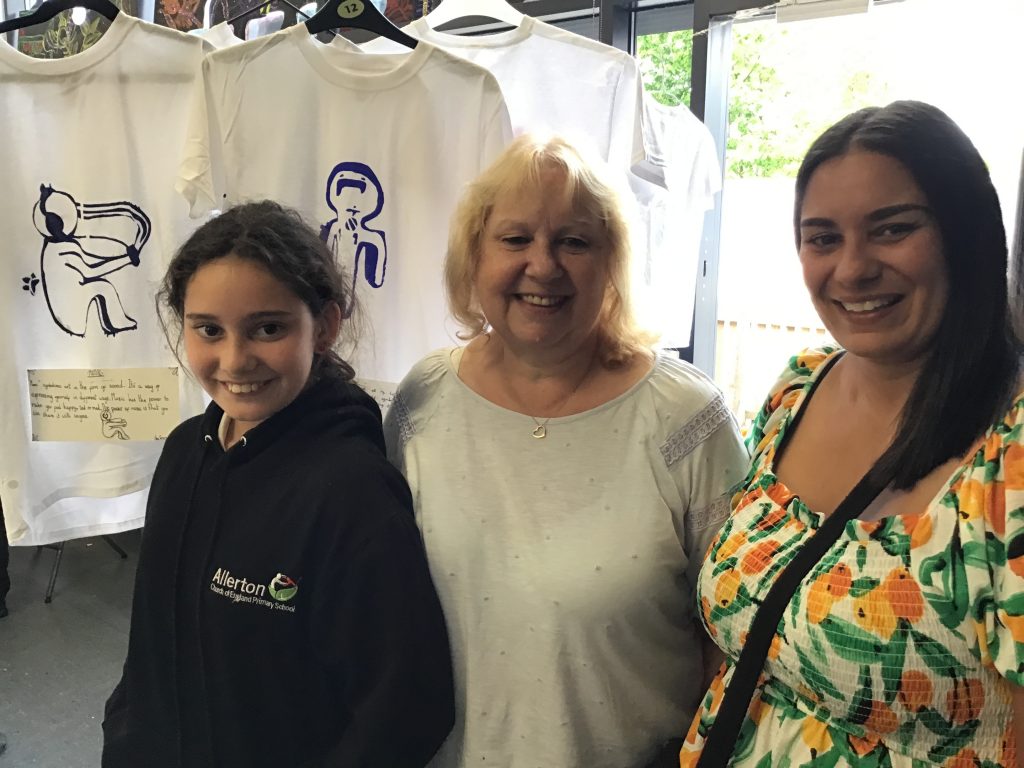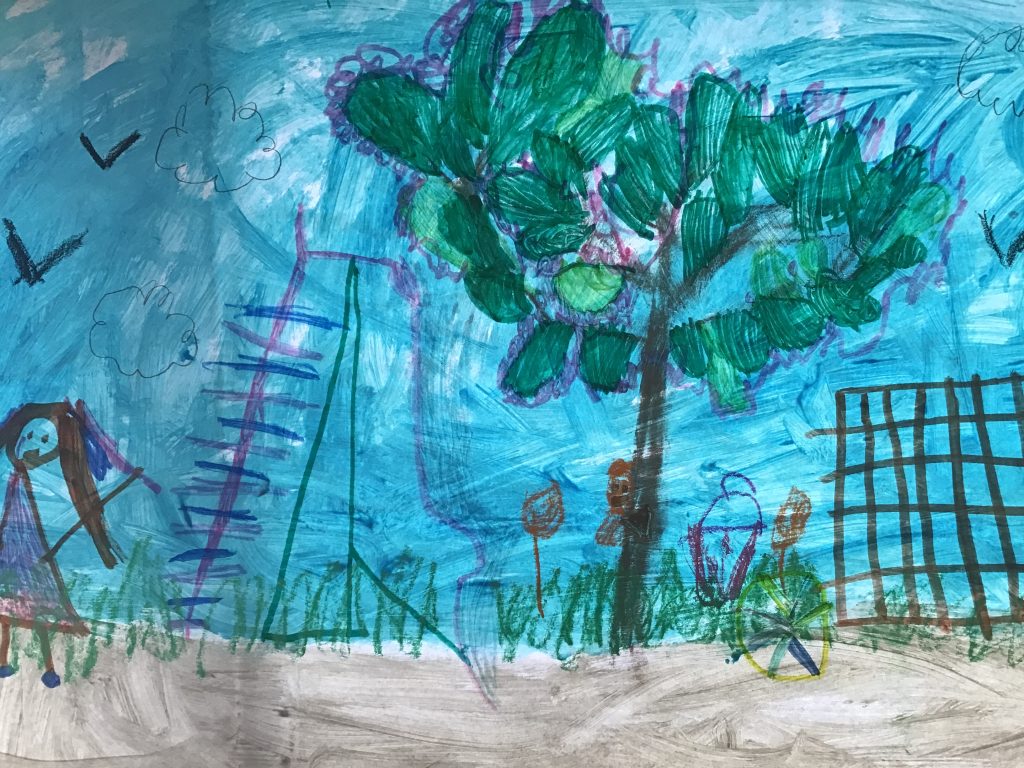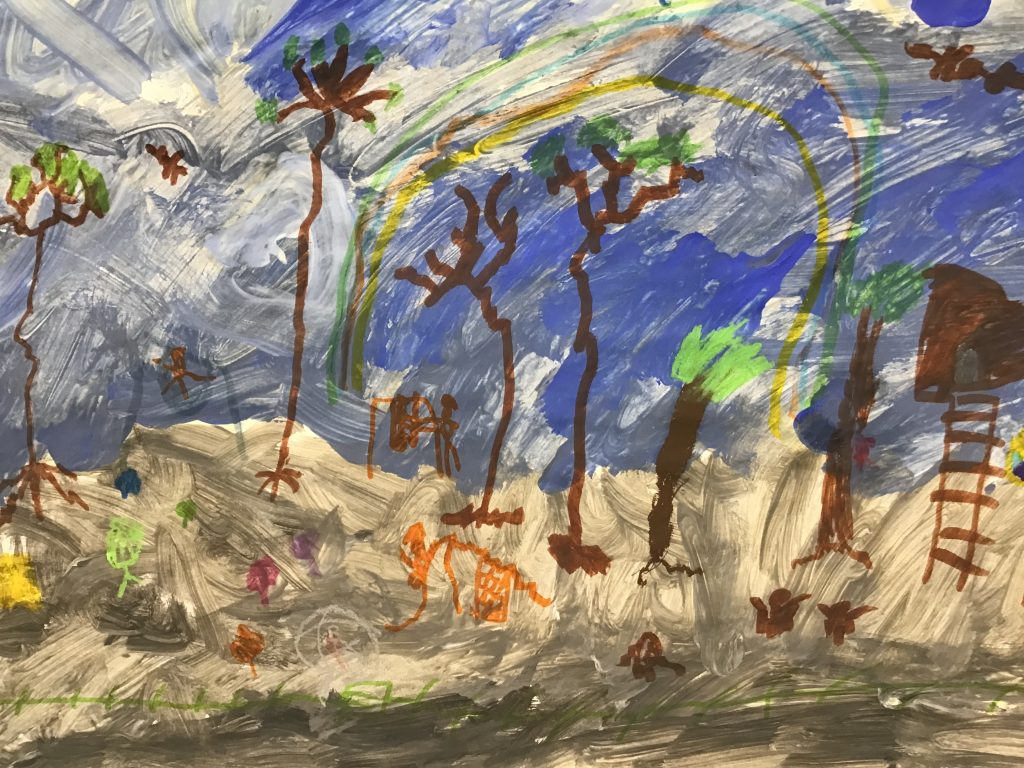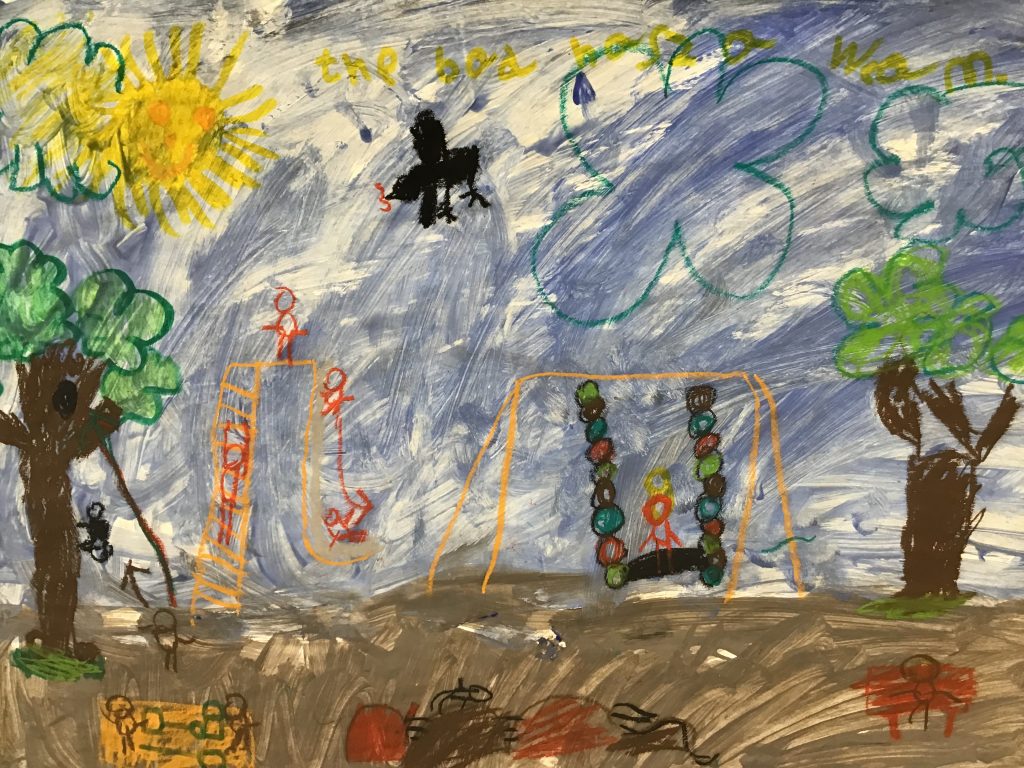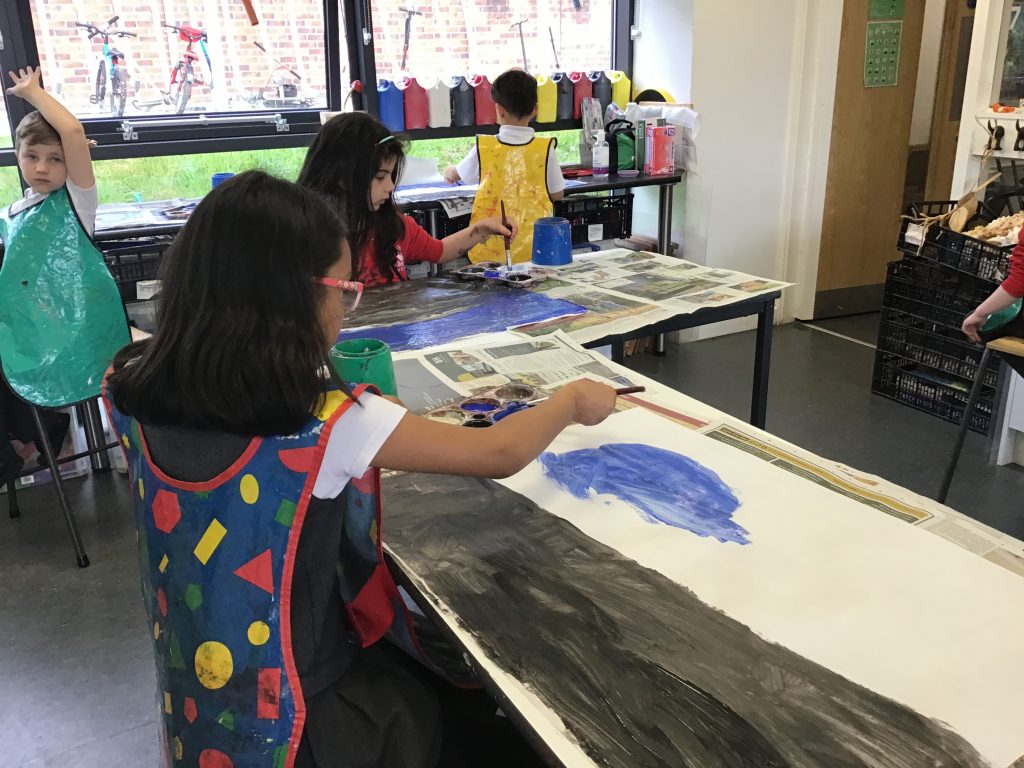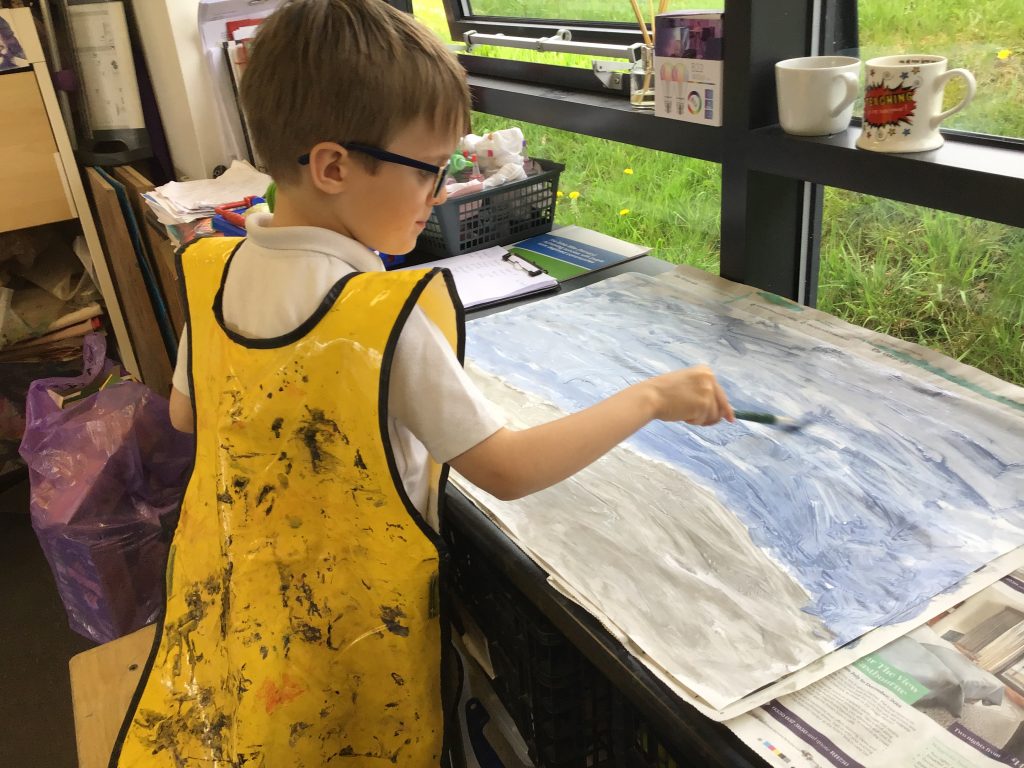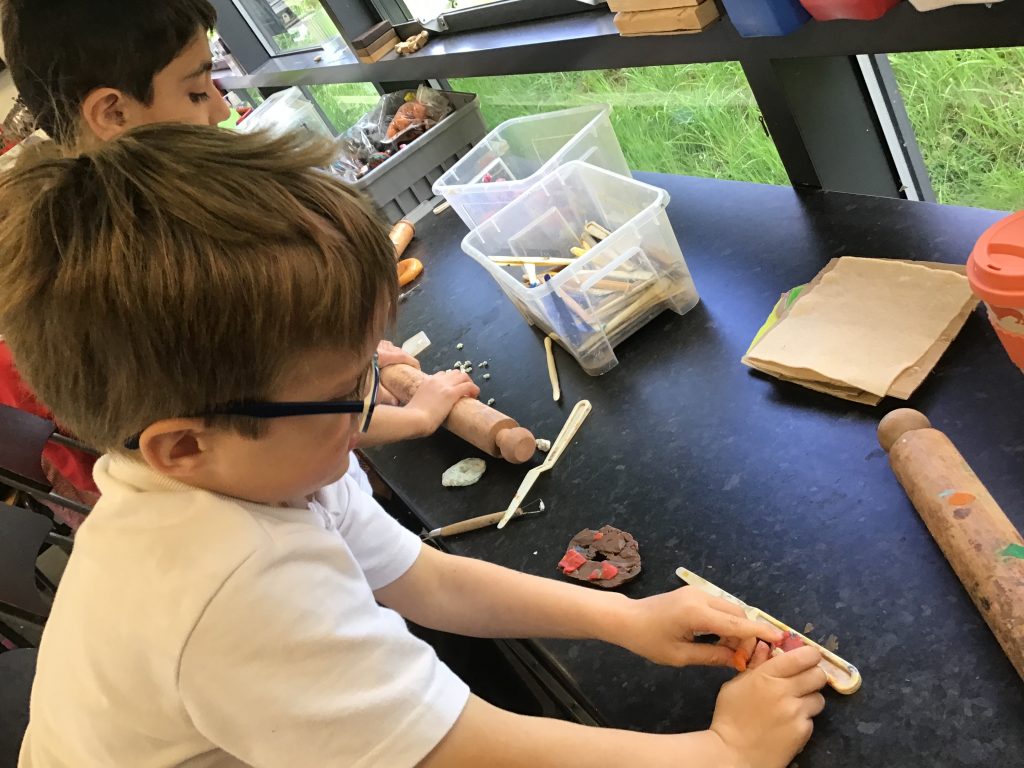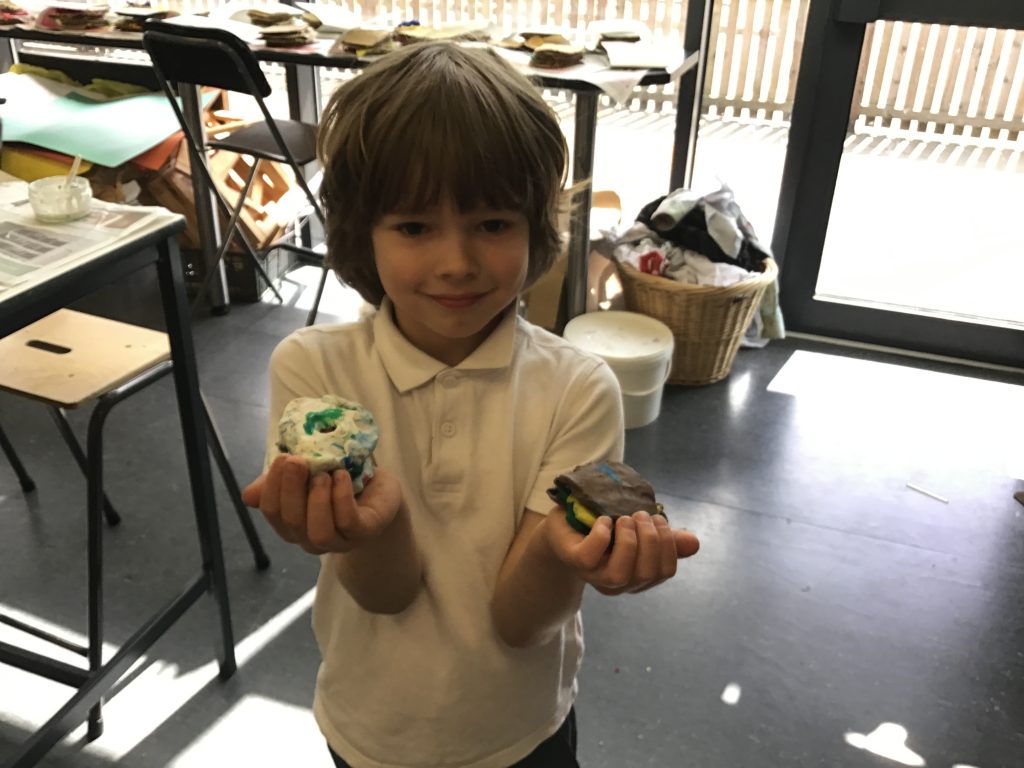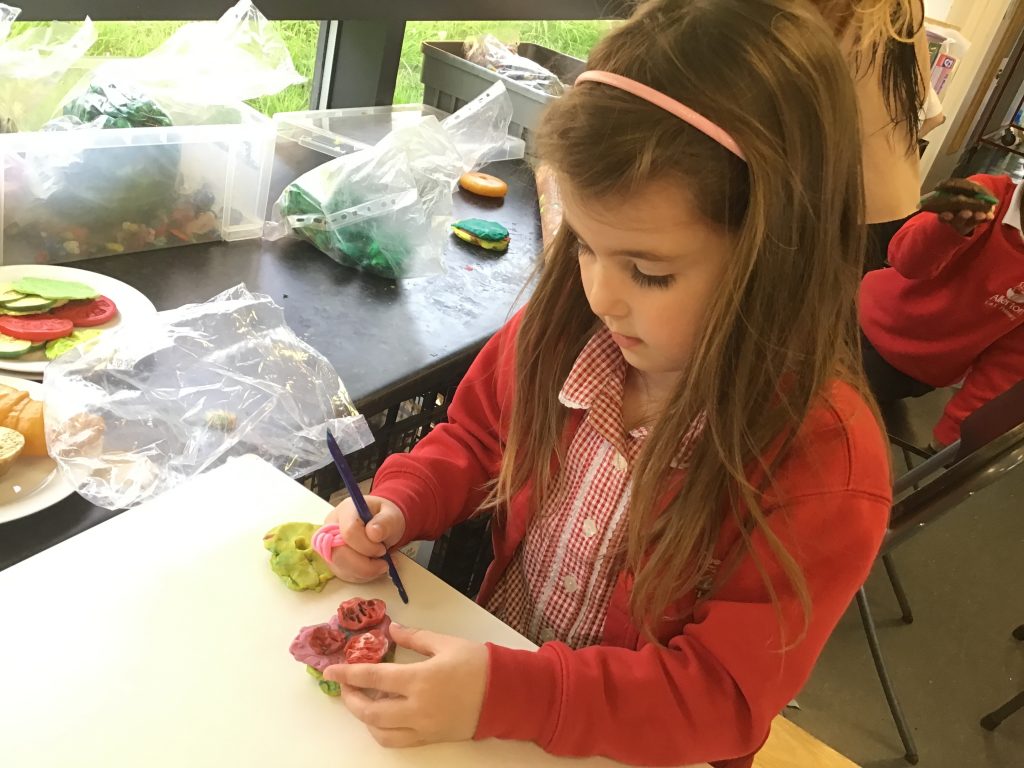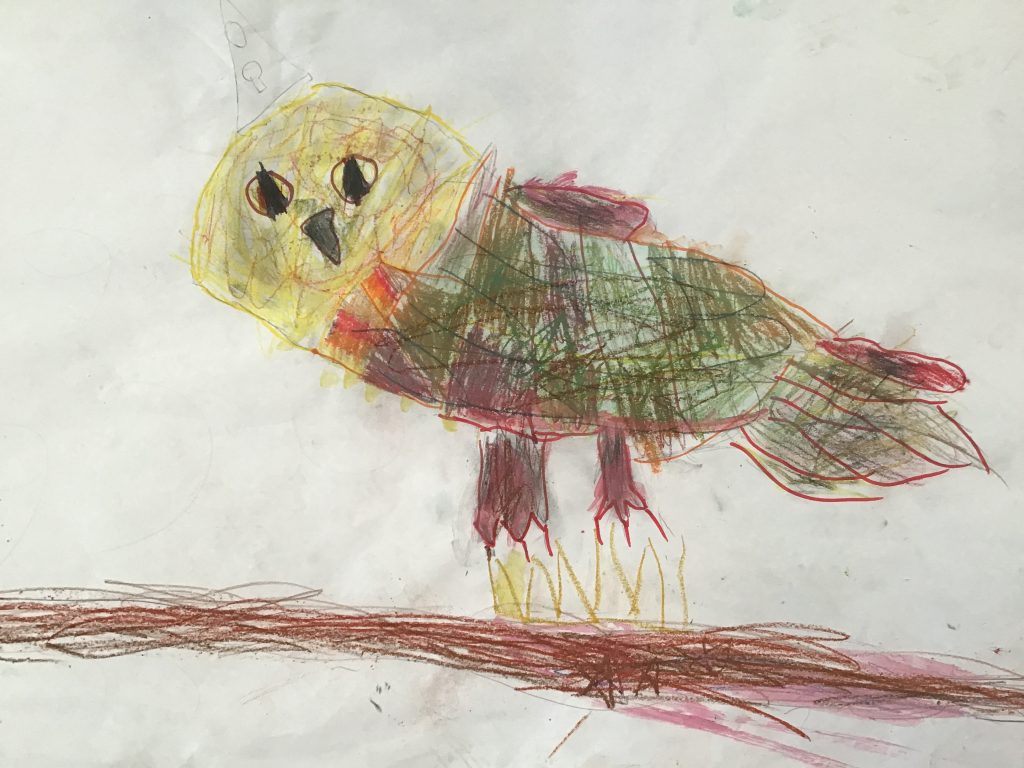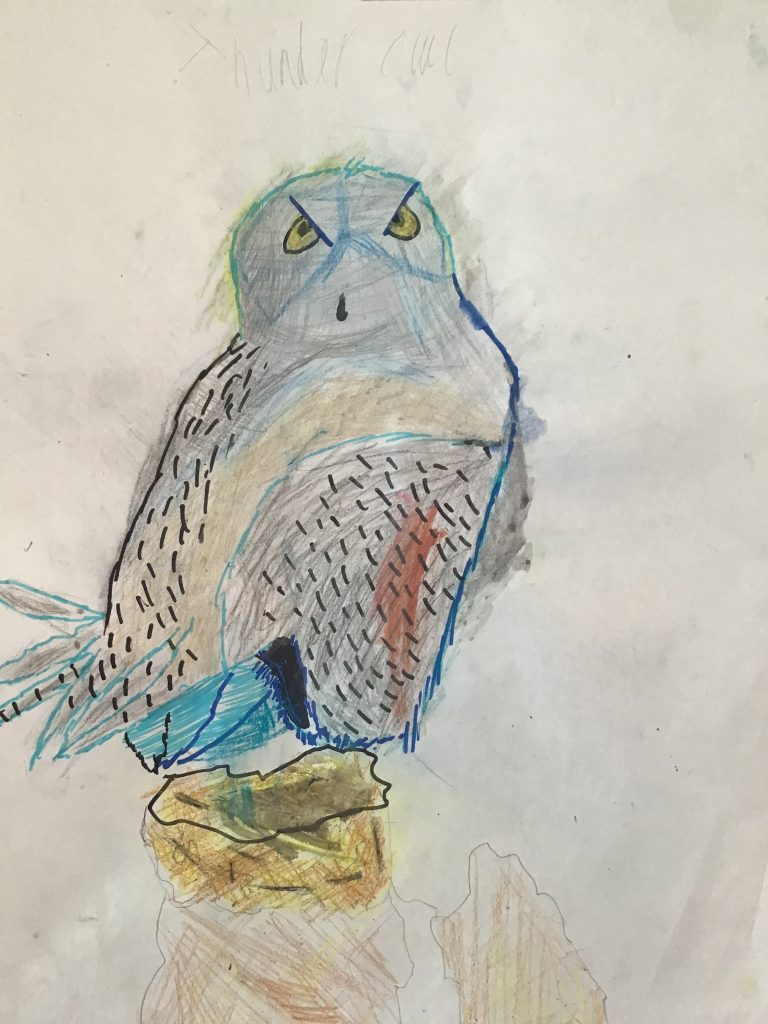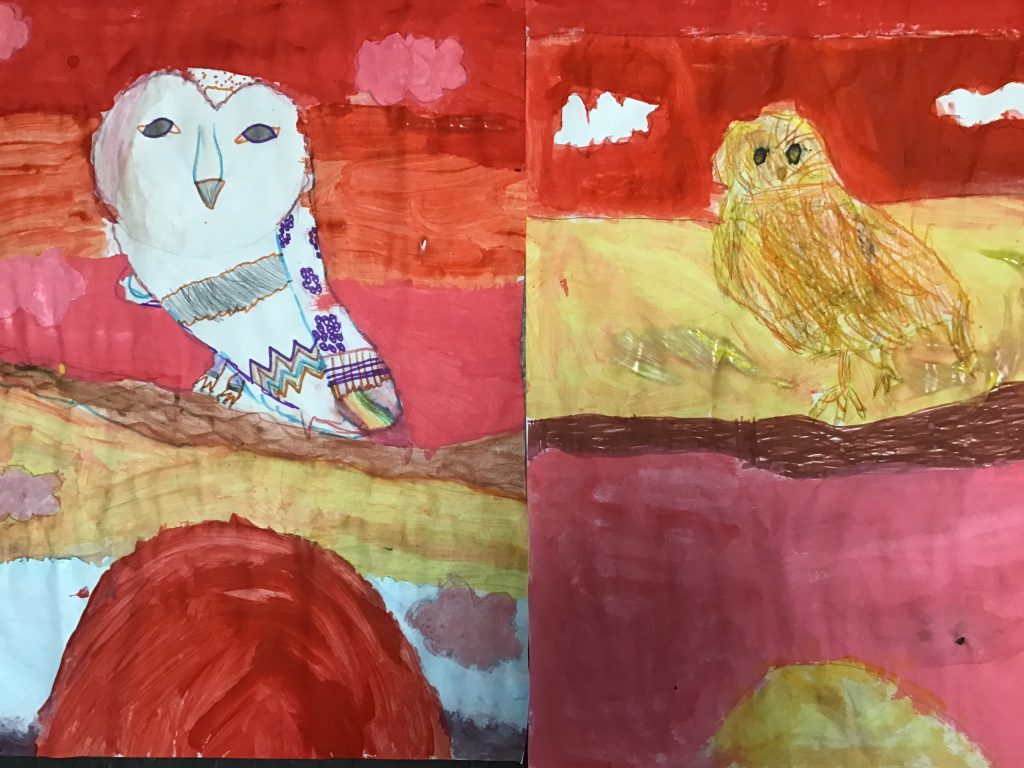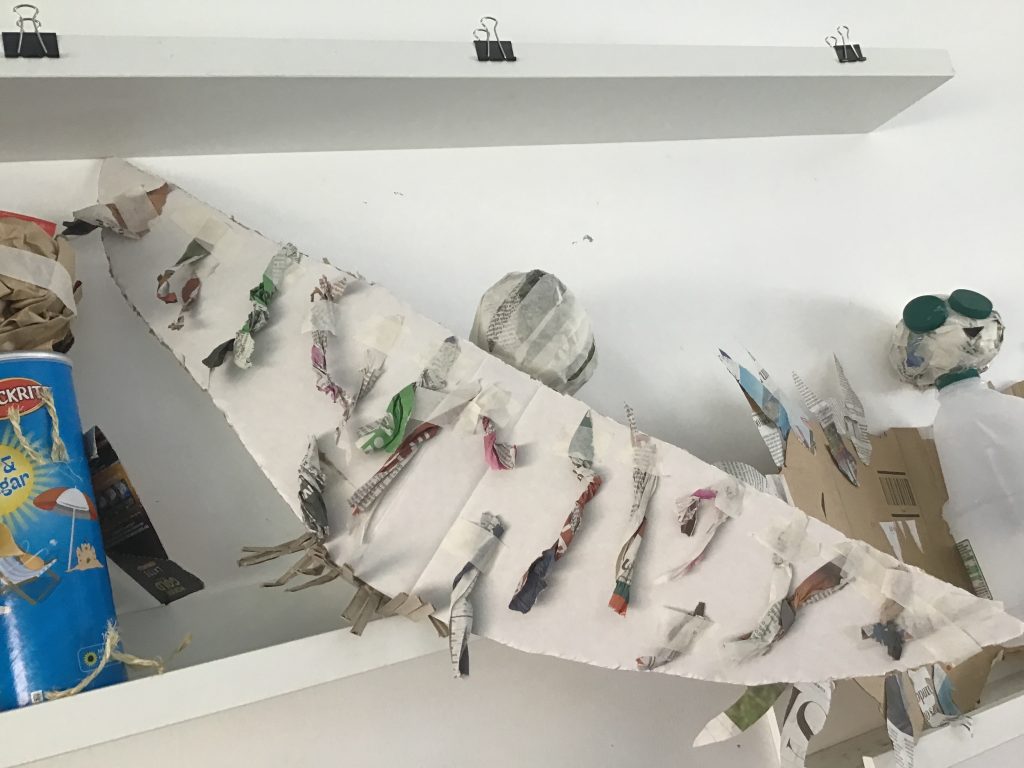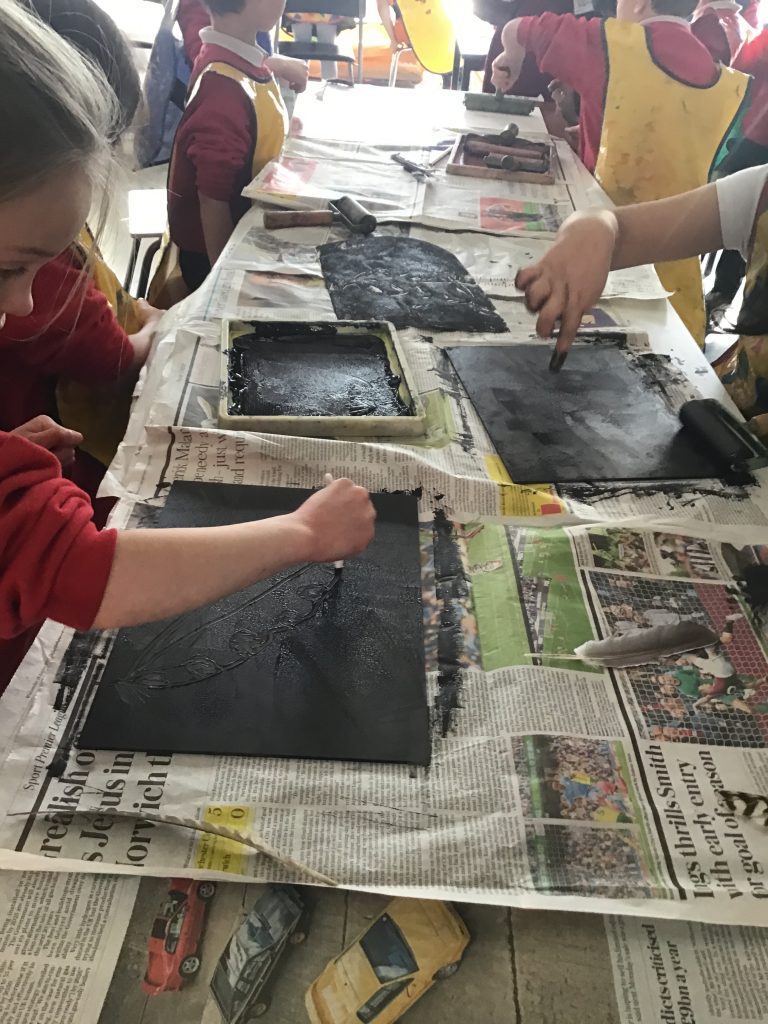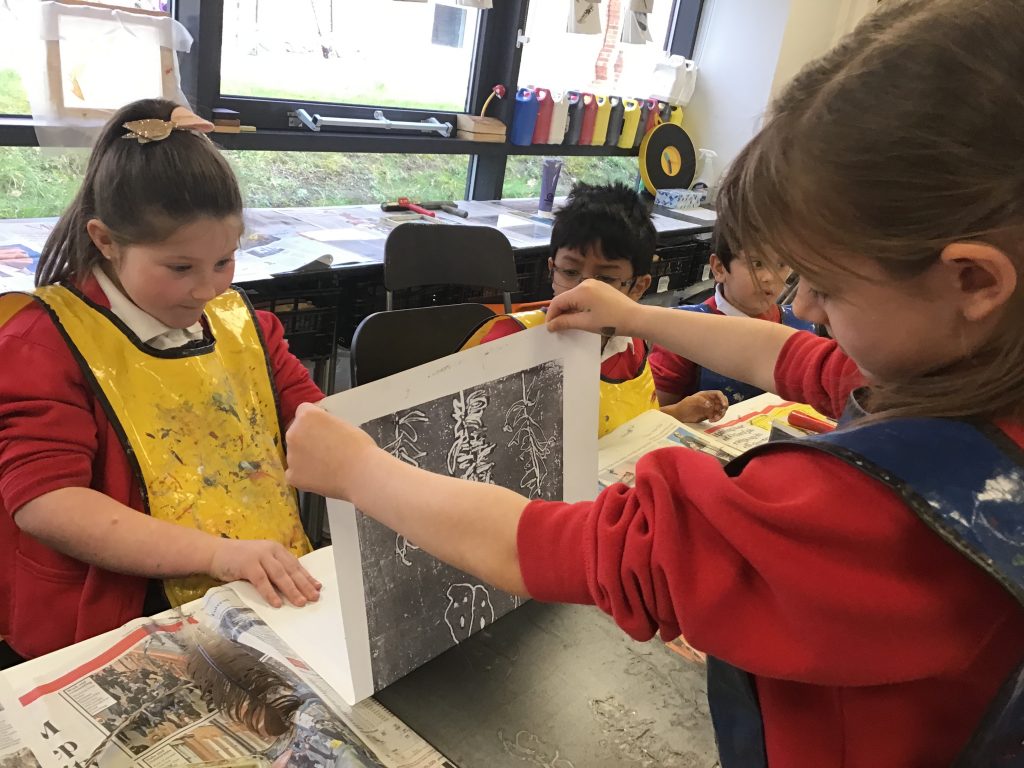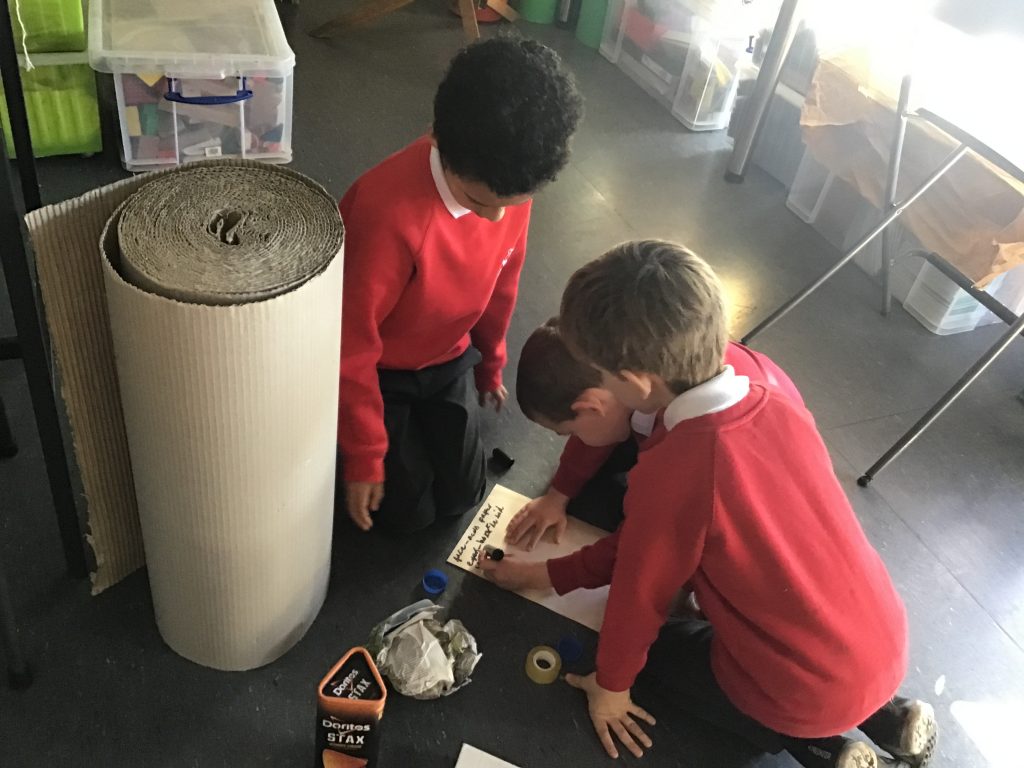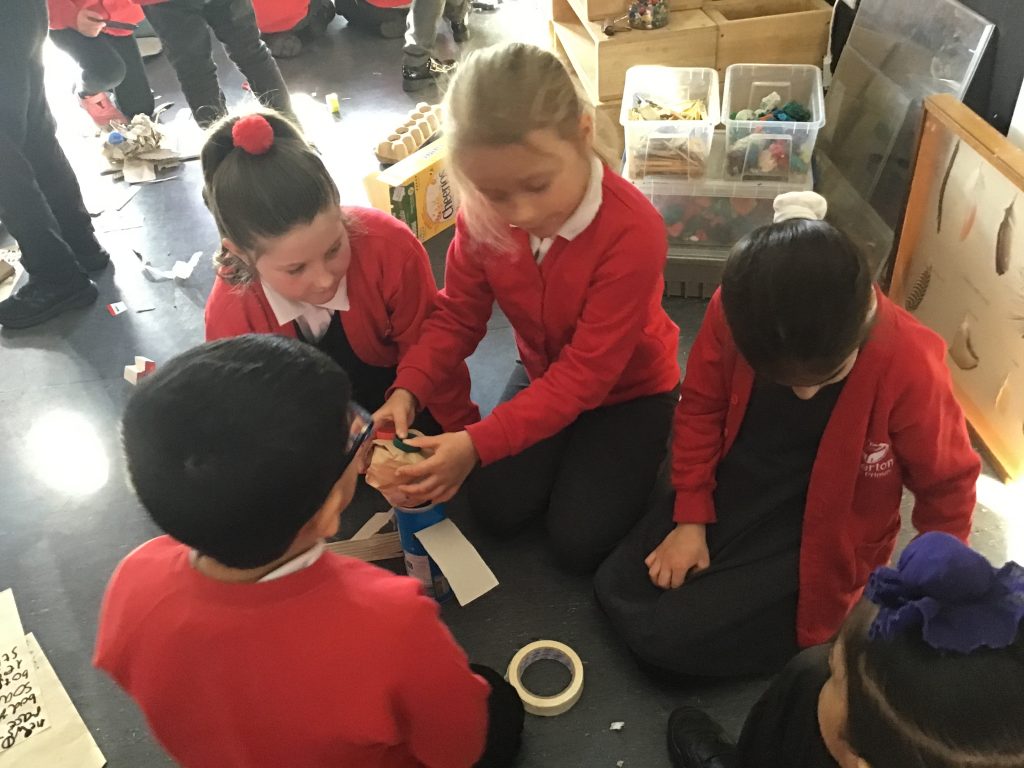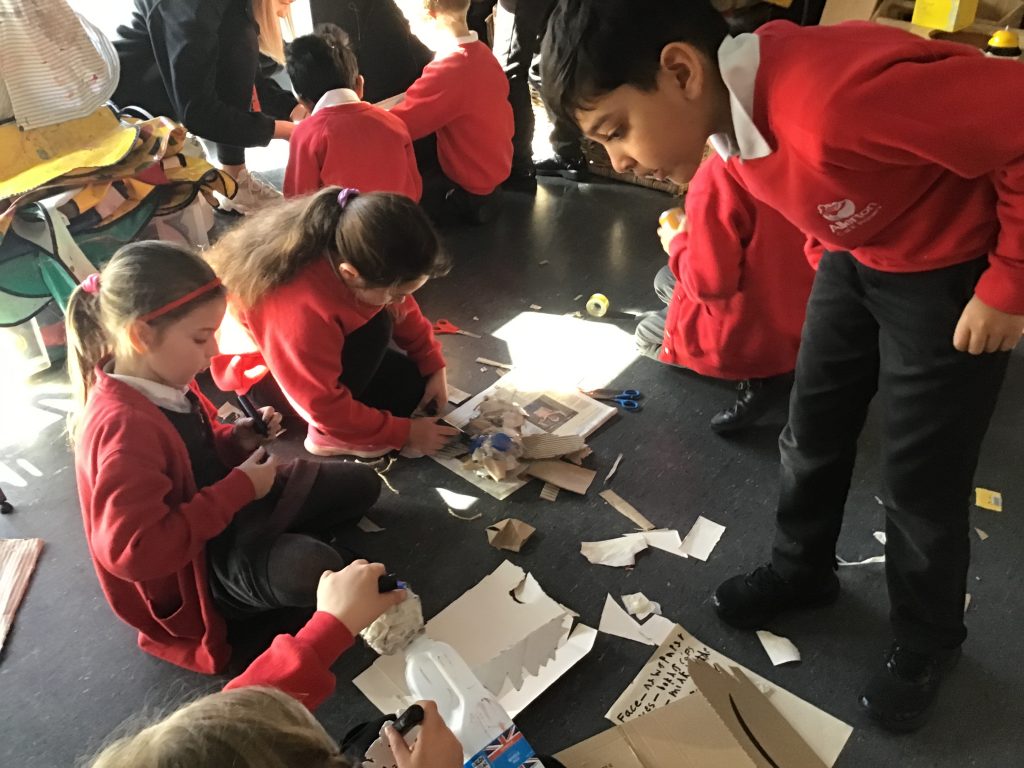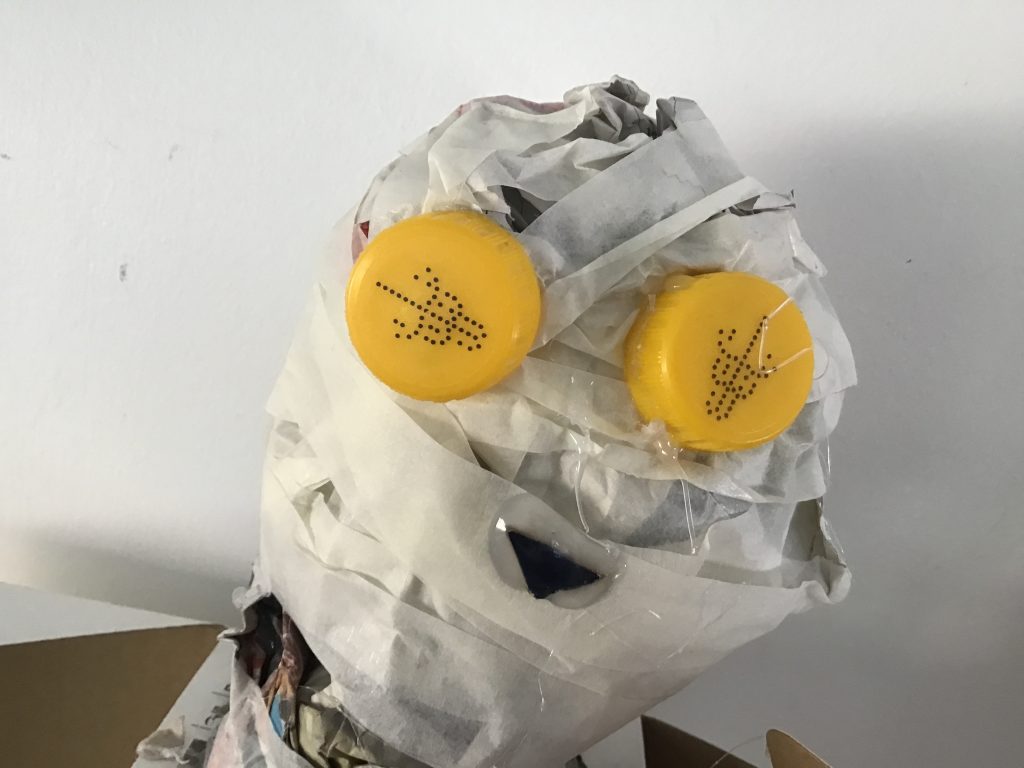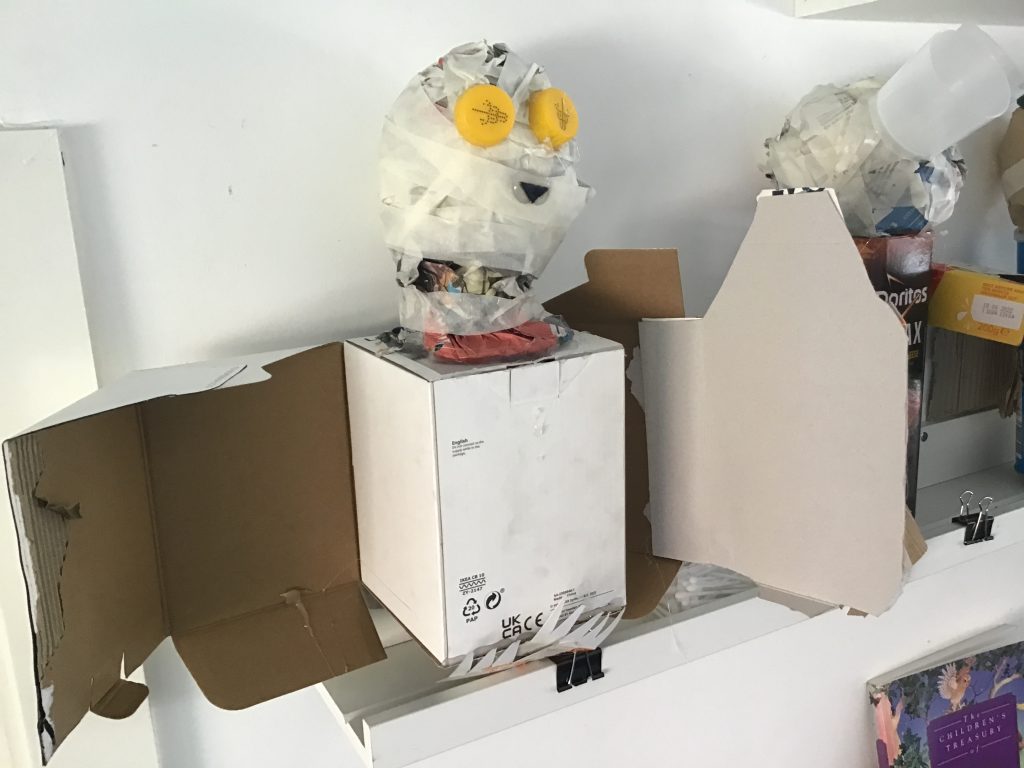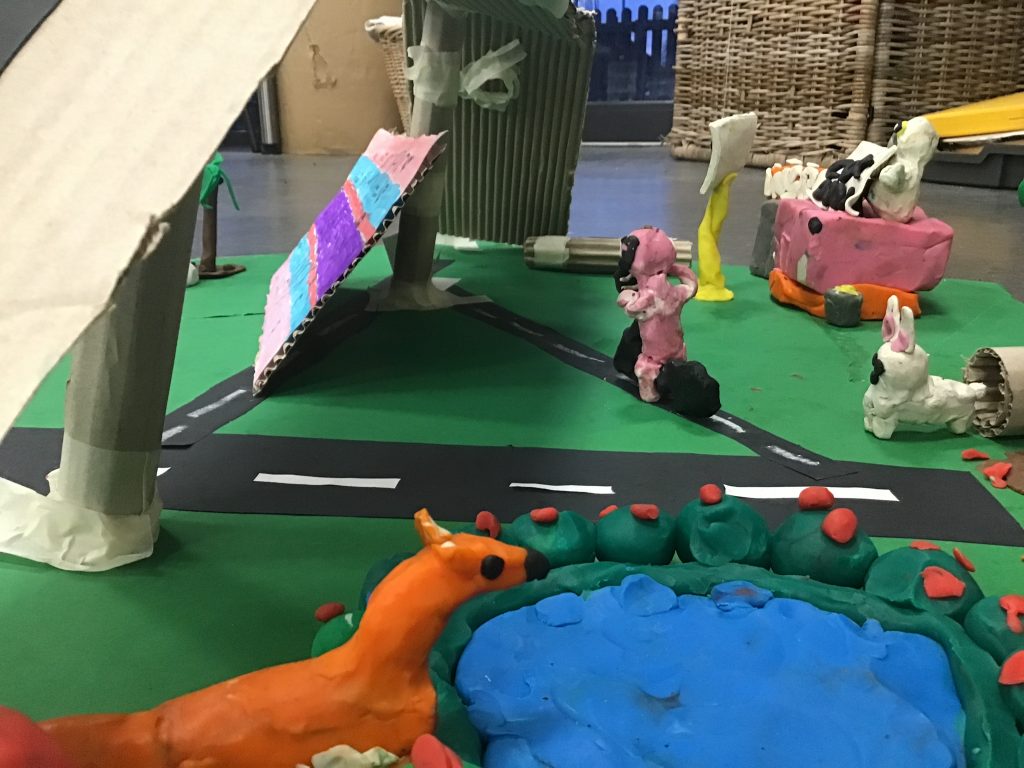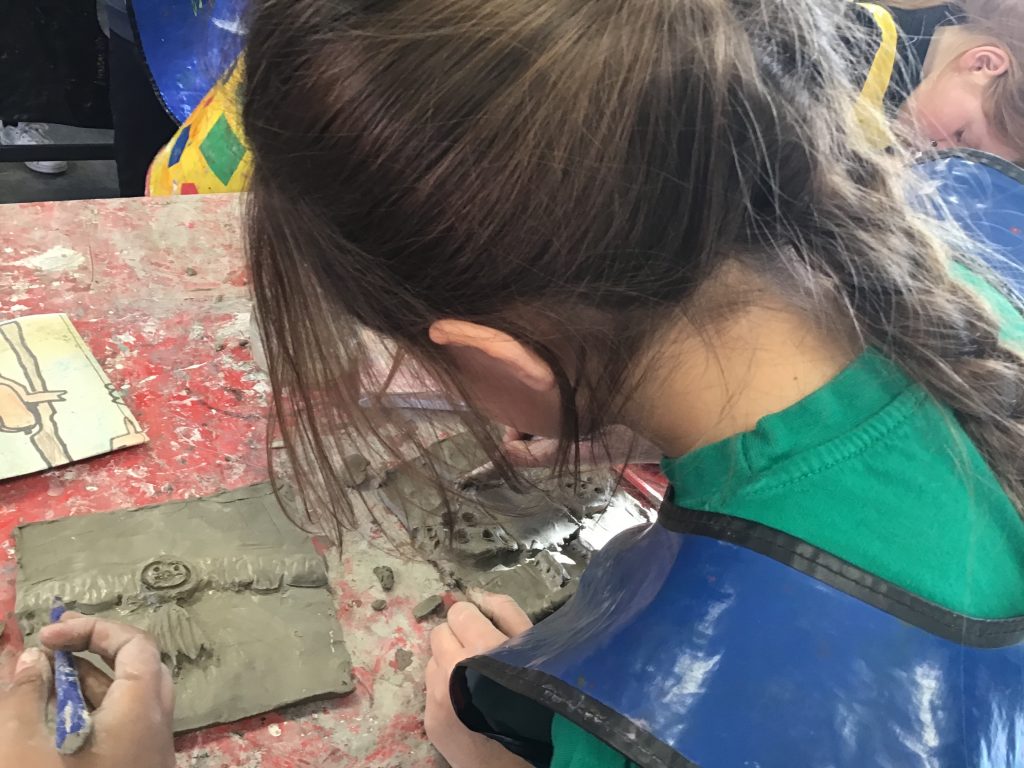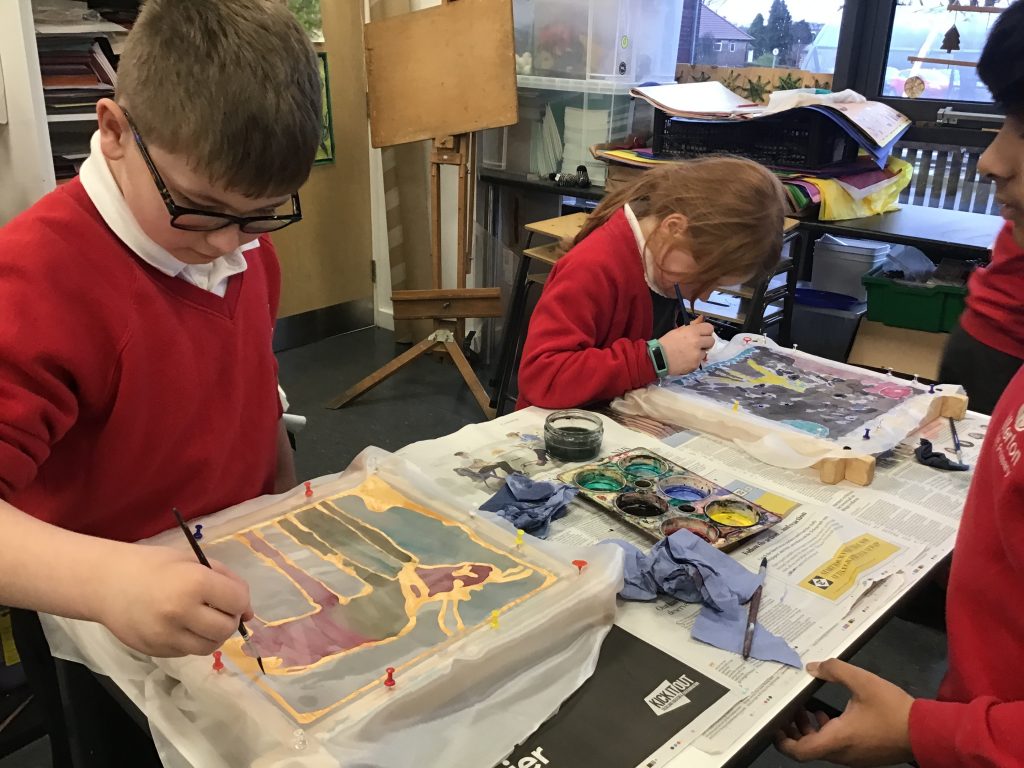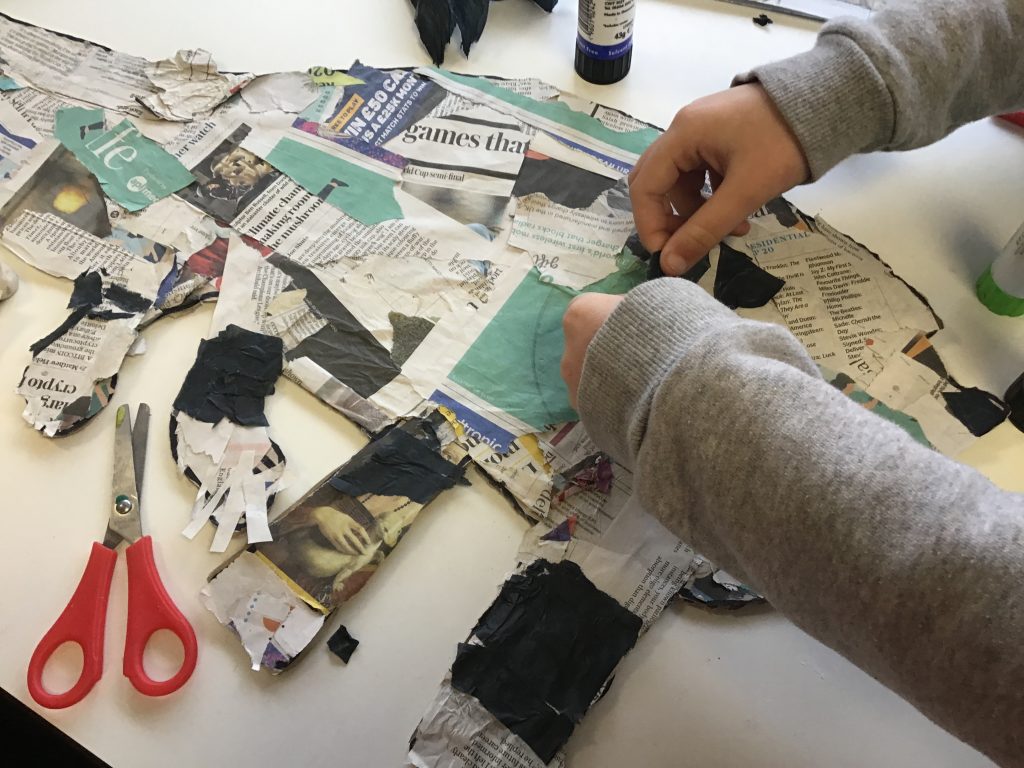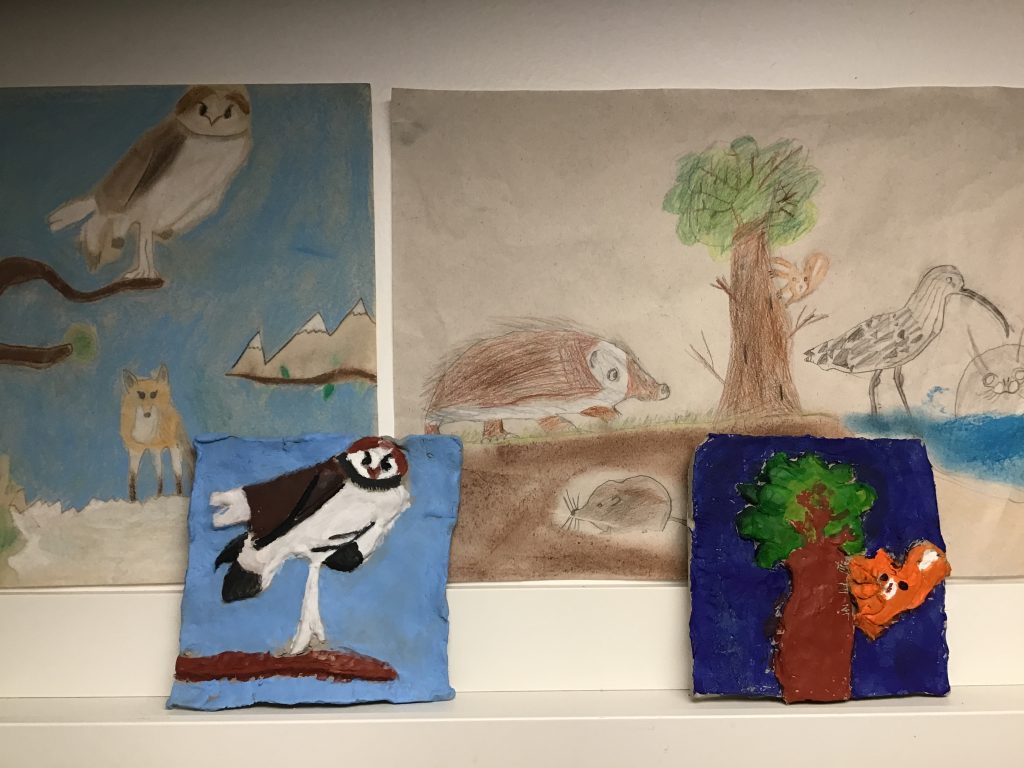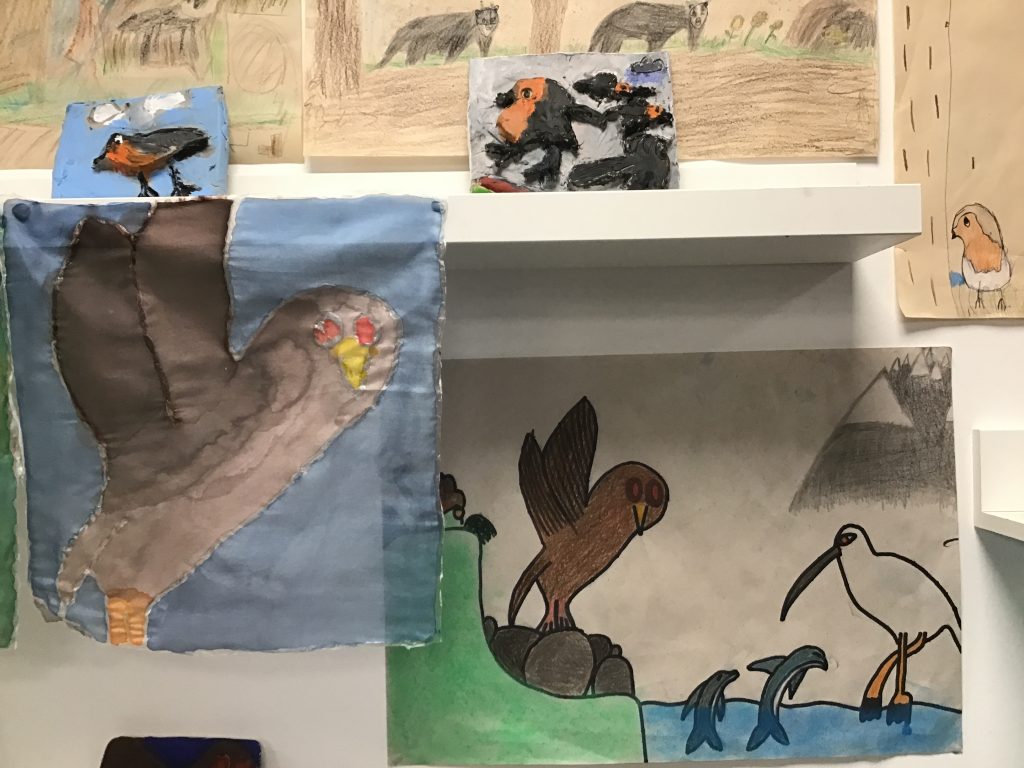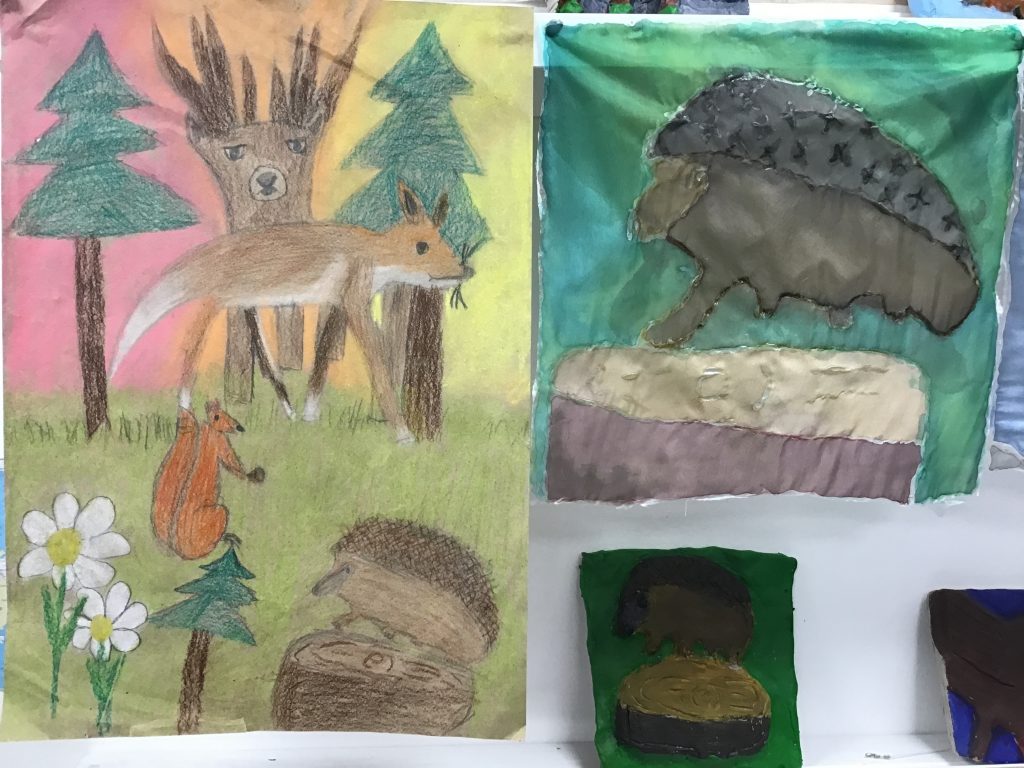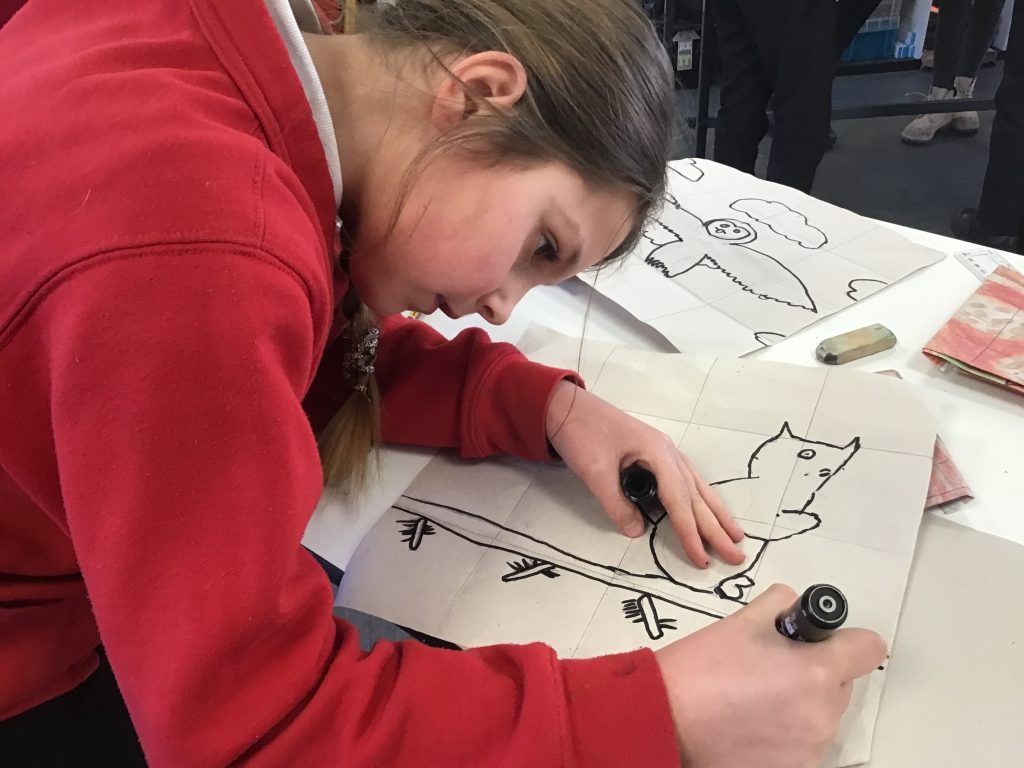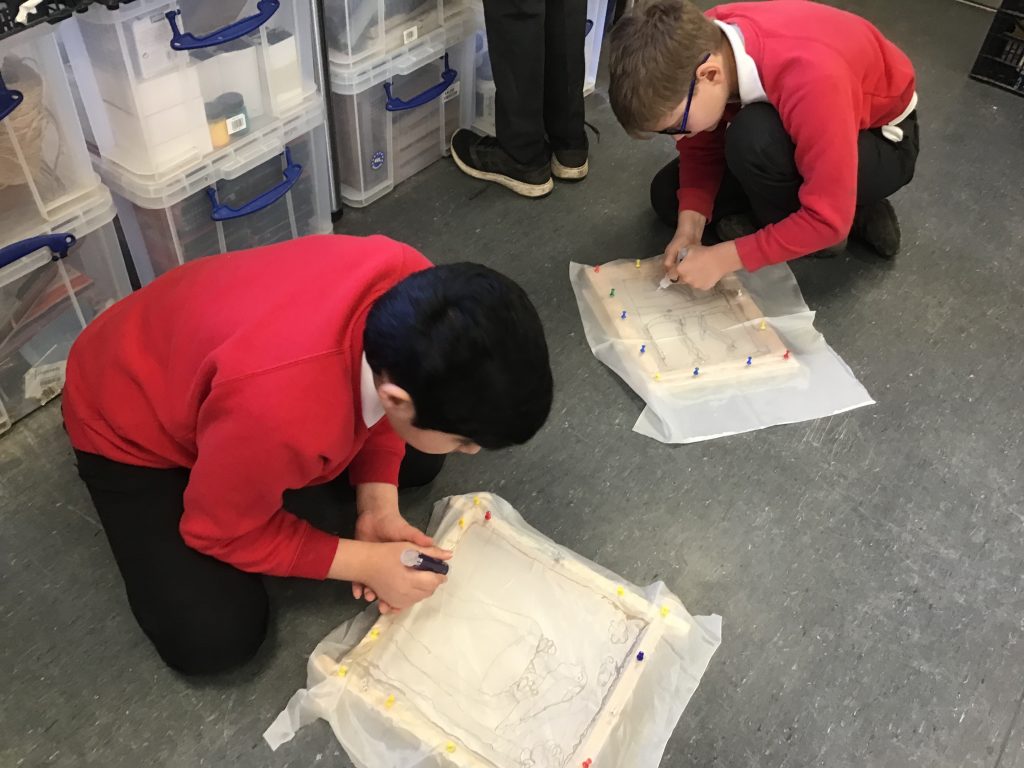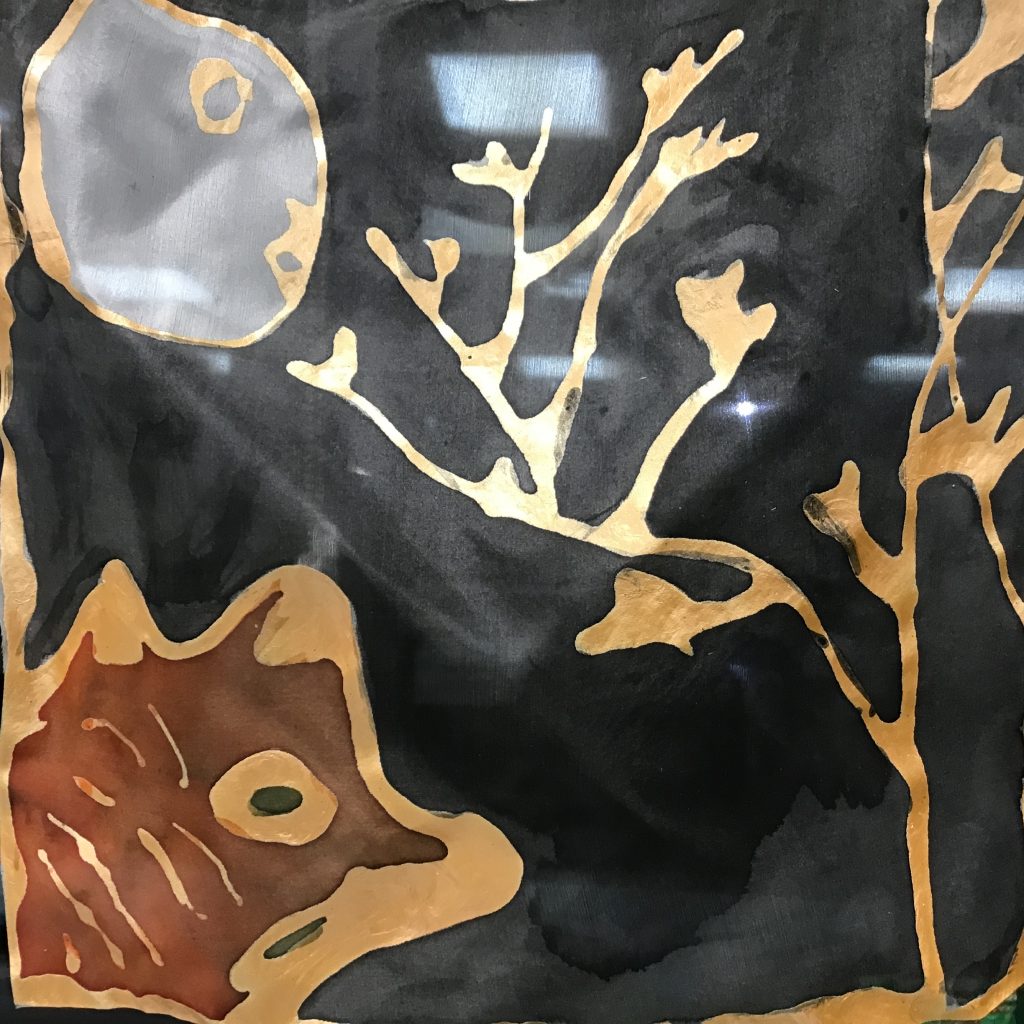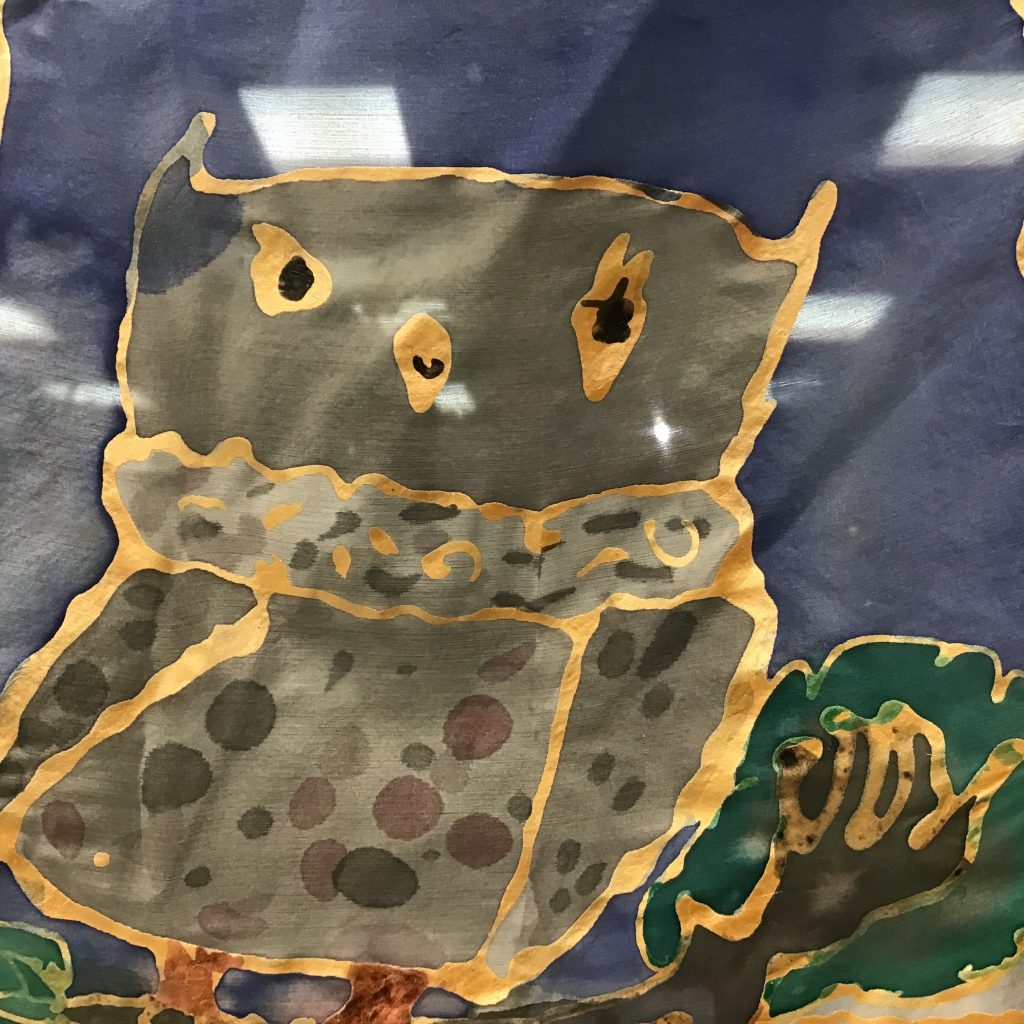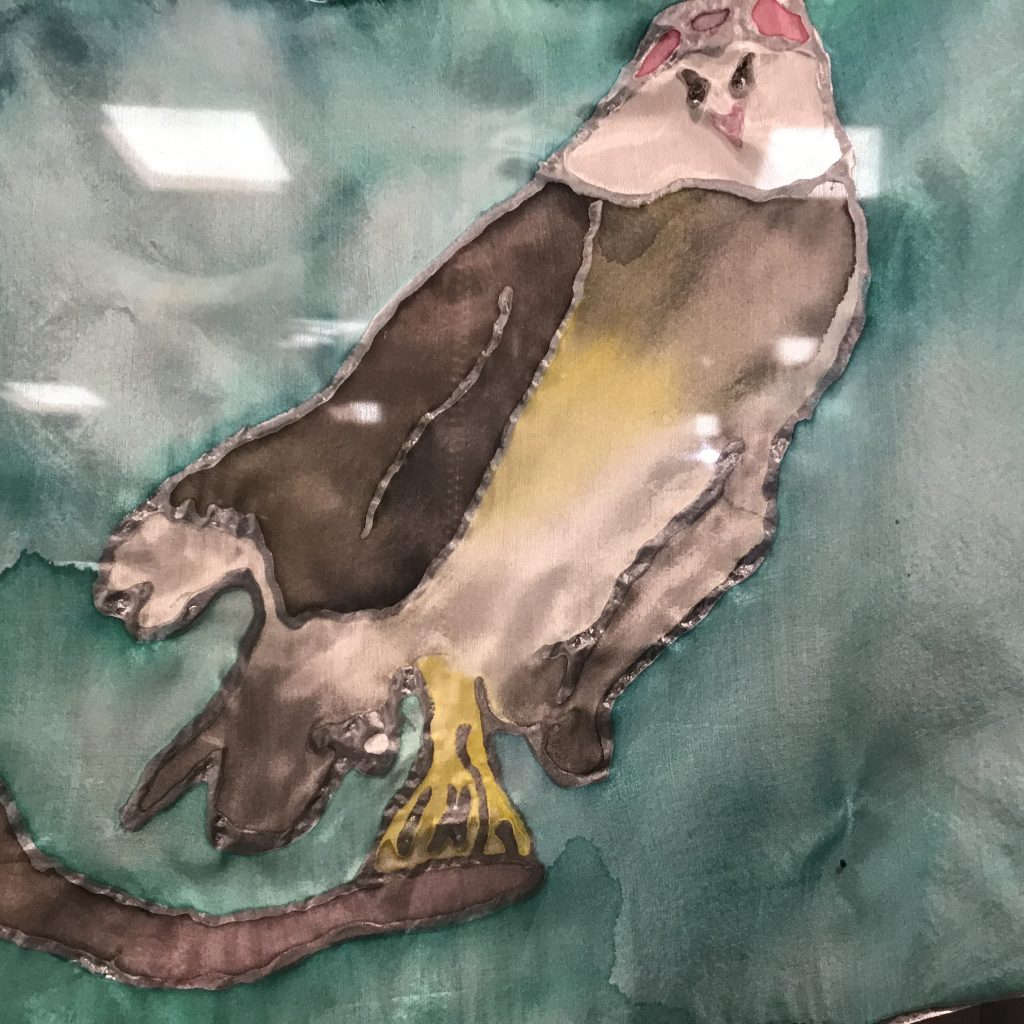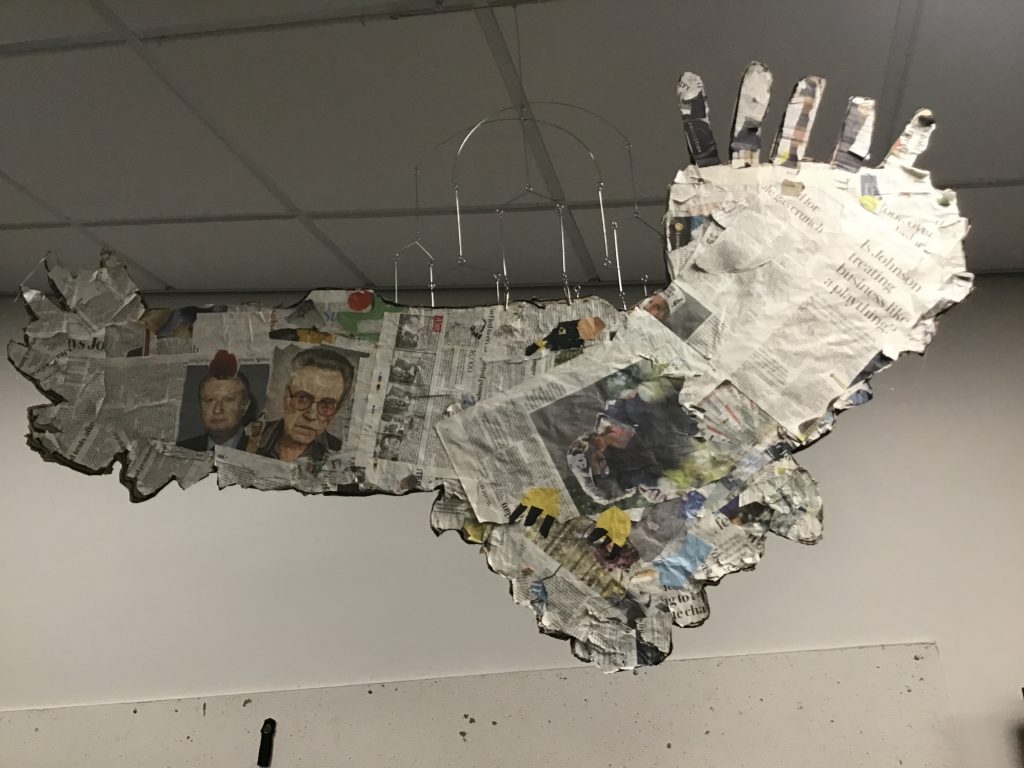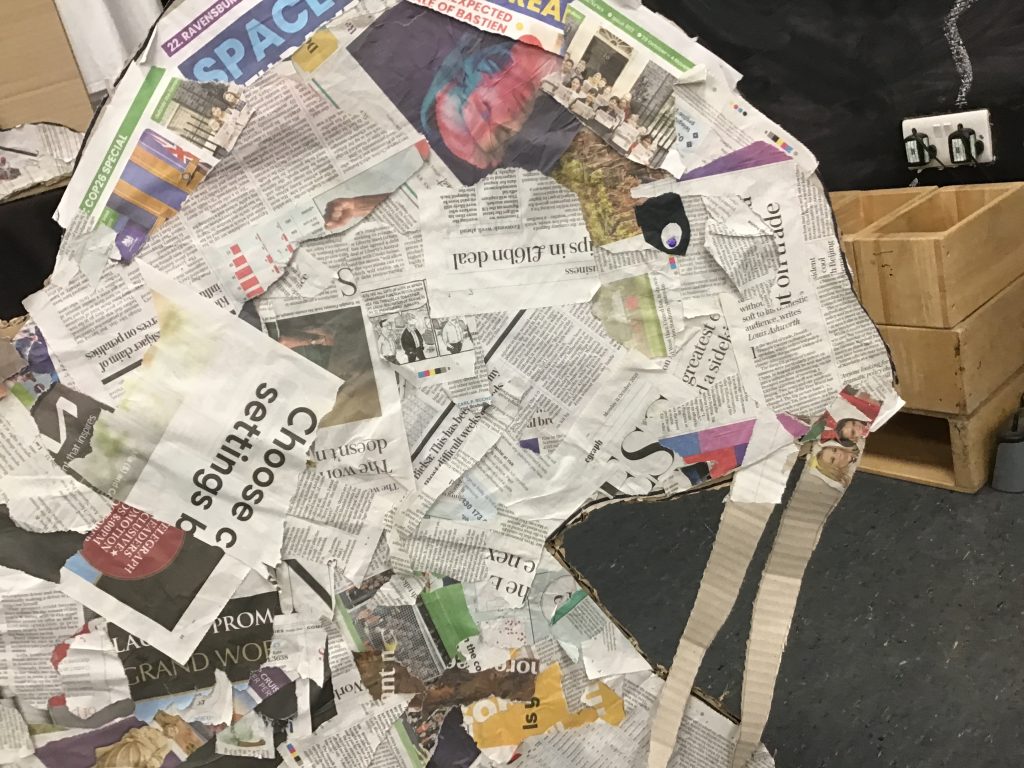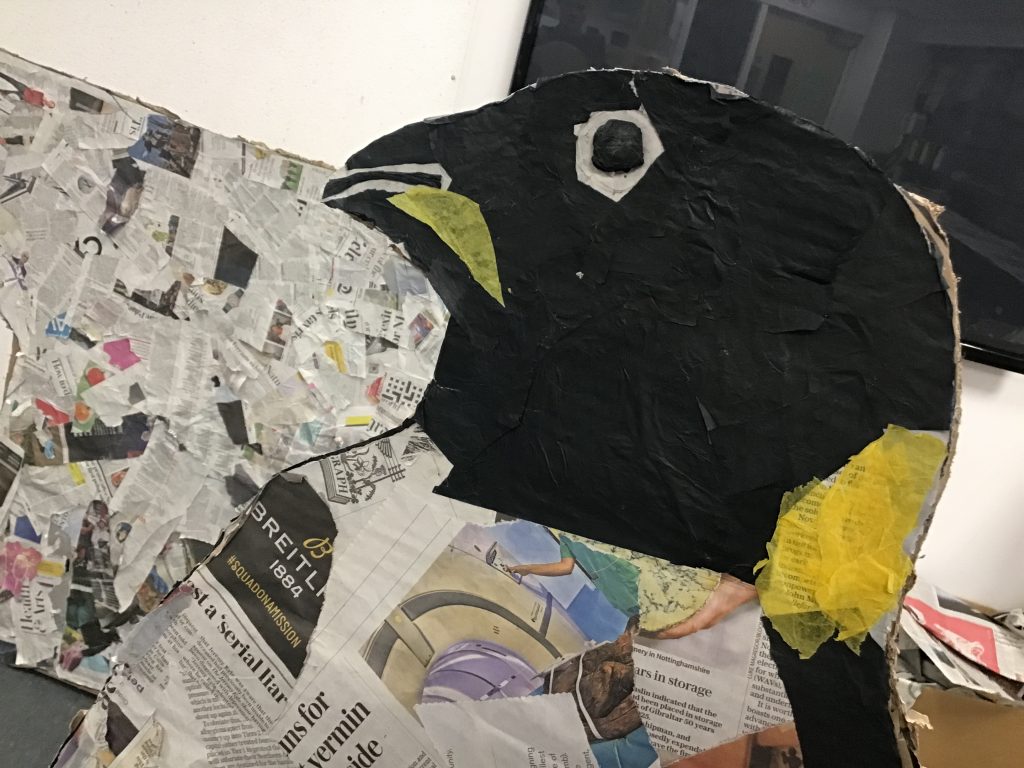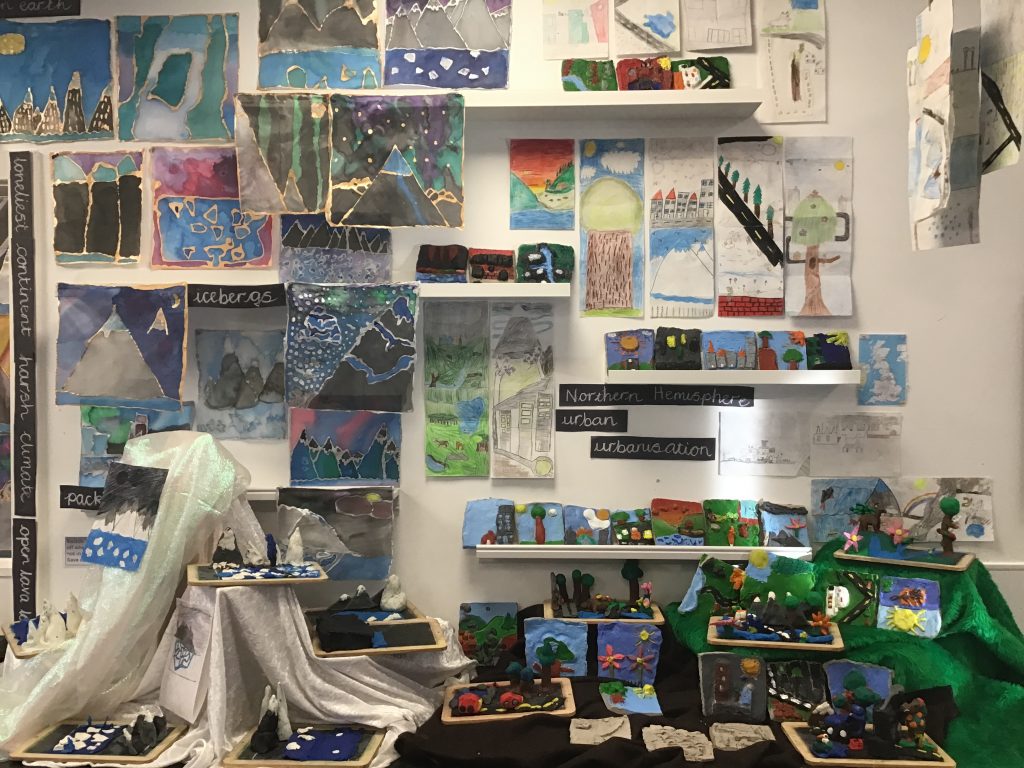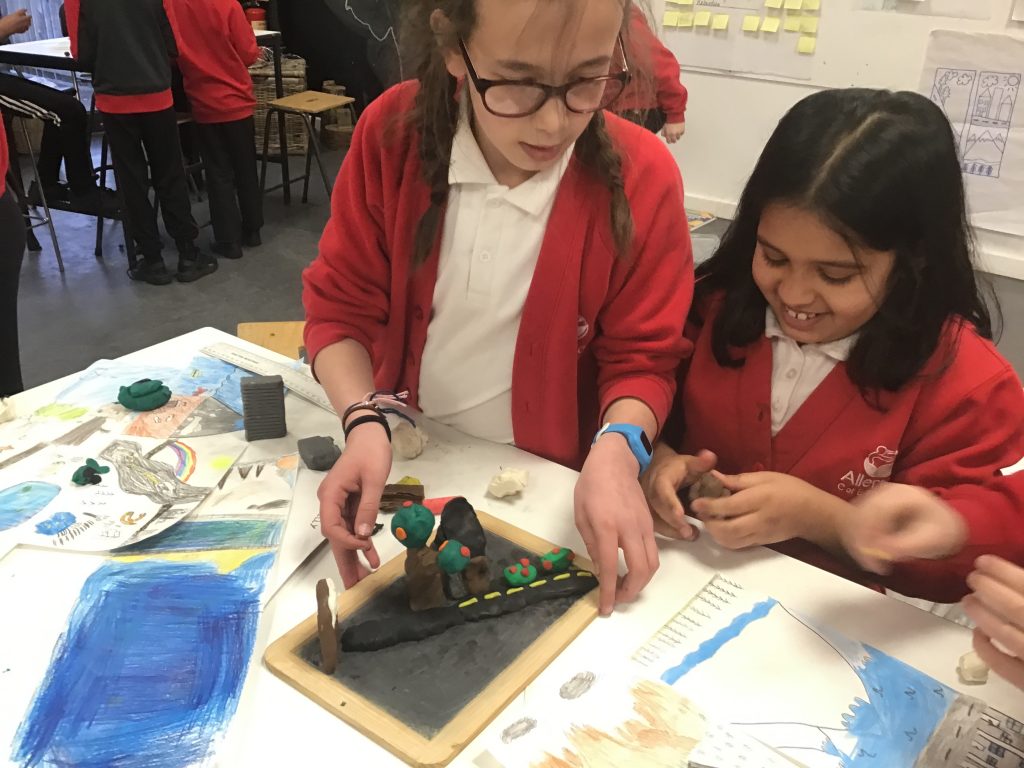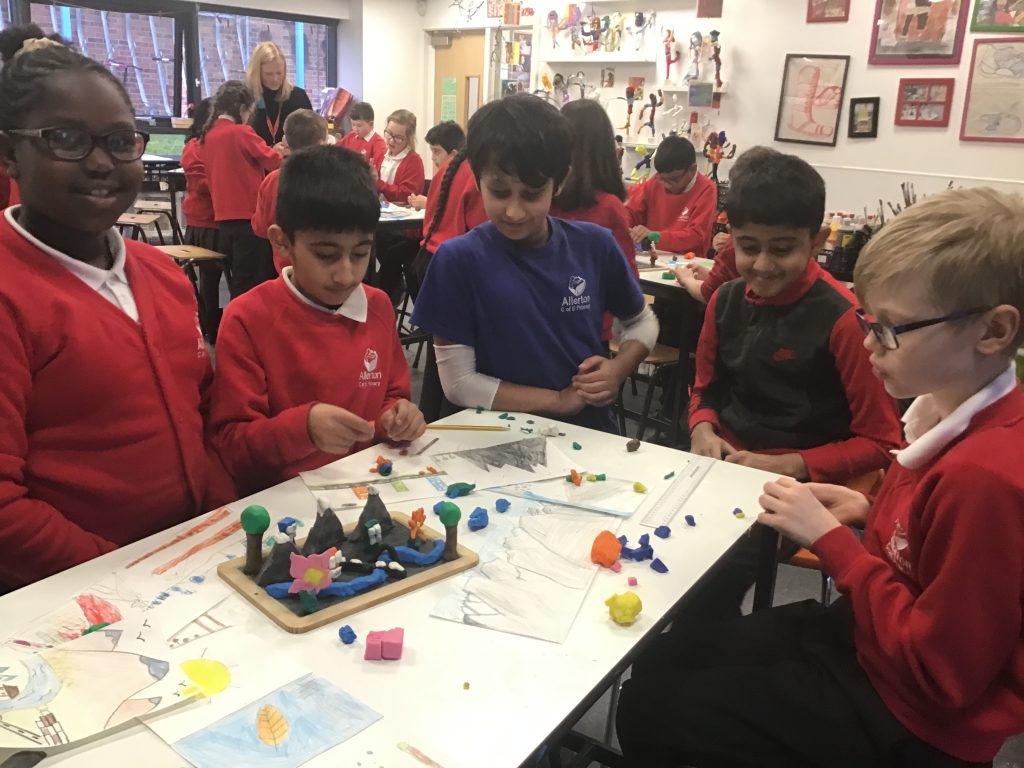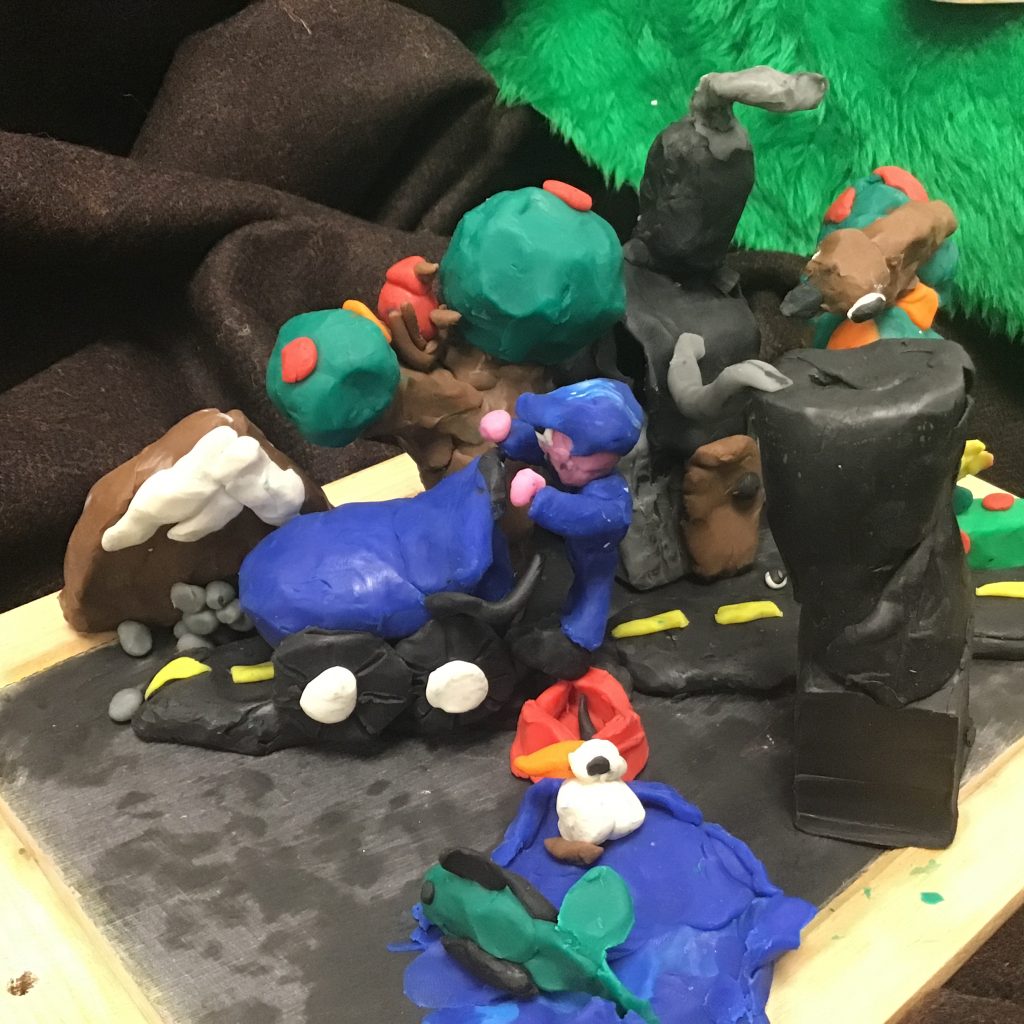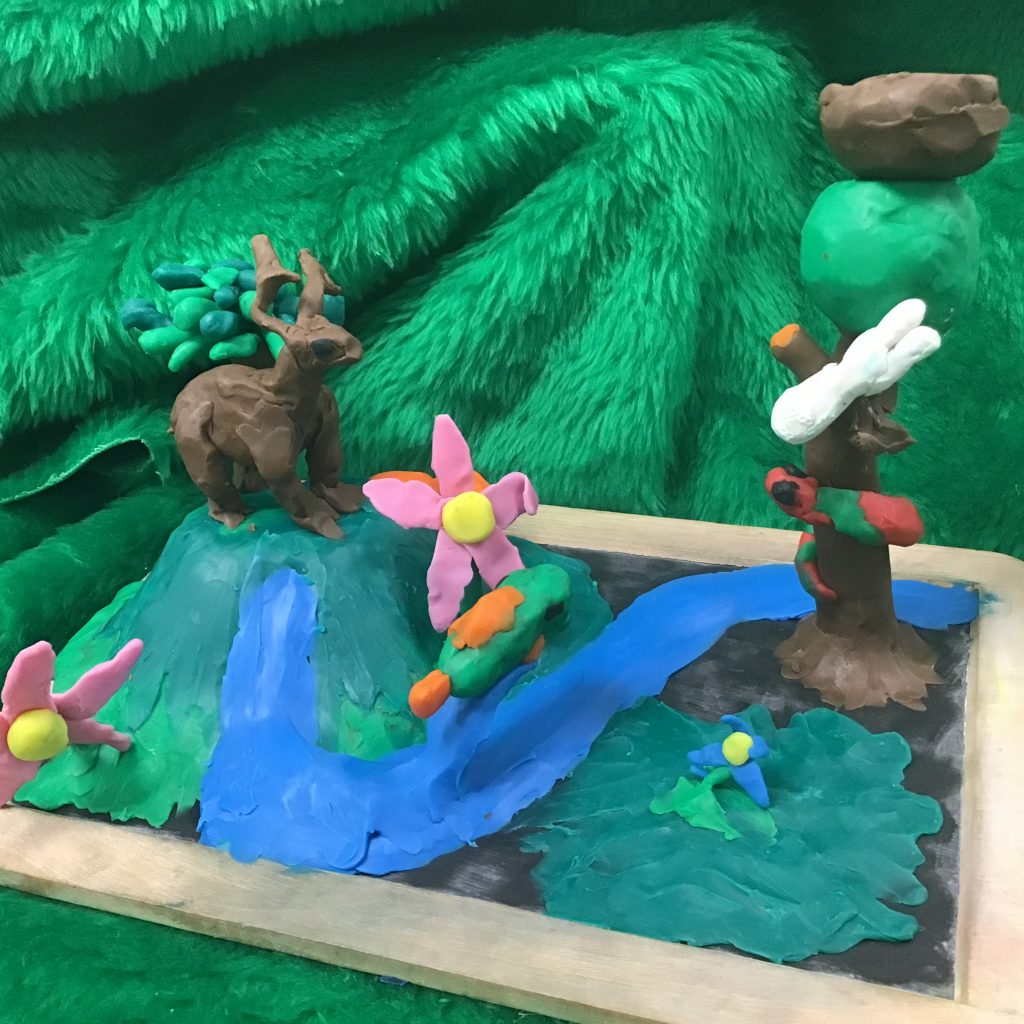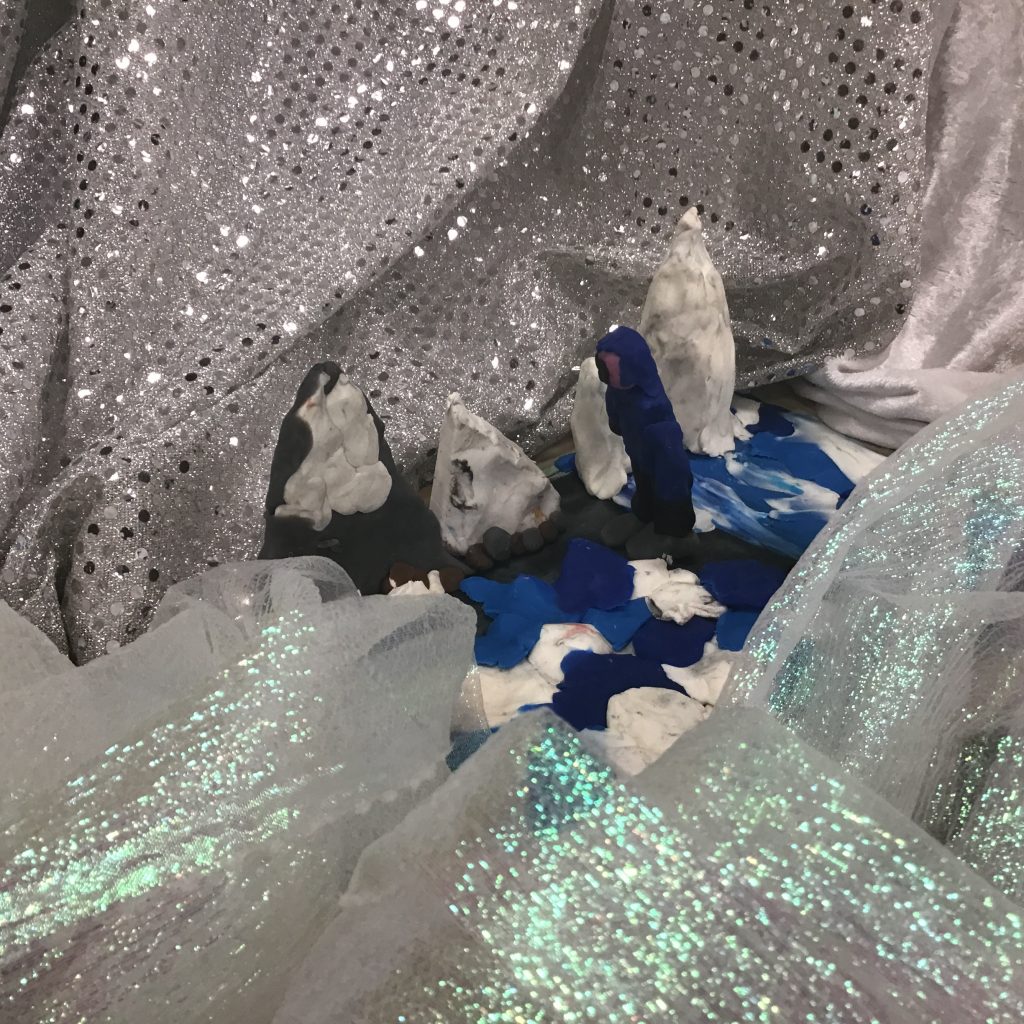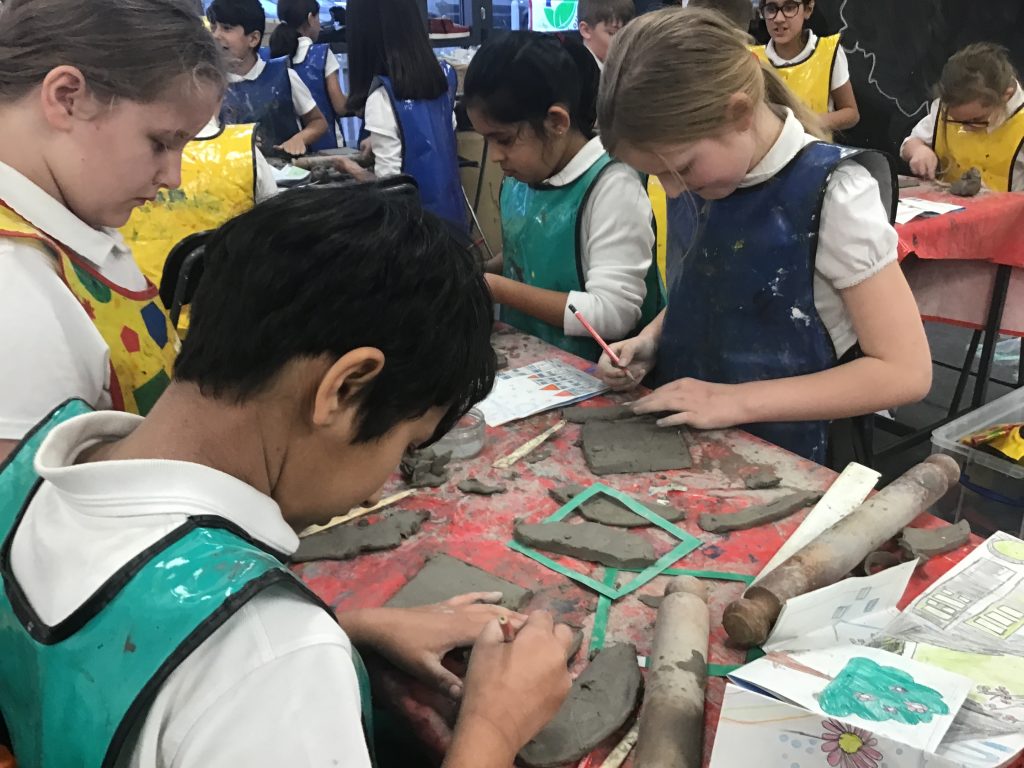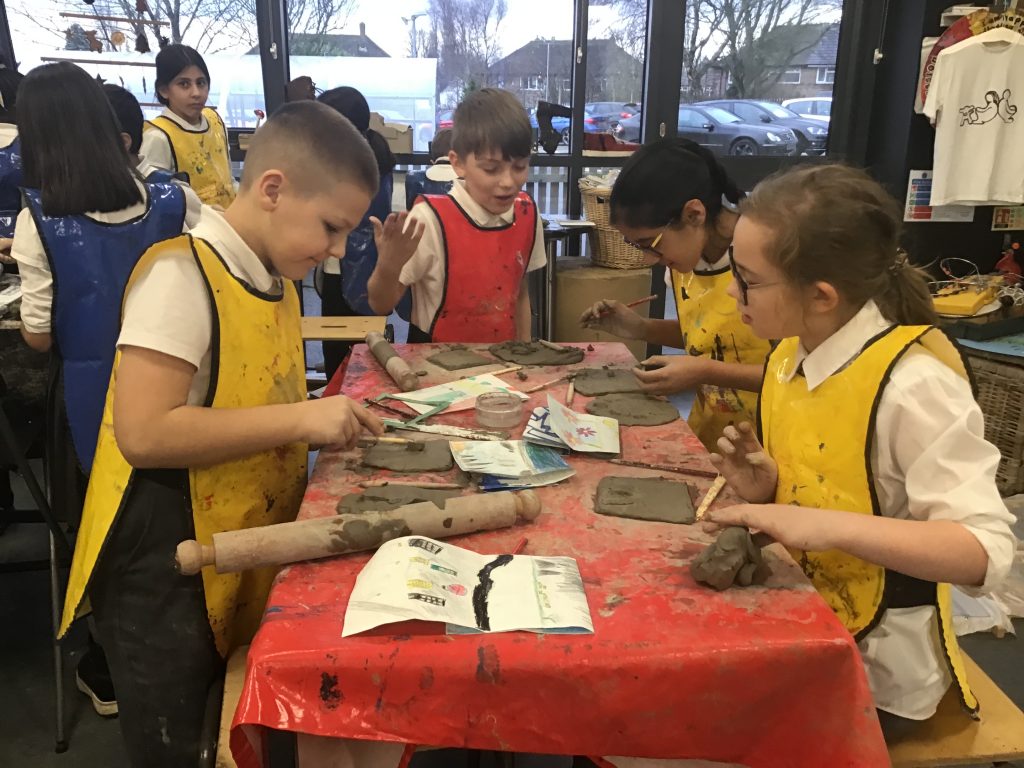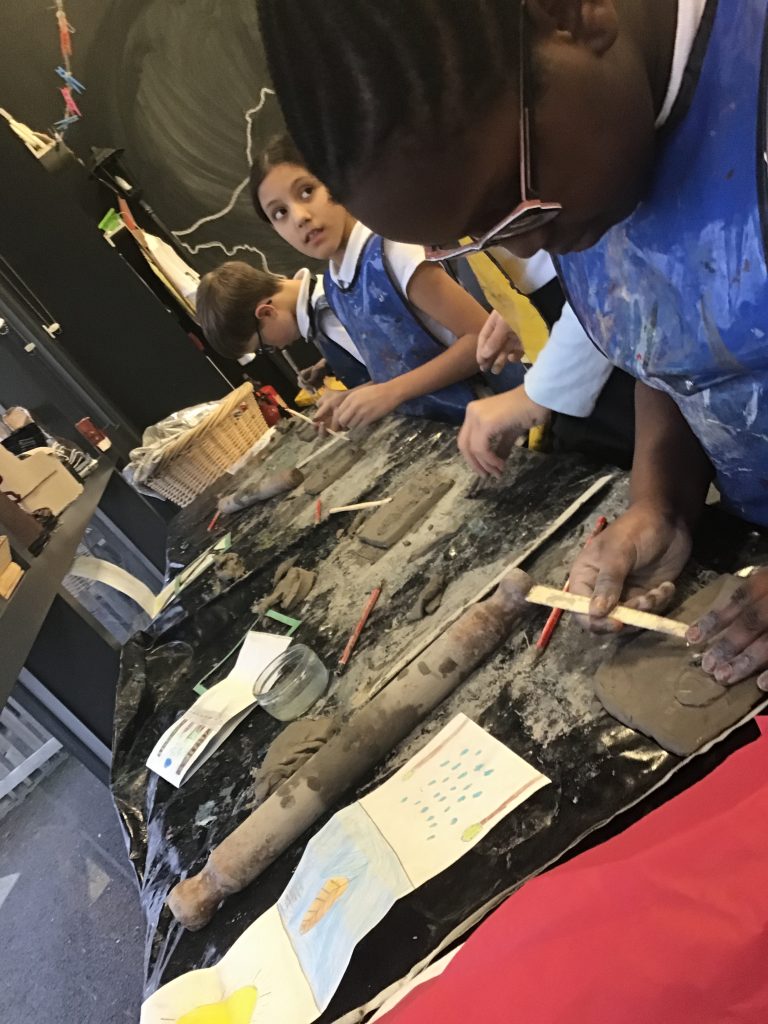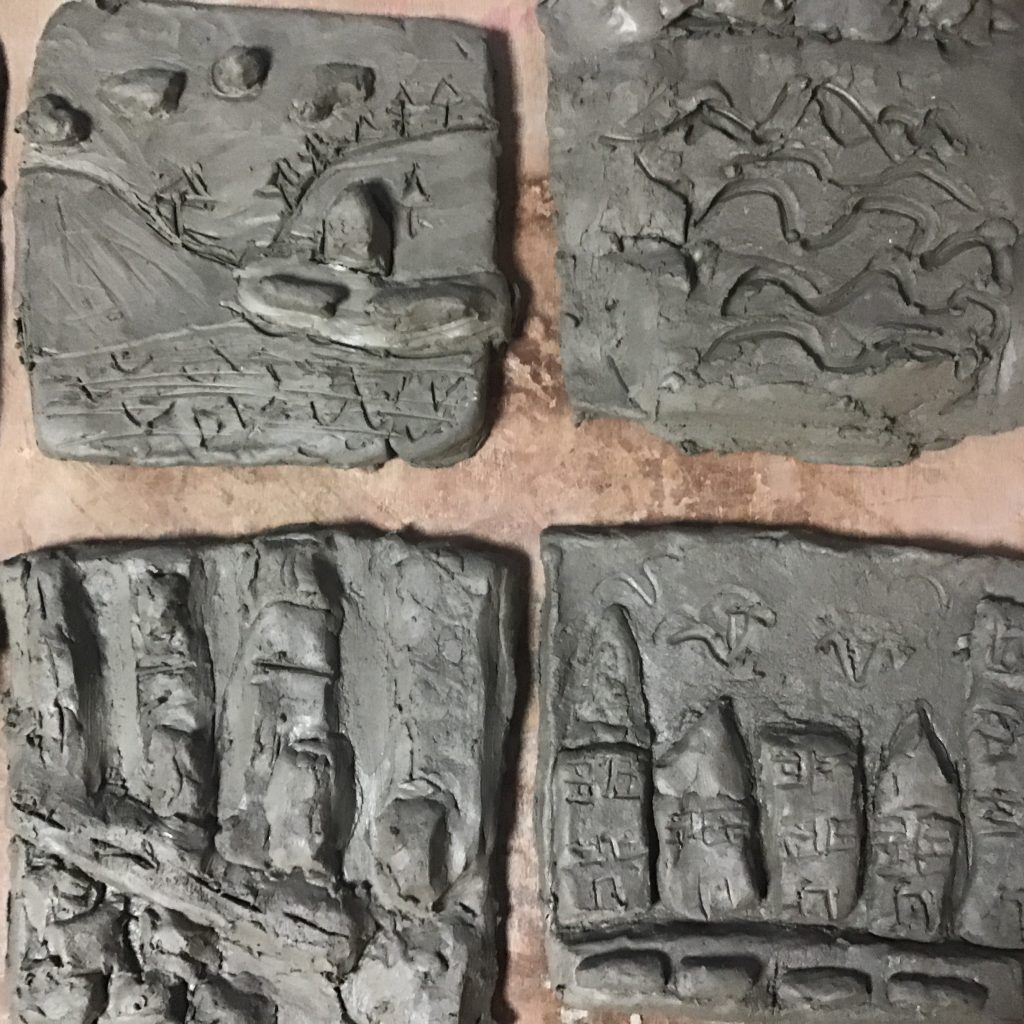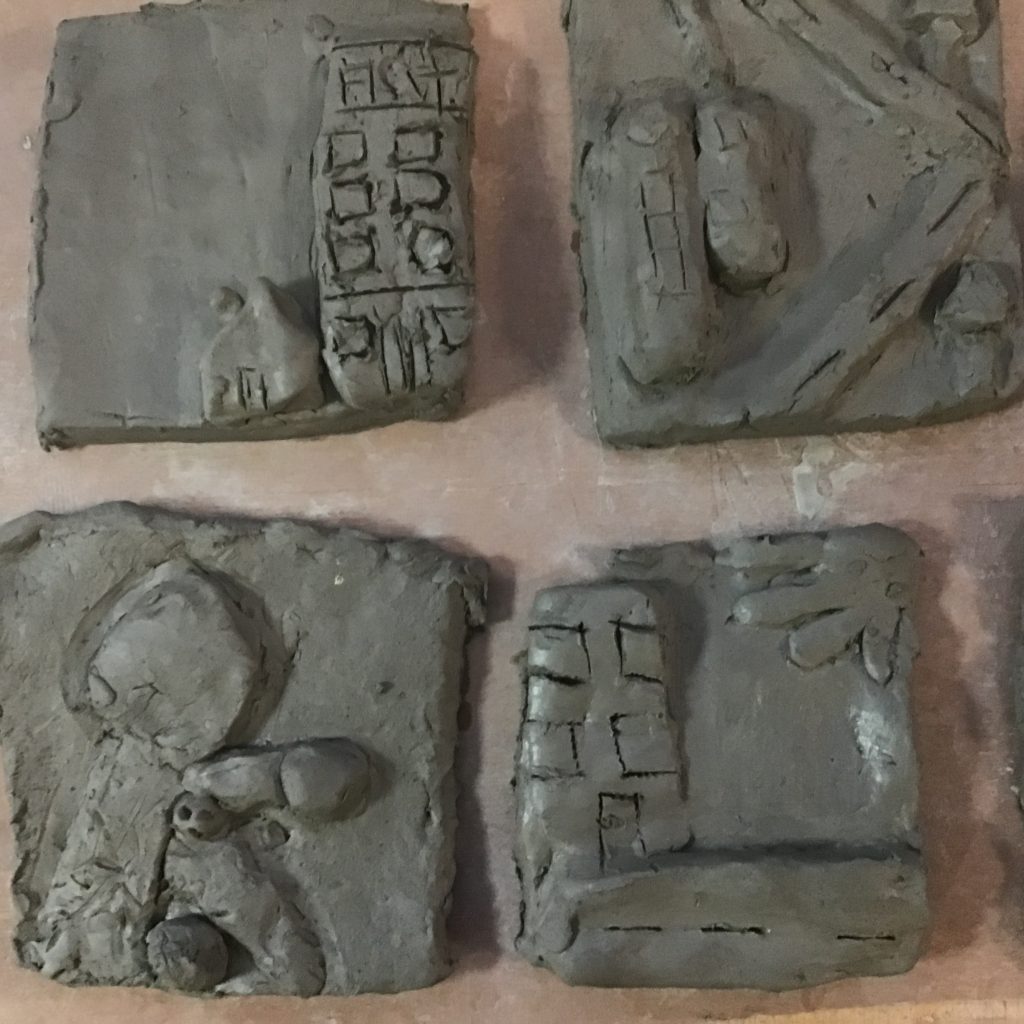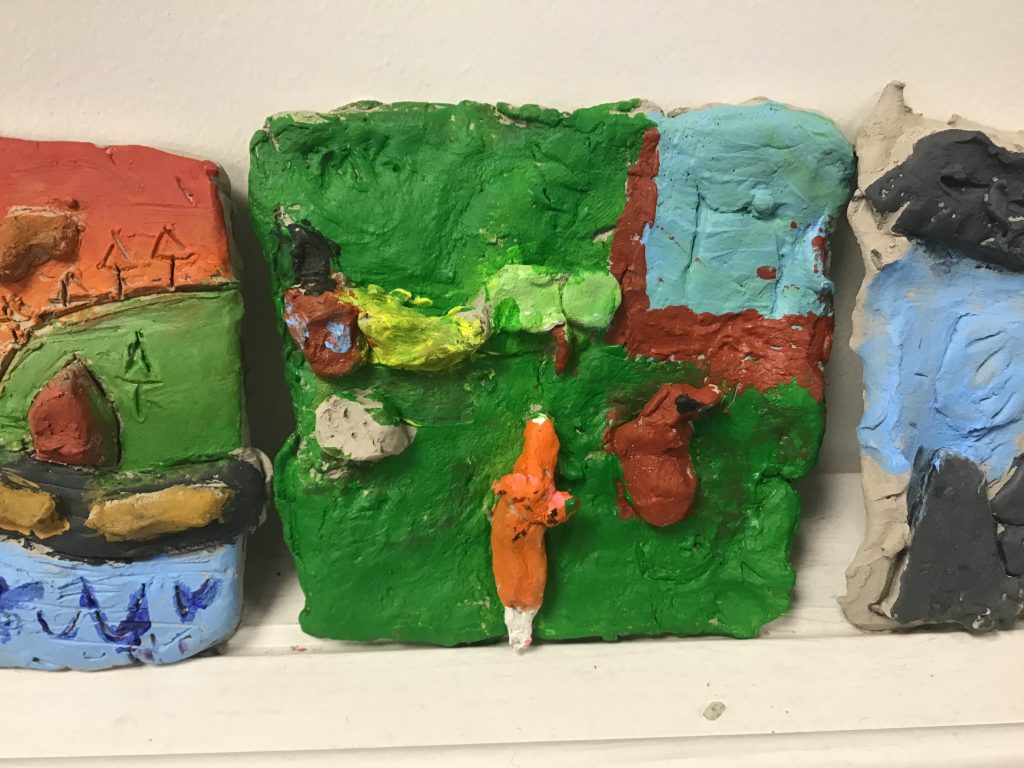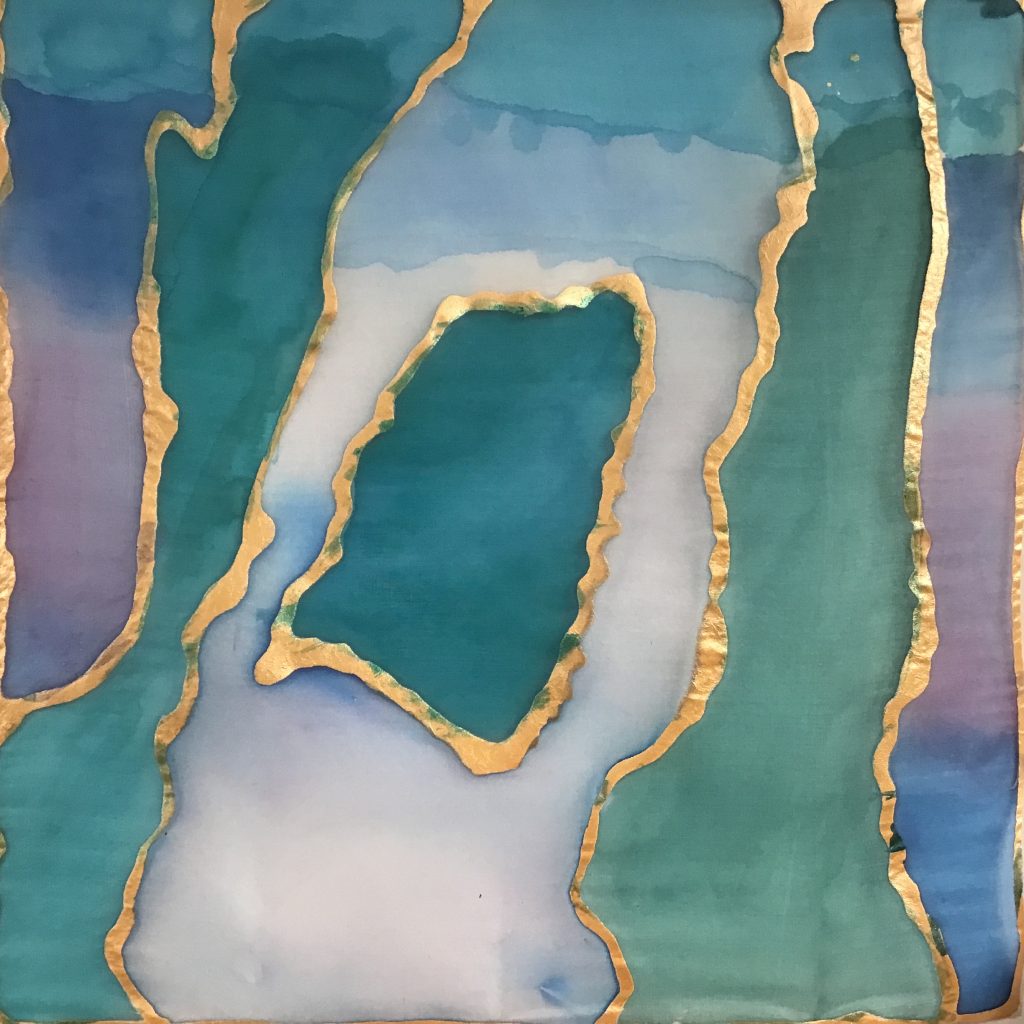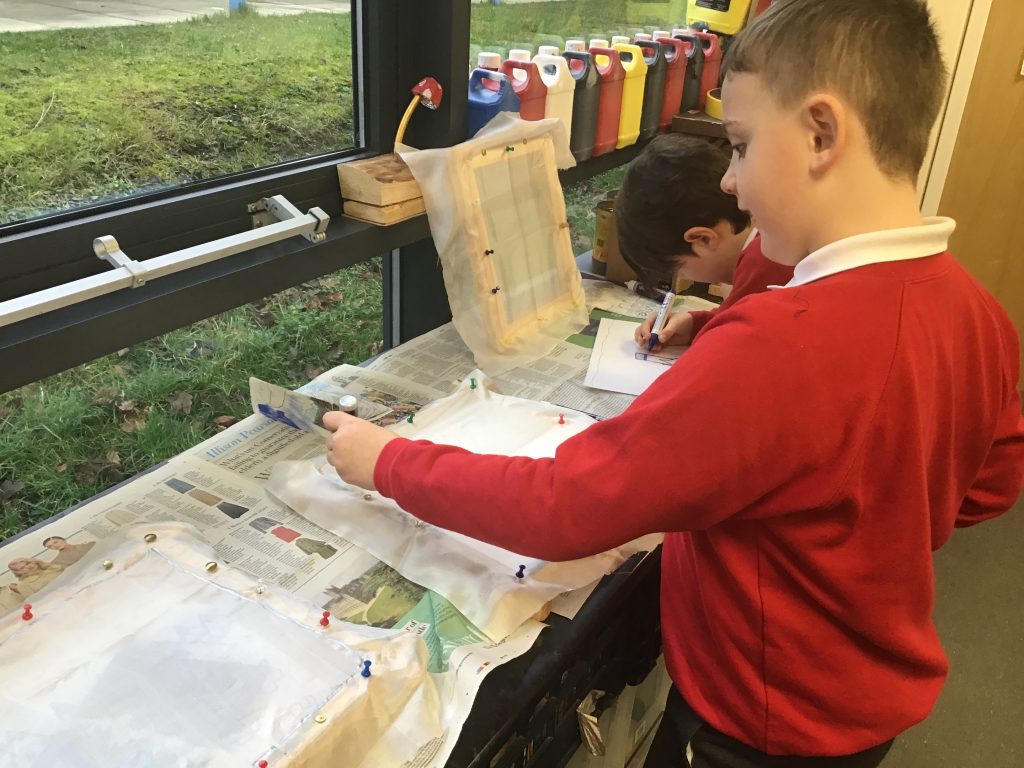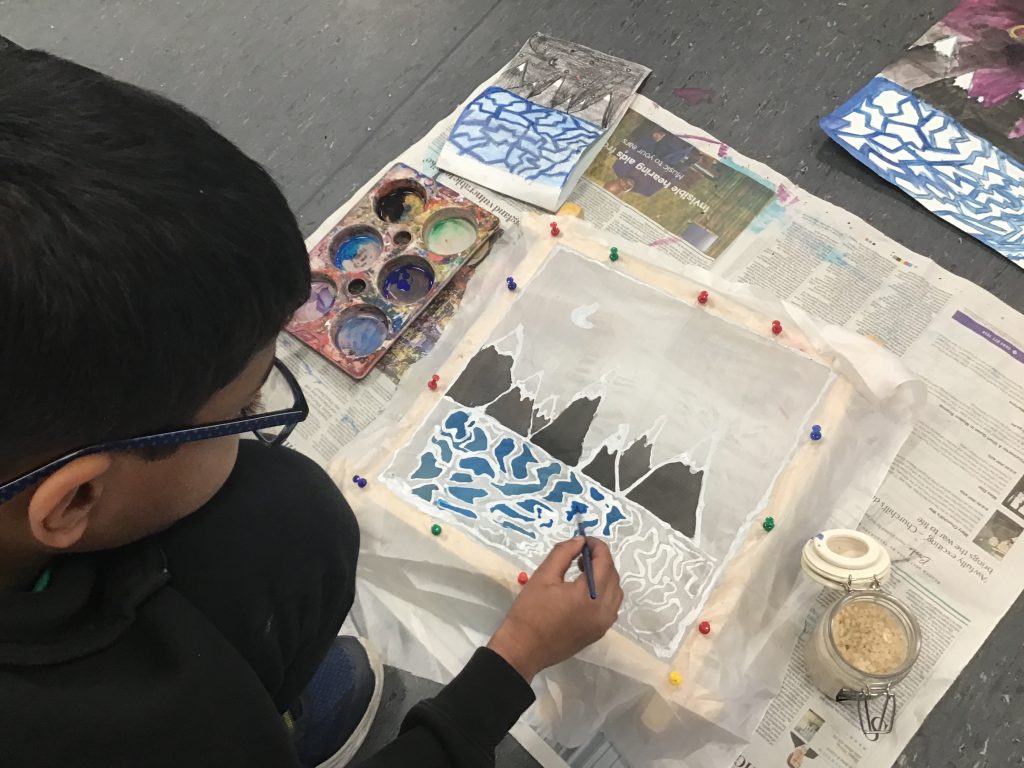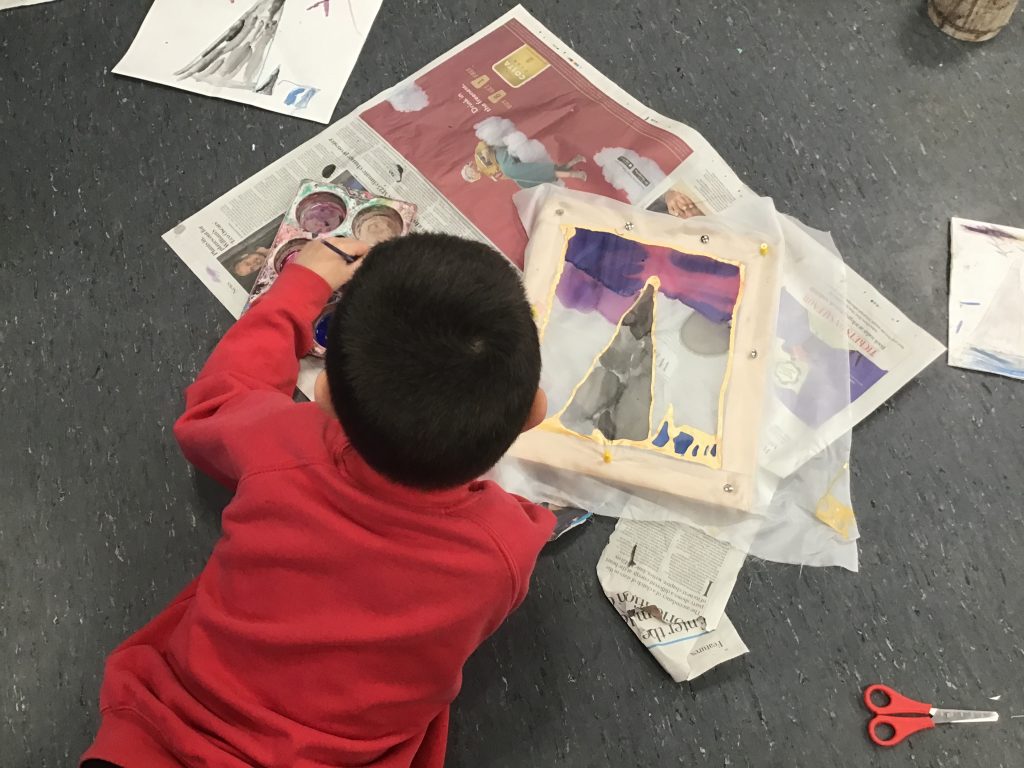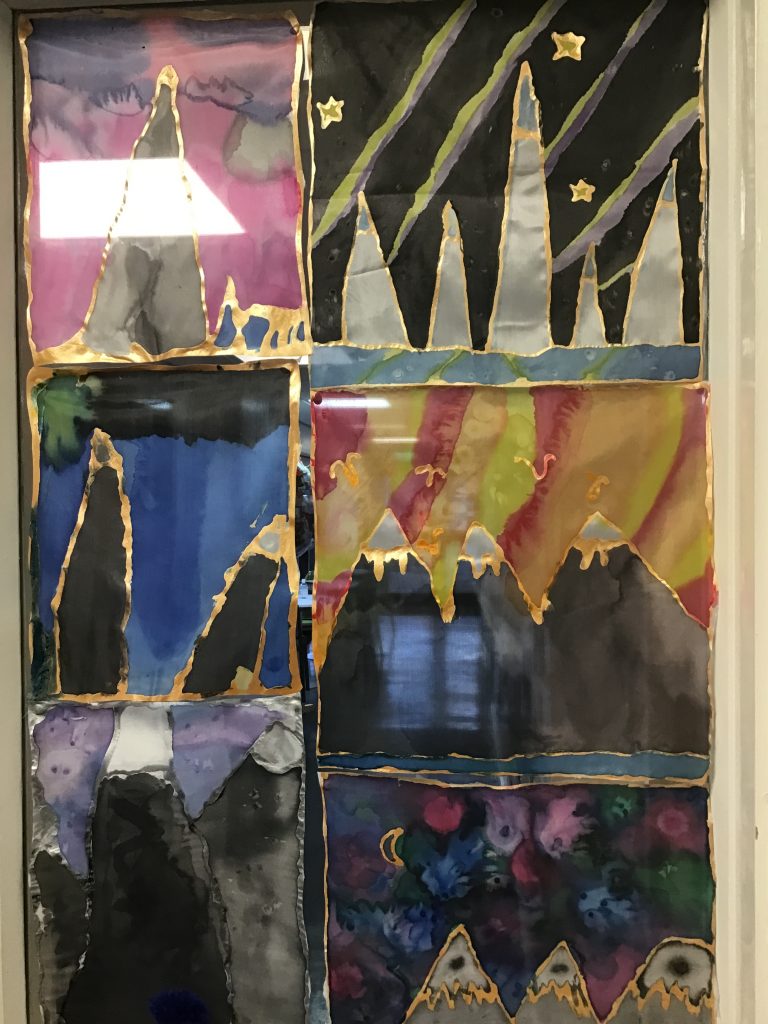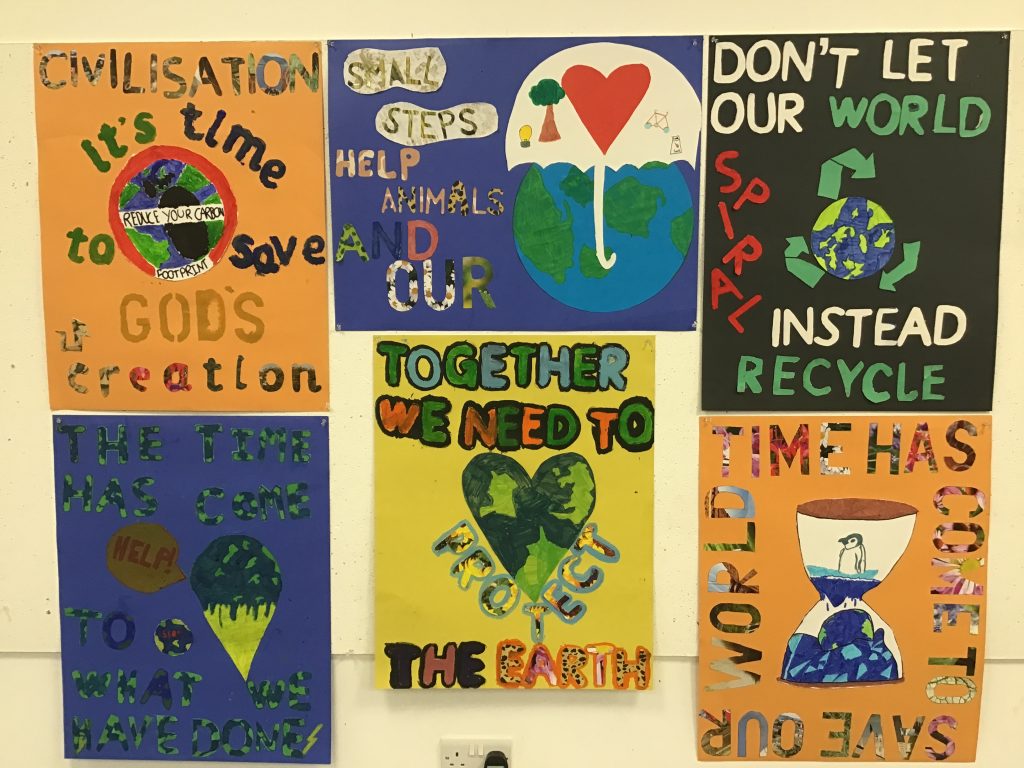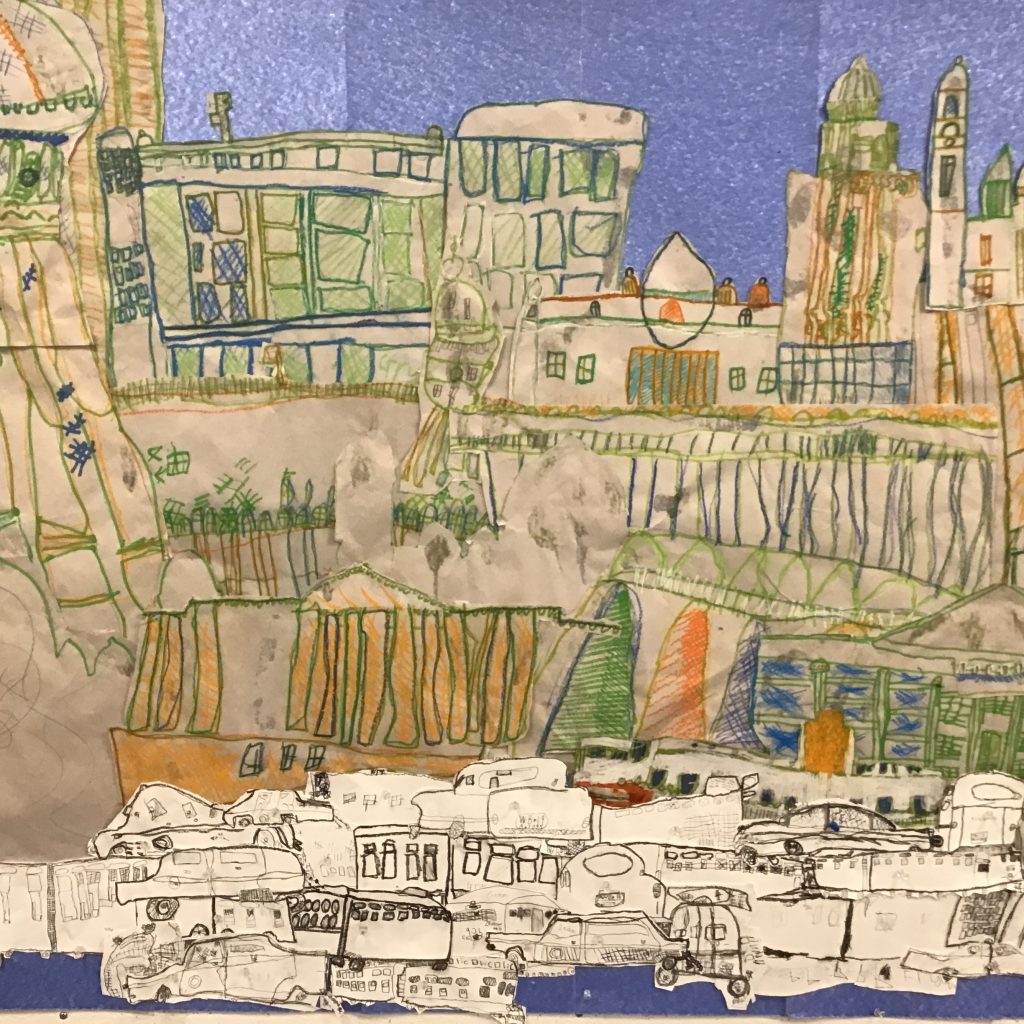
What a joy it has been to share in 2D’s learning during this past fortnight. One of the highlights was the collaborative Kolkata Skyline.
Presented with A2 sugar paper and a pencil, 2D were encouraged to draw one of the ‘tourist’ buildings within this busy city. If you look closely you may spot the Victoria Memorial, Indian Museum or the General Post office. Other buildings include towering apartments, a Radio Station and Medical Hospital. It was a challenge to draw big, yet as the outlines share, we were successful!


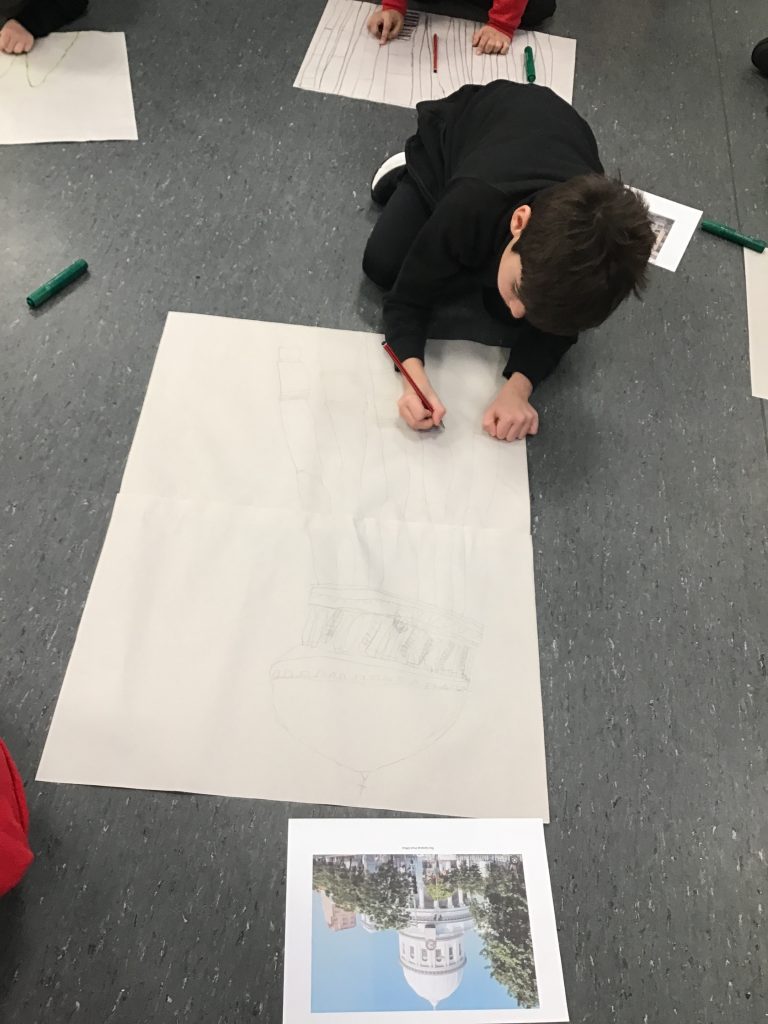
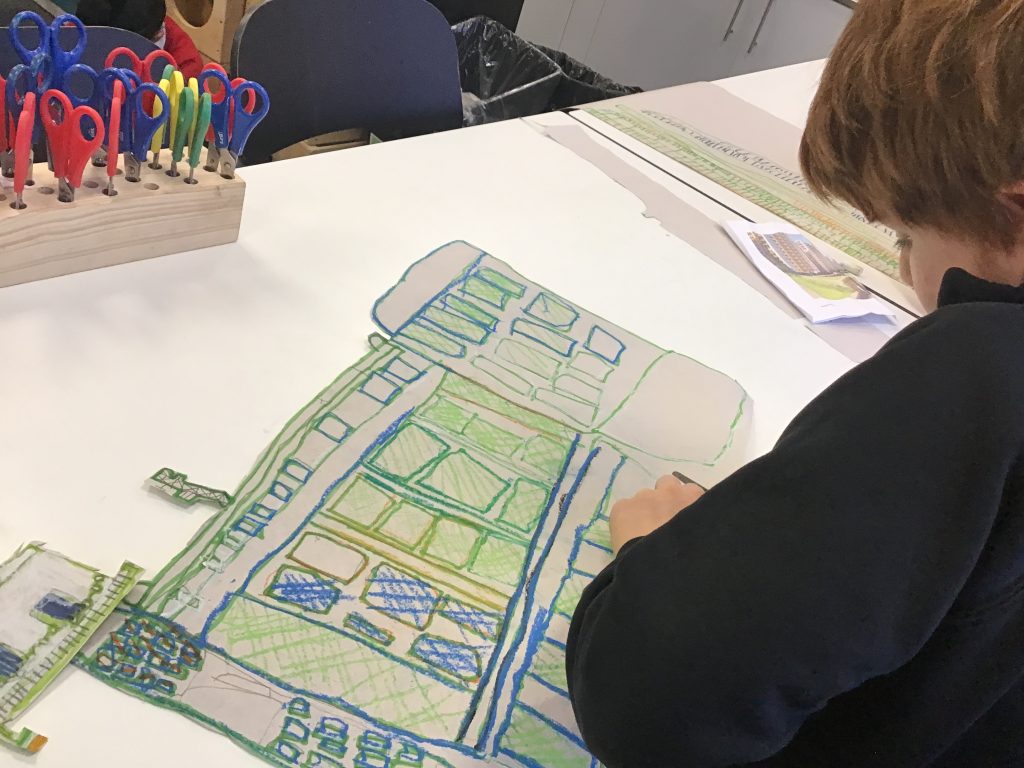
Balconies, pillars, turrets, dome roofs and steps were details that stood out once we outlined them in the colours of the Indian flag- orange, white, green and blue. We then used hatching and cross hatching to show shade and add depth. Finally, we cut out our large, impressive buildings and began to assemble the skyline.
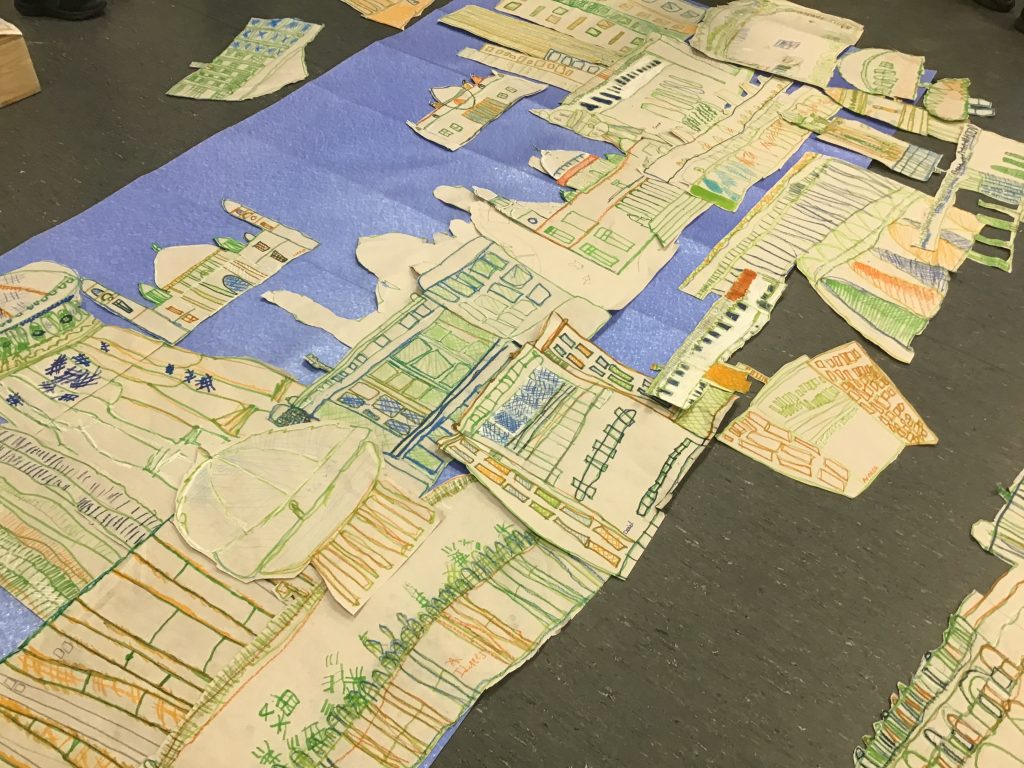
Taxis and trams, cars and buses were then added to the cityscape. This time pen was used. Again hatching and cross hatching was added to the transport.
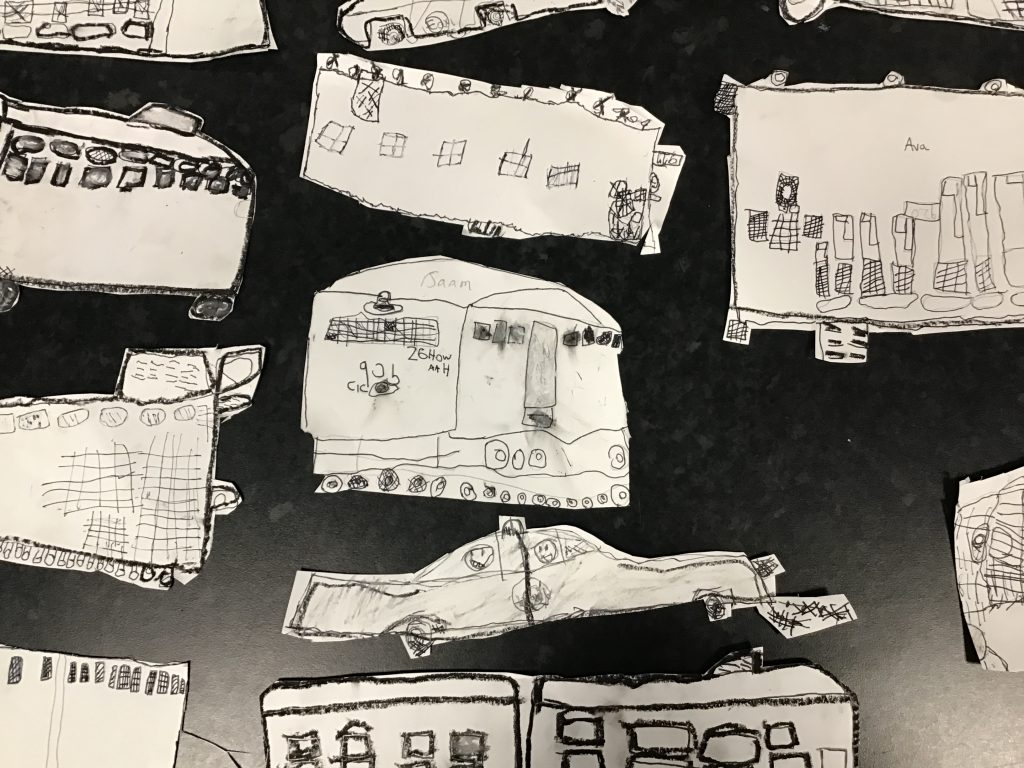
We compared Kolkata’s climate with that of our city Leeds. Whilst we have experienced heavy rain and a few sunny intervals, Kolkata’s 28 degrees Celsius has resulted in a haze. The designs for our batiks were inspired by the weather. From heavy snow to strong winds, heavy rain to sunshine, we incorporated the symbols to our imaginative designs.



Carefully, 2D used hot wax to ‘paint’ on our designs. This is the barrier that prevents the dye from bleeding and or spreading where it is not wanted. I was so impressed to return from the ‘Harry Potter Trip’ and walk into the studio where an array of batiks lay.
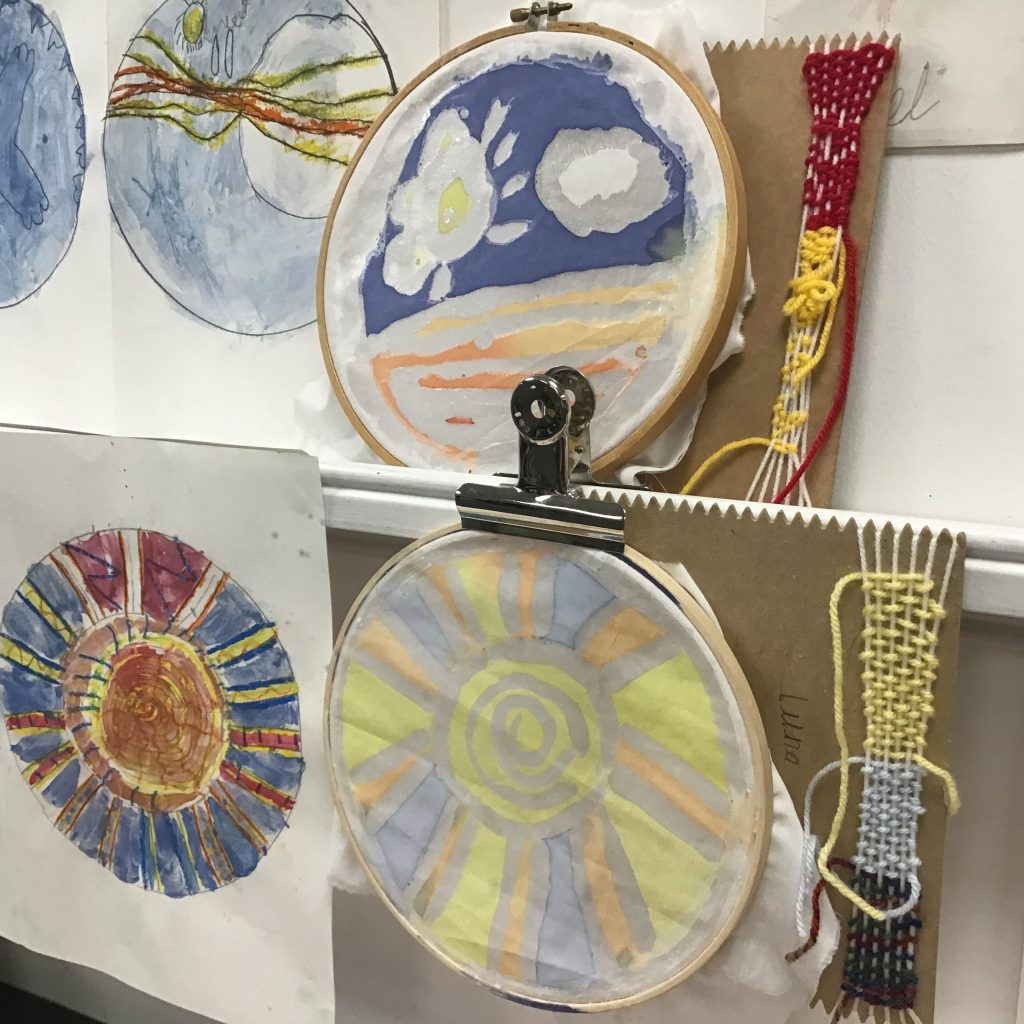
2D’s weavings also shared the colours of the weather. Along with ’loom’, they were introduced to the vocabulary of ‘warp’, ‘weft’ and ‘yarn/wool’. A needle was used to take the wool under and over the warp. We learnt that we threaded the wool through the ‘eye’ of the needle. To grasp the skill of weaving, ribbons and lengths of felt and lace were pulled under and over across the metal ‘warp’.
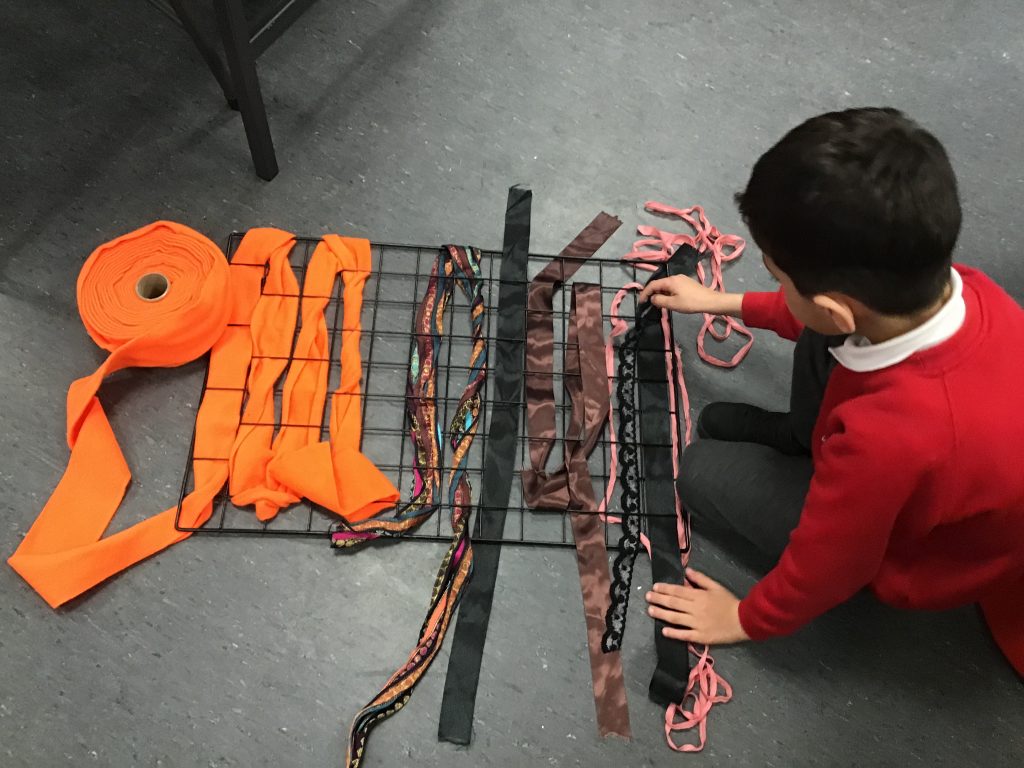
To grasp India’s Monsoon season, Miss Patchitt choreographed a dance with 2D. I personally loved how they portrayed the strong wind-very dramatic! This performance was enjoyed by the parents/interested adults of 2D, who were an appreciative audience at Friday’s art celebration.
As the photographs in the art studio show, 2D’s artwork was appreciated as was spending time creating together.



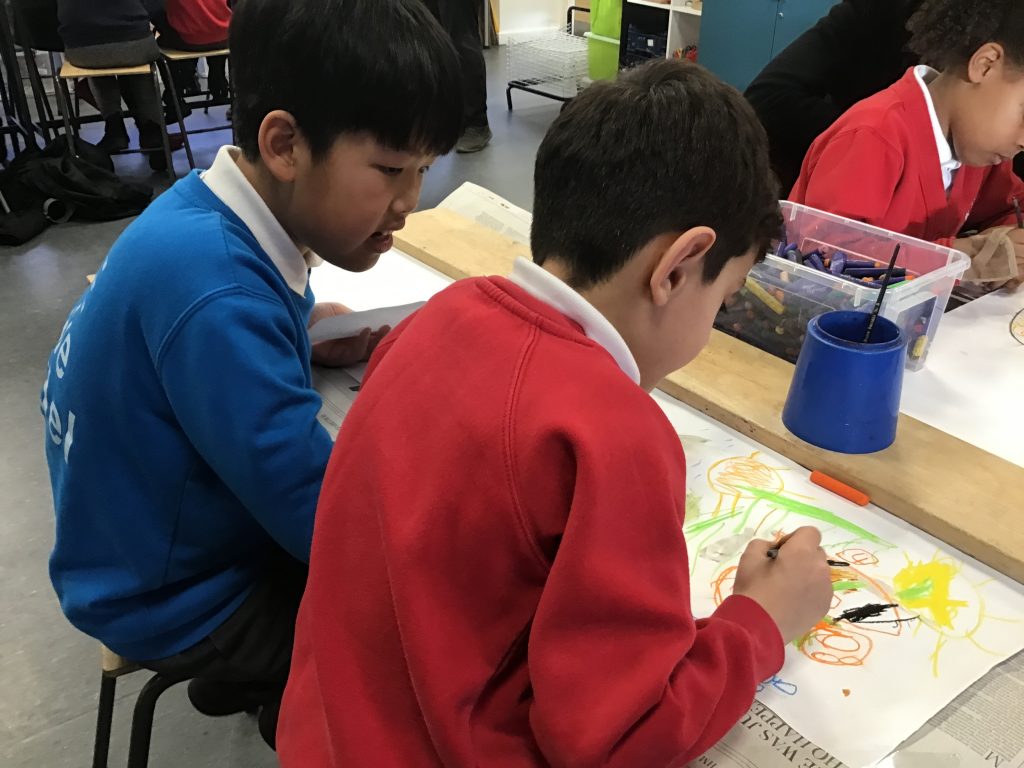

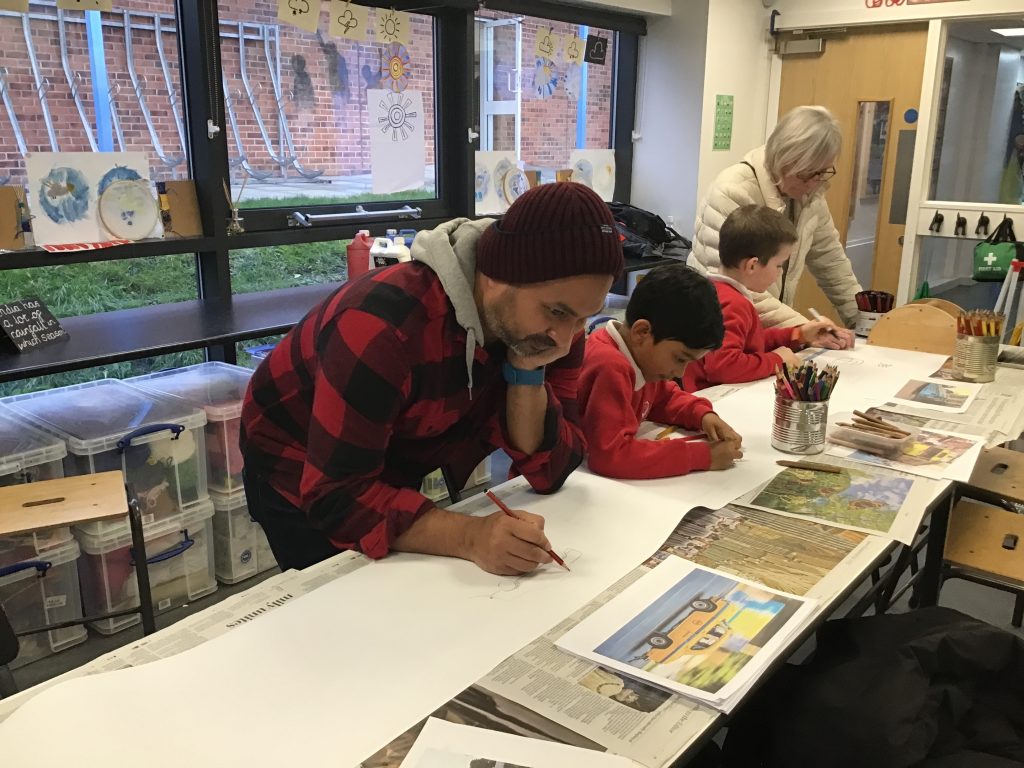
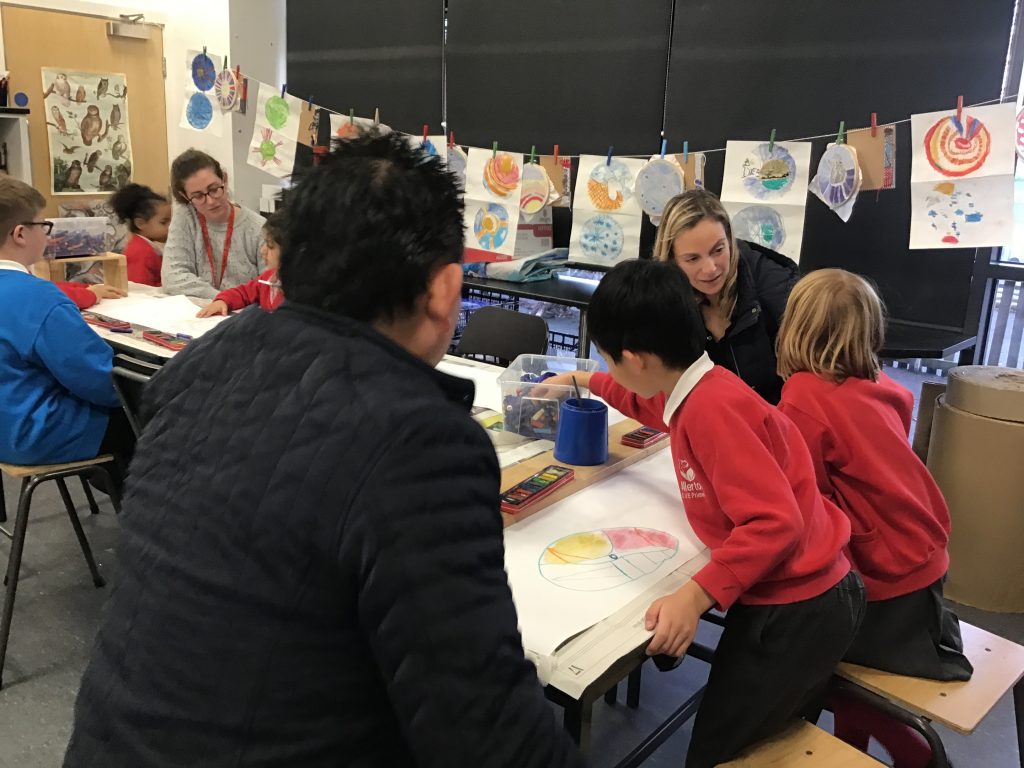
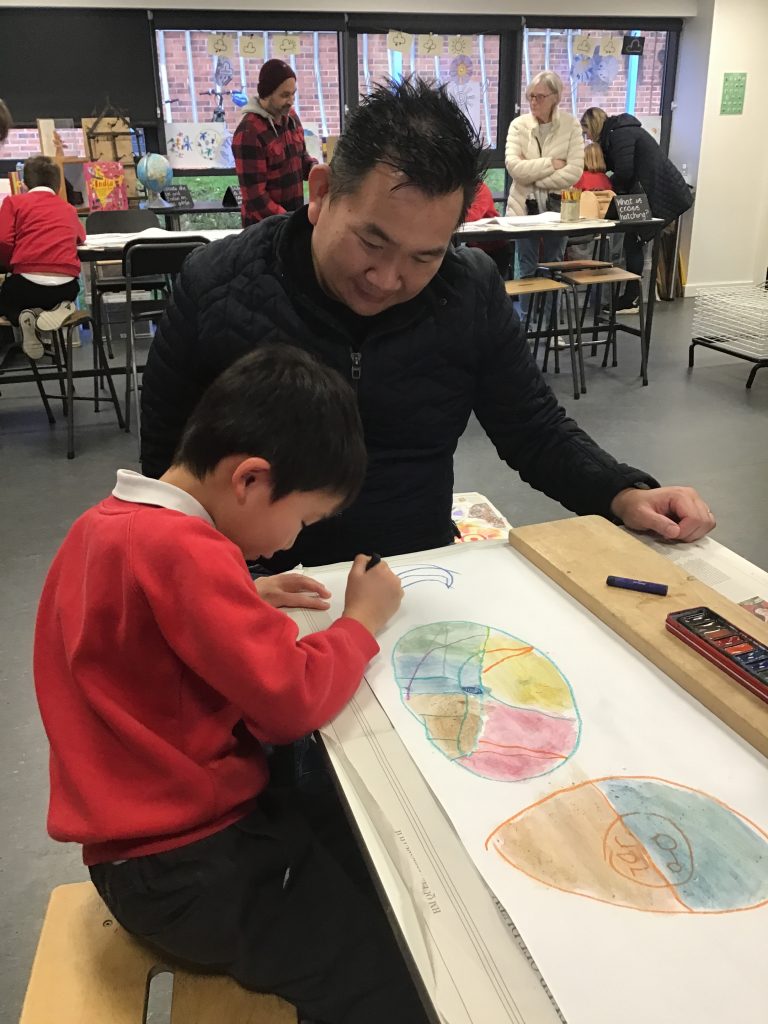

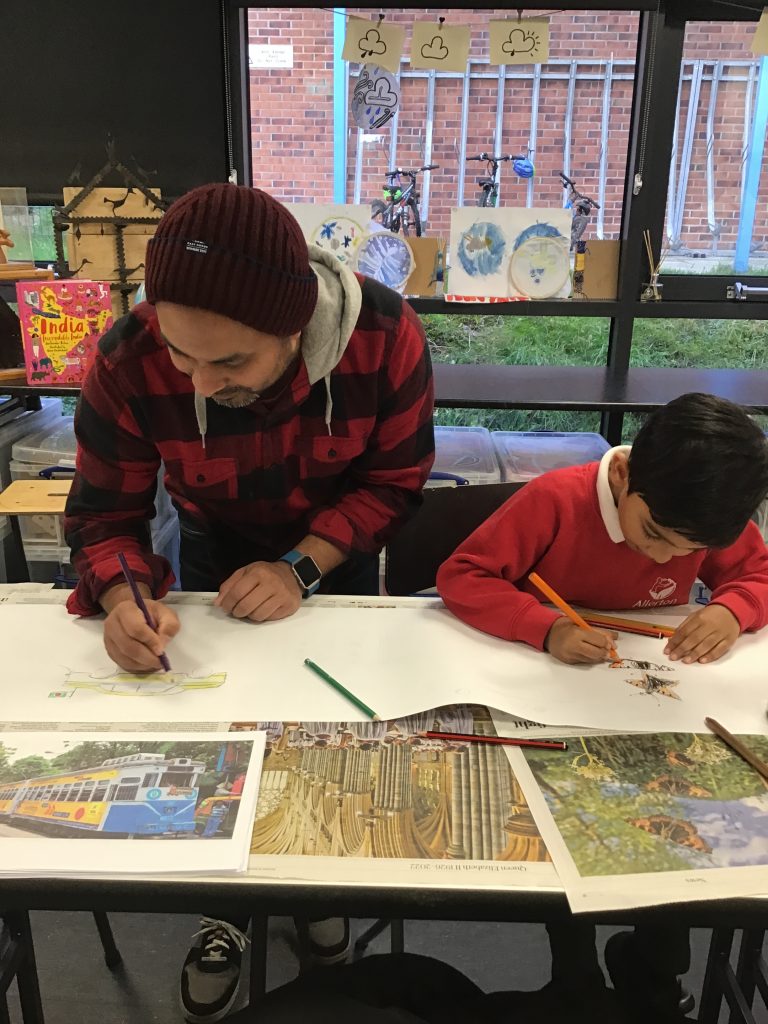


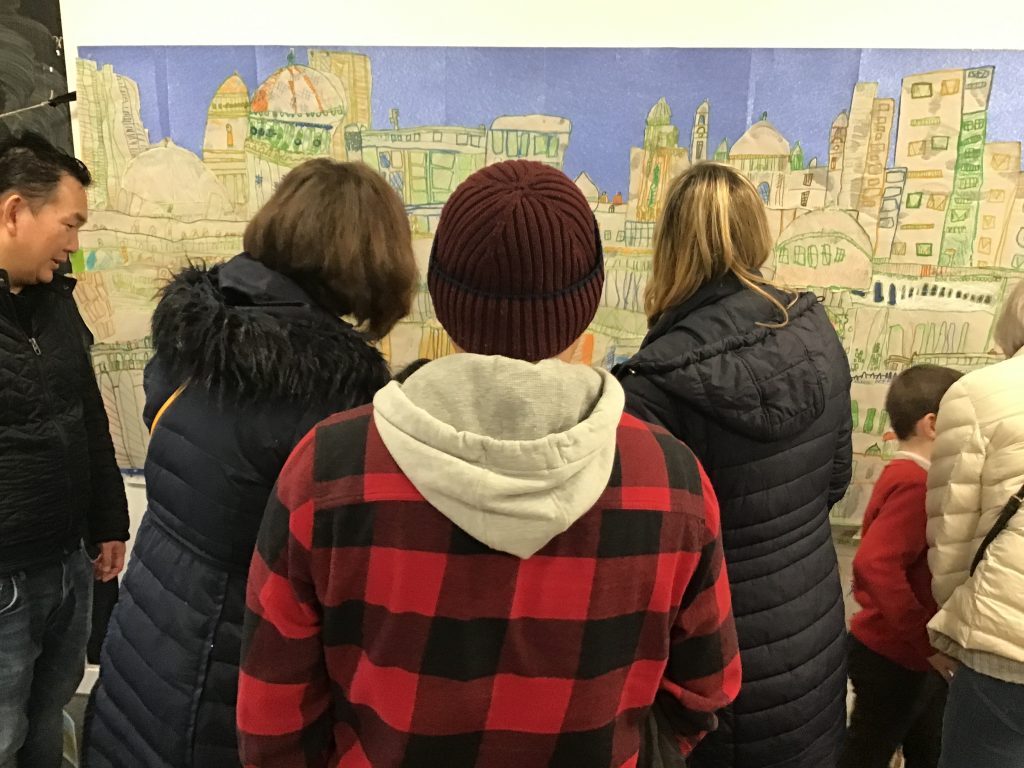
Thank you to the parents, grandma’s, aunties and three of our Year 6 role models for taking the time out of your day to share in 2D’s learning journey. Your feedback was truly wonderful to read and now share!
‘I enjoyed seeing the artwork and how the children dance. A very inclusive afternoon. Very informative.’
‘It was lovely to be back in the school and see what the children have been doing in their arts fortnight. It looks like they had lots of fun in their learning. Matthew was very excited and keen to share it with us.’
‘It’s a very good opportunity to know more about the school life of the kids. The dance show is fantastic. Well done to all the kids. Good show!’
‘It was an amazing afternoon. It’s nice to spend time with my kid (drawing and painting). Thank you for this great opportunity!’
‘Really enjoyed the Indian themed dance. The coordination and team effort was exceptional. Also, the quiz was definitely a tester…’
‘It was lovely to see how much the children enjoy doing their work. The library and art department are amazing and making a paper mini-me took me back to my childhood!’
‘Leaving work early to come and see amazing dancing and to colour and draw with Gryff-smashing!!’
‘We did enjoy the quiz in the library. Art studio amazing. We had a great time.’
‘I enjoyed the whole afternoon. It was lovely to see all the different things that Ava has been learning.’
‘Well organised. Lots of effort for the art celebration preparation. Kudos to entire team!! Excellent, we want to see more of these each term, each year.’
‘I really enjoyed visiting Isaac’s class and to see his art works in the art studio.’
”We really enjoyed today, especially the Bollywood dancing. Amazing effort by all the children.’
‘I have enjoyed the art celebration. All the kids did so well with the dance.’

